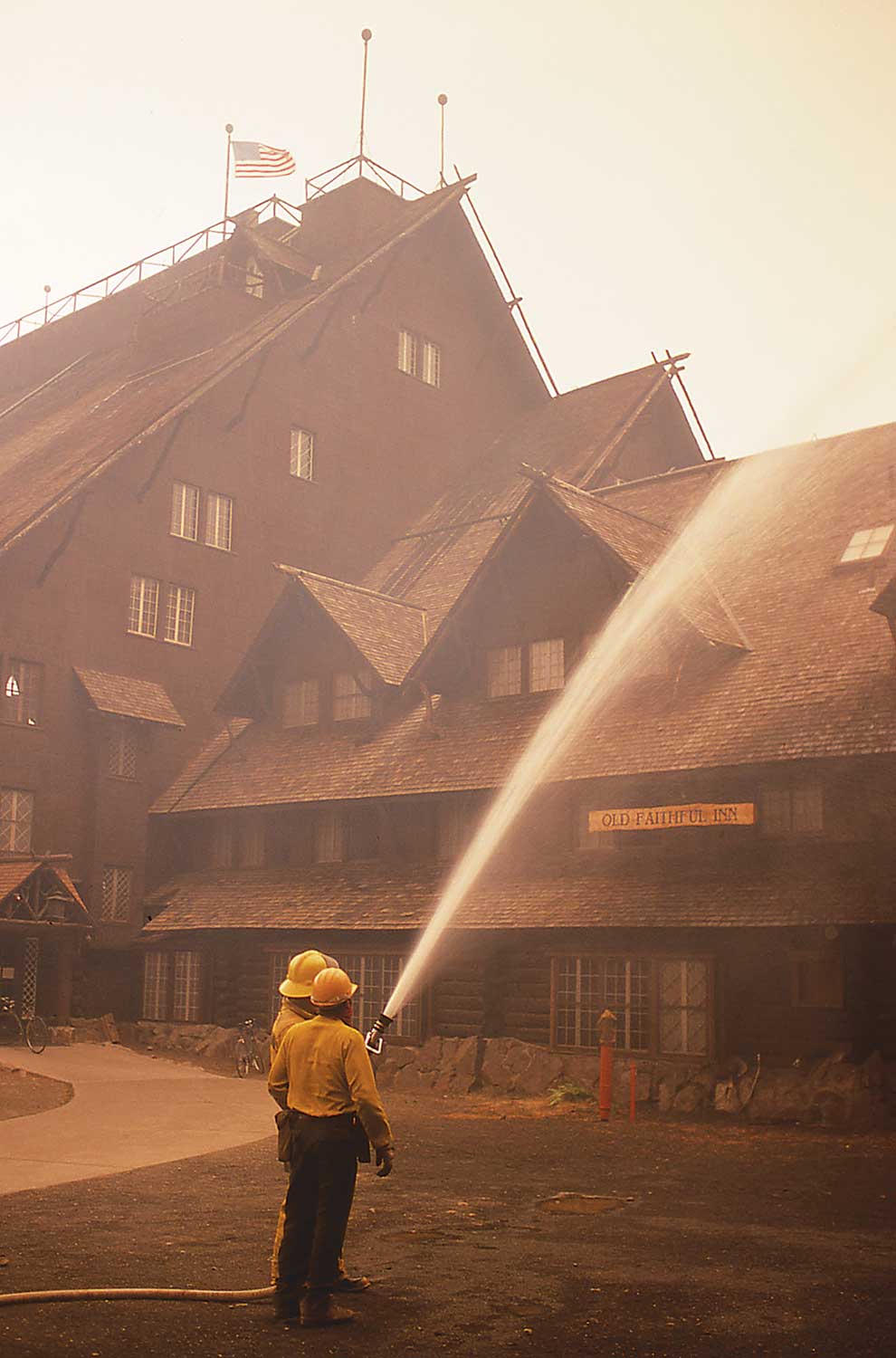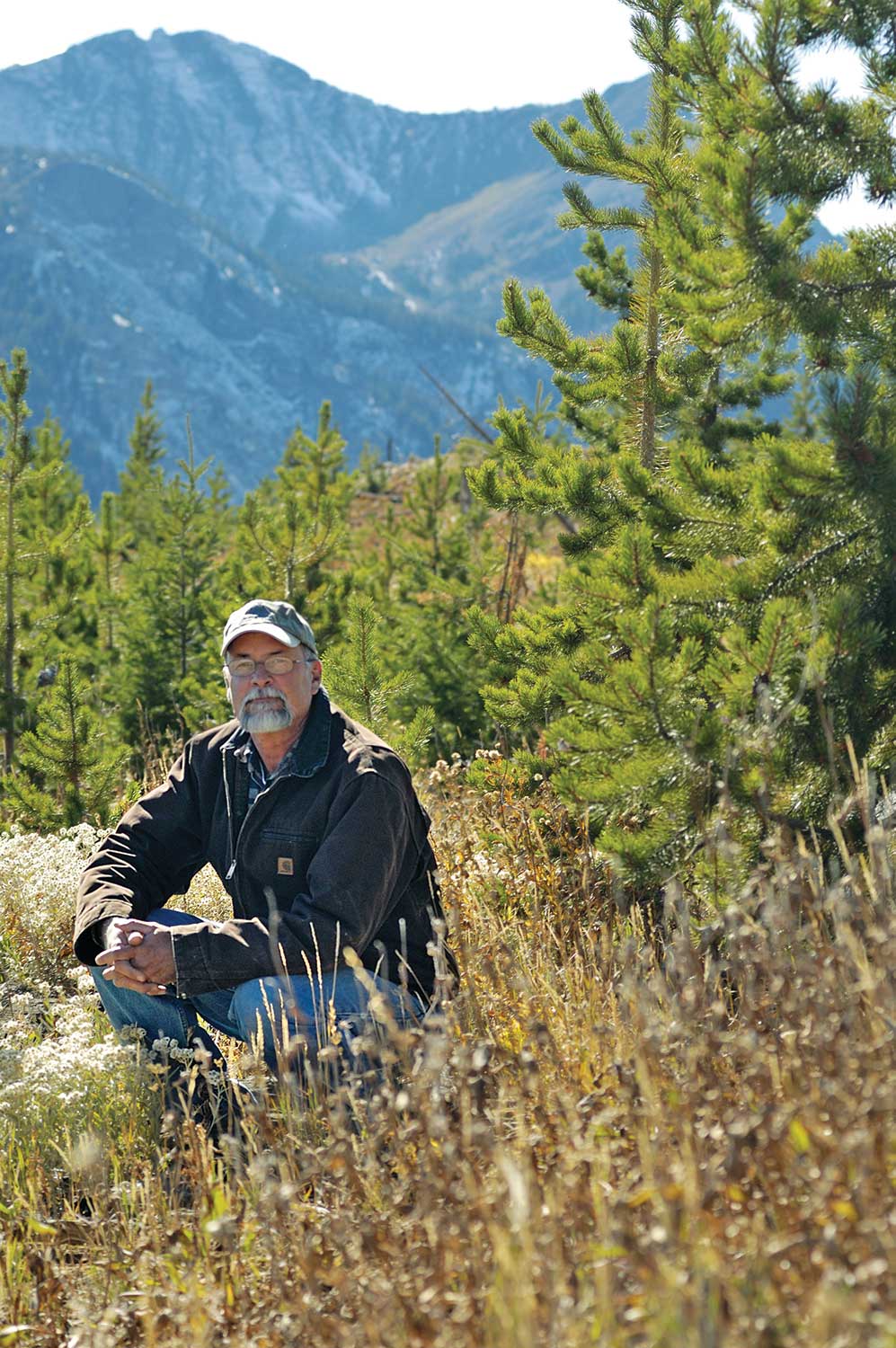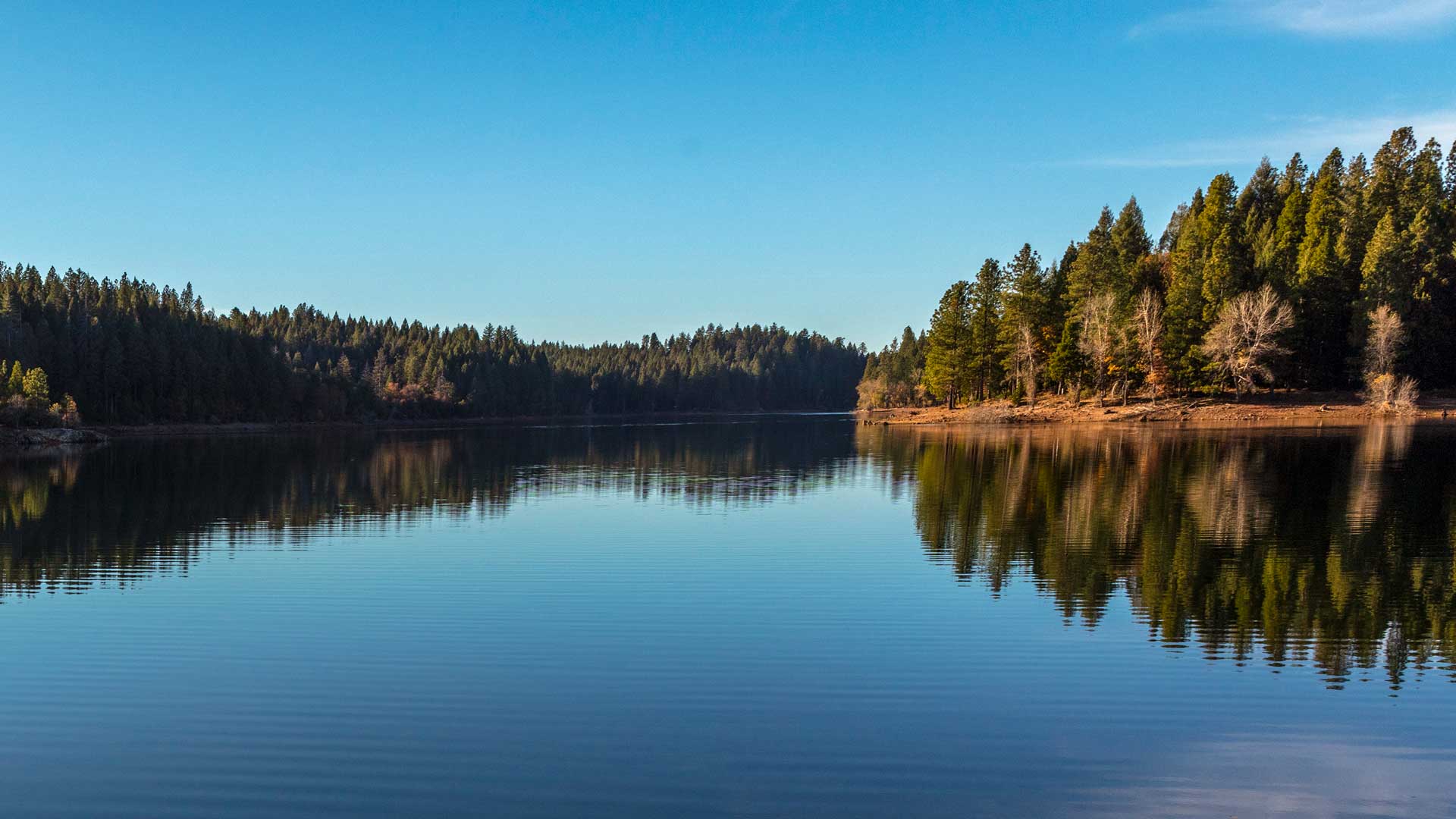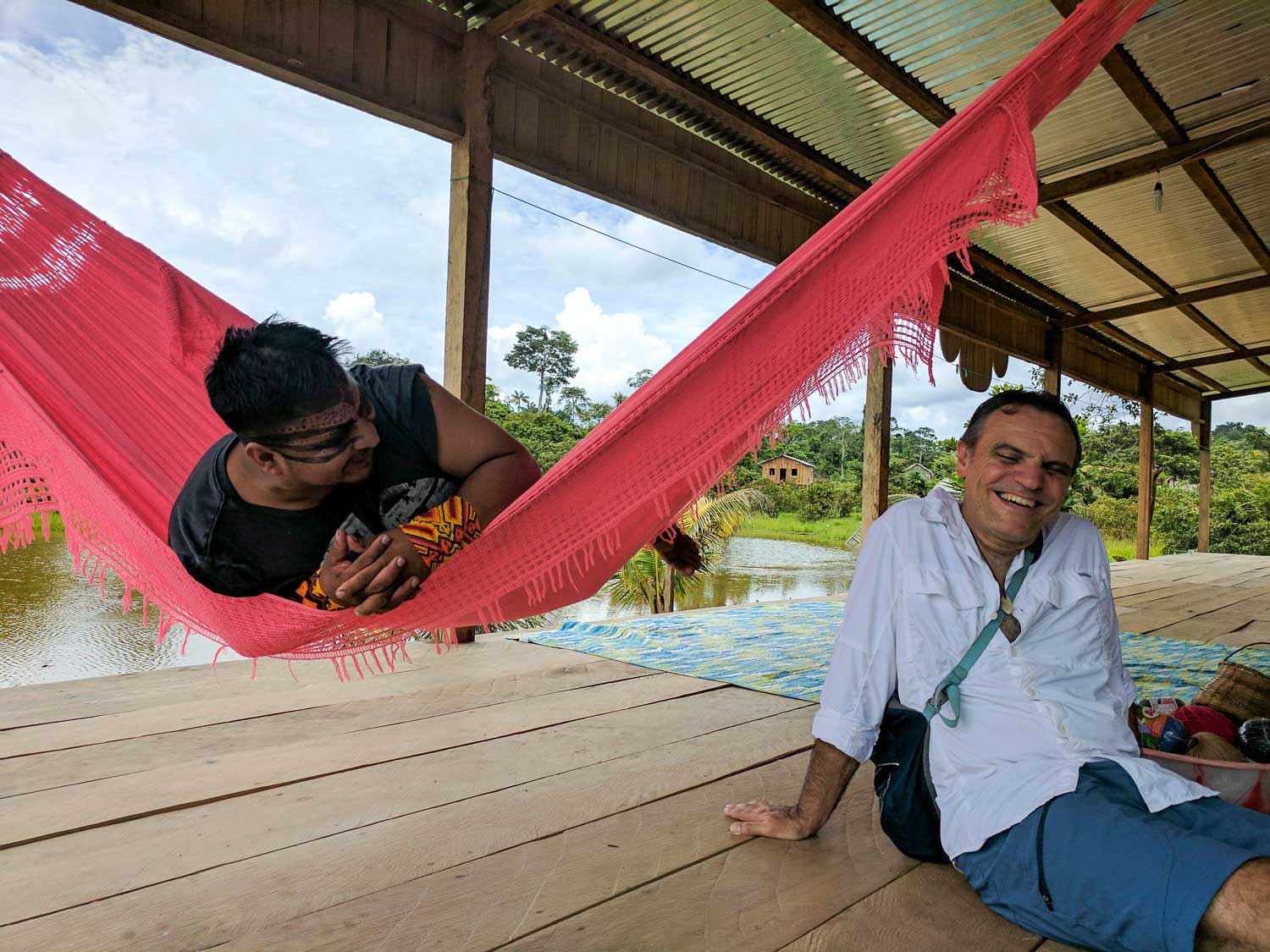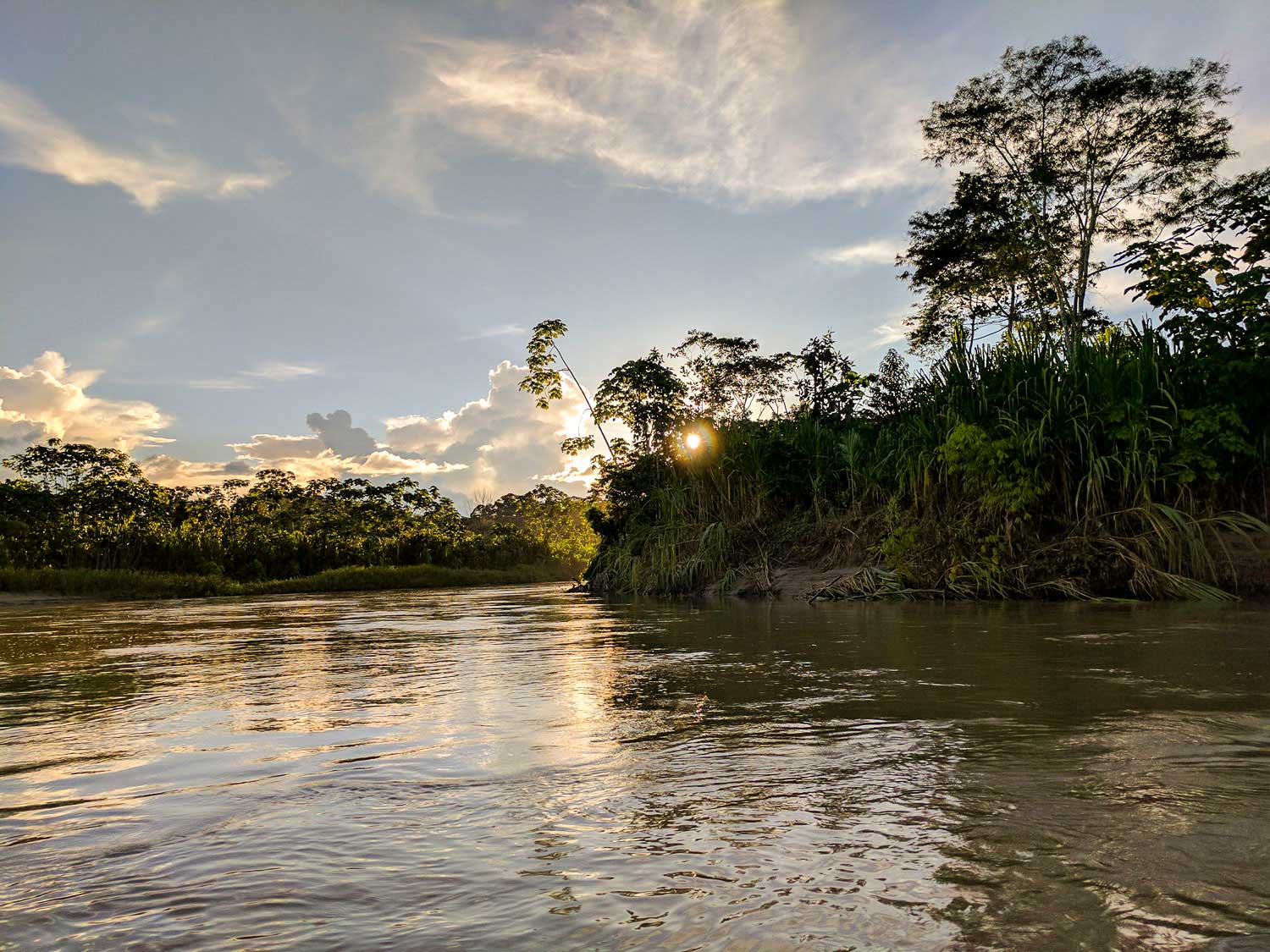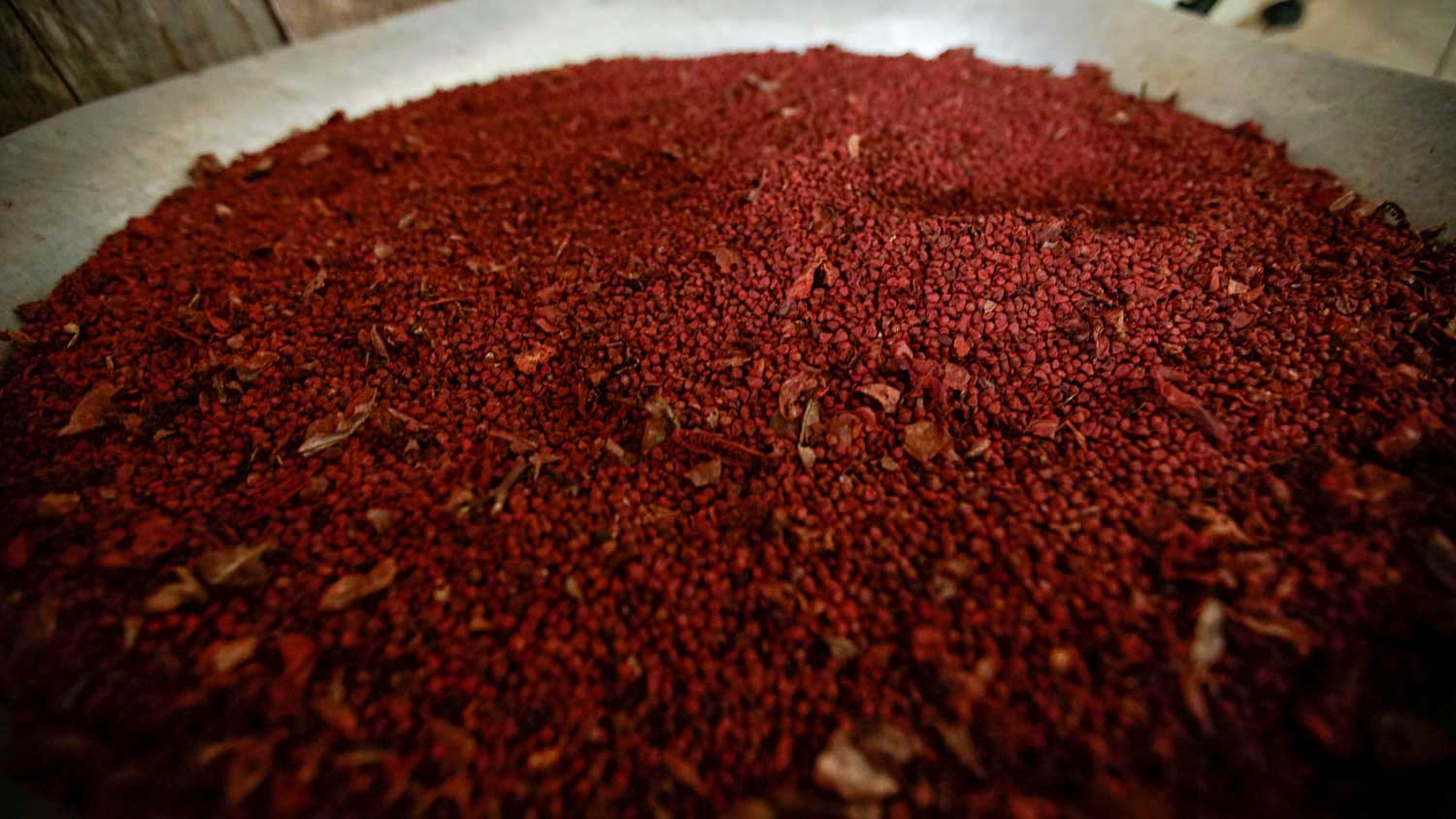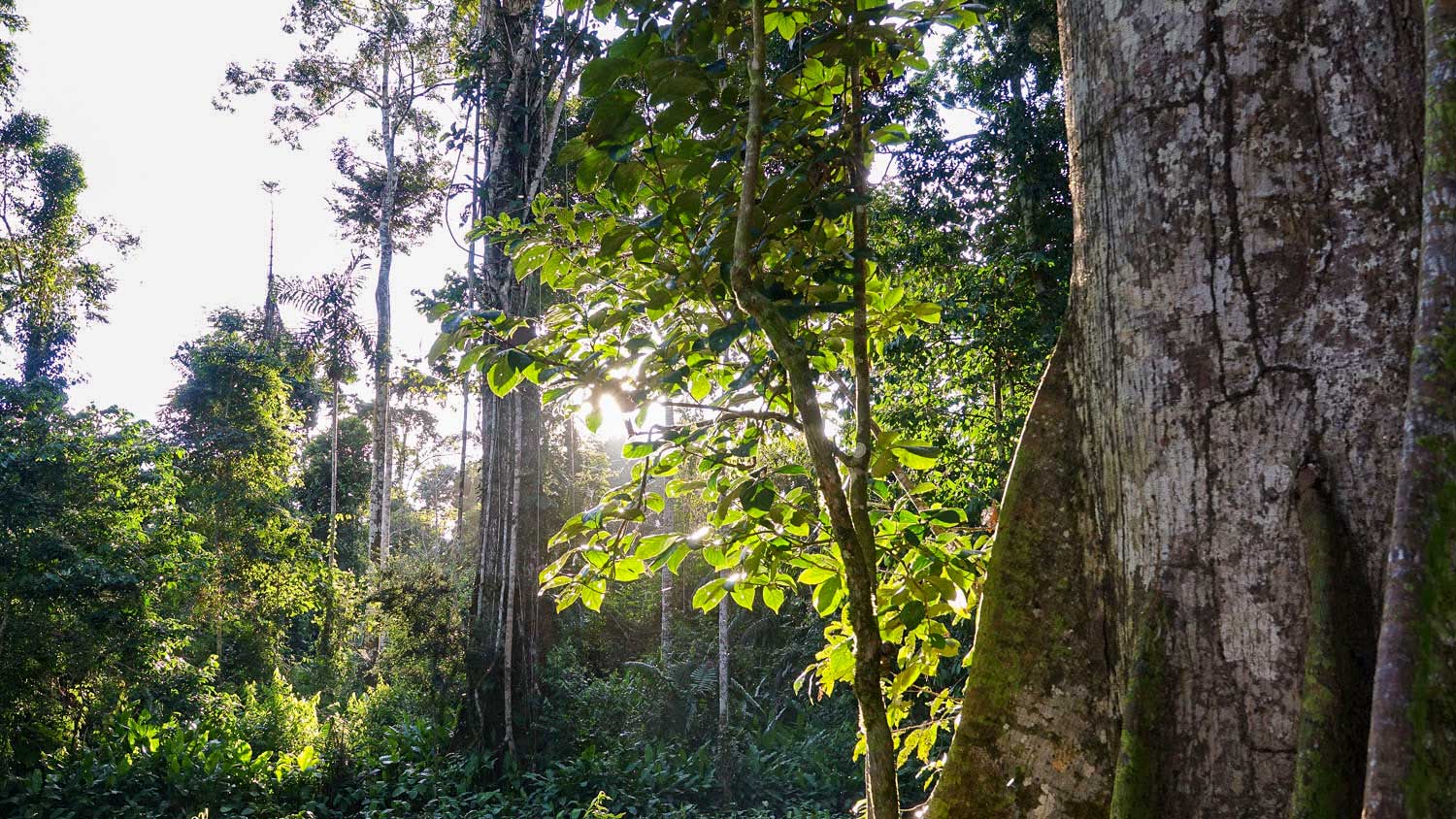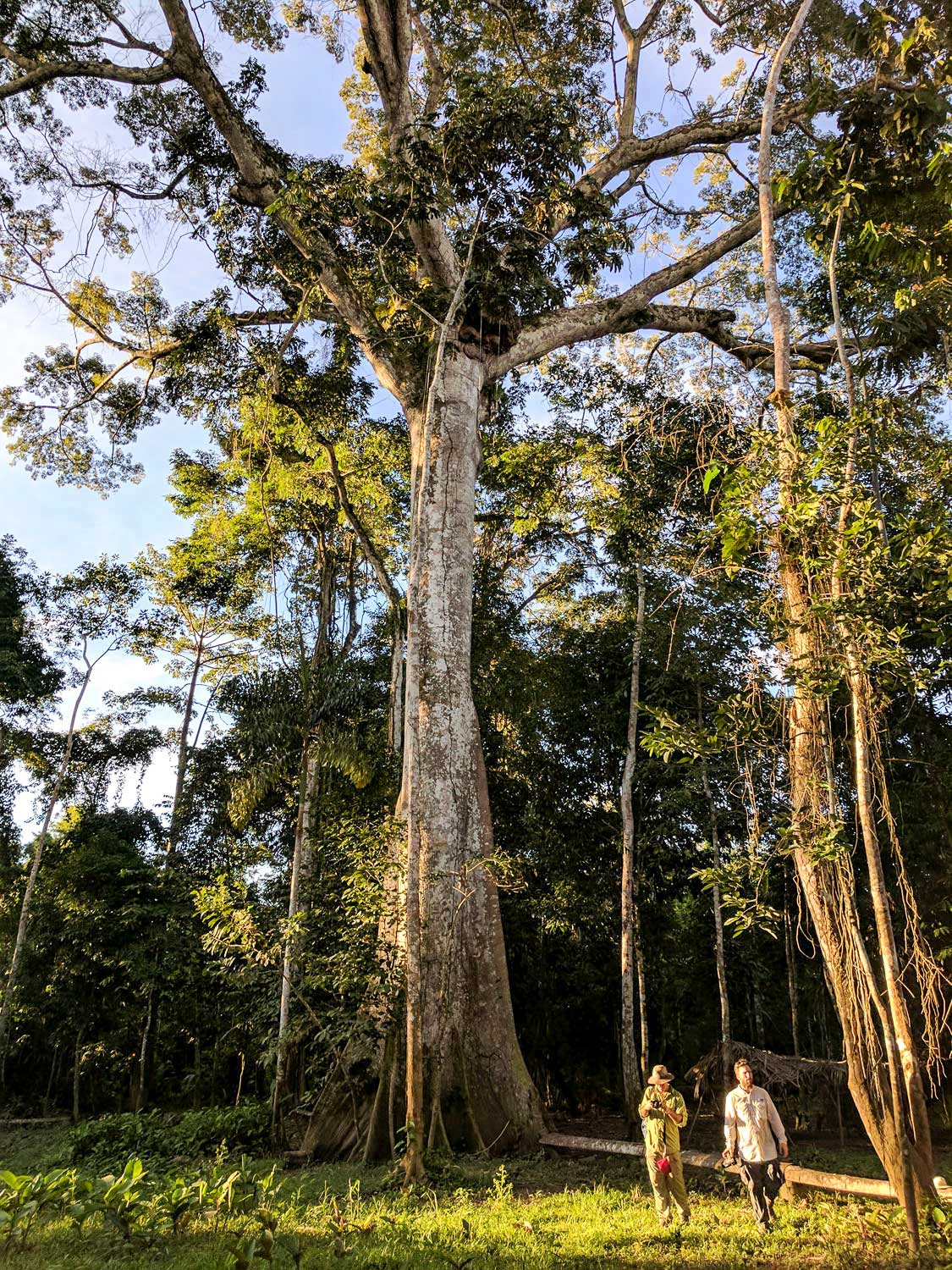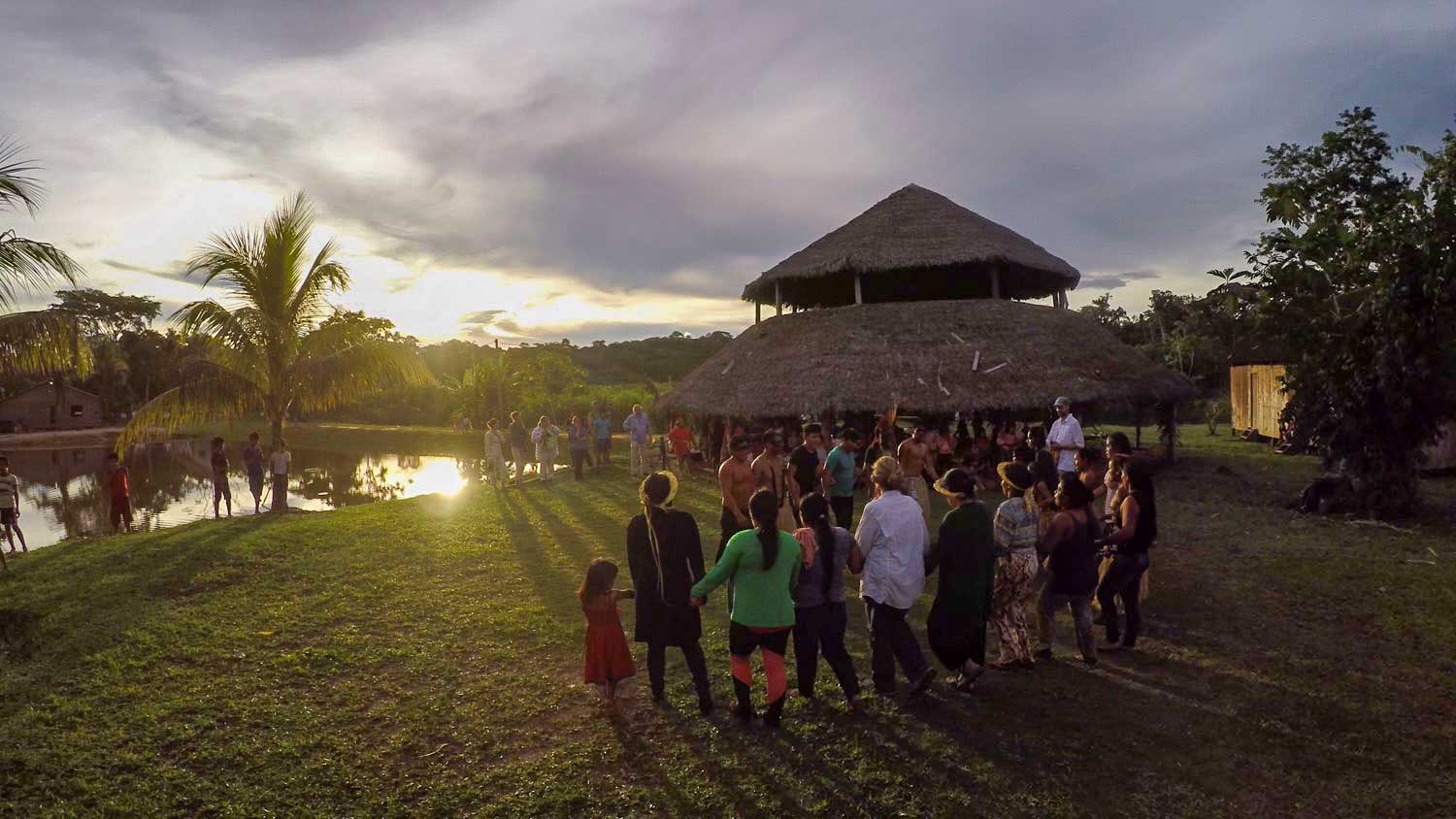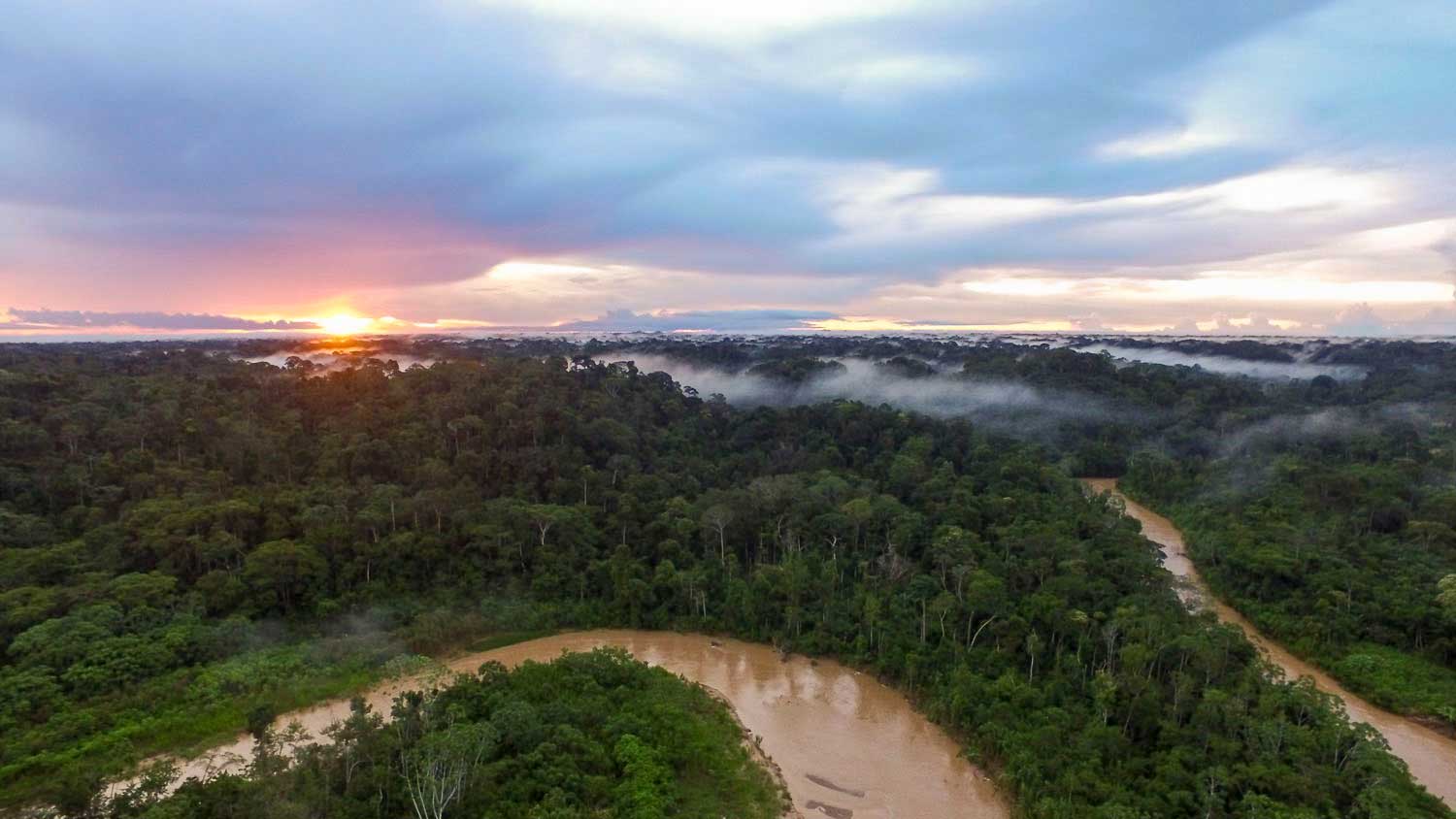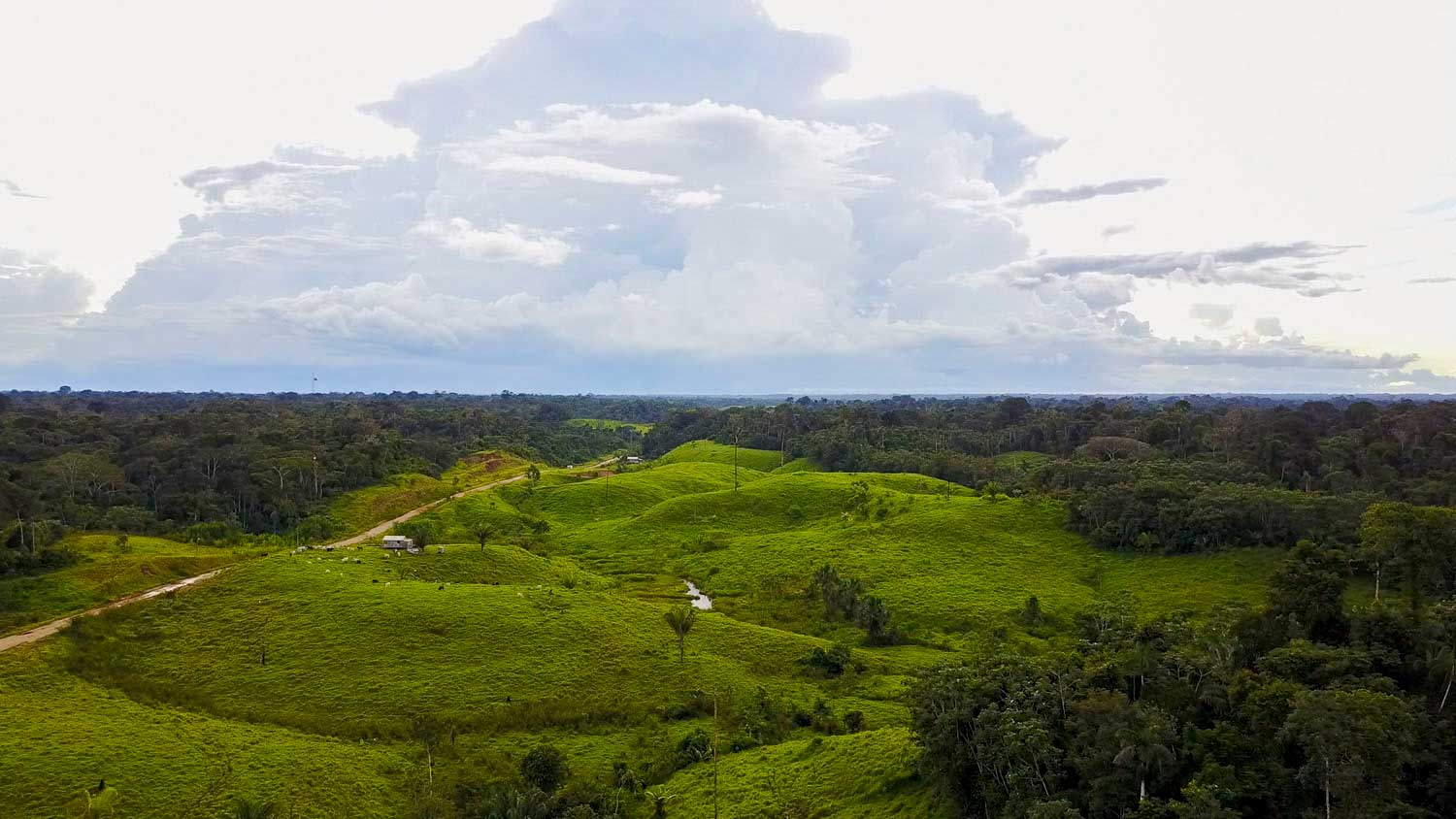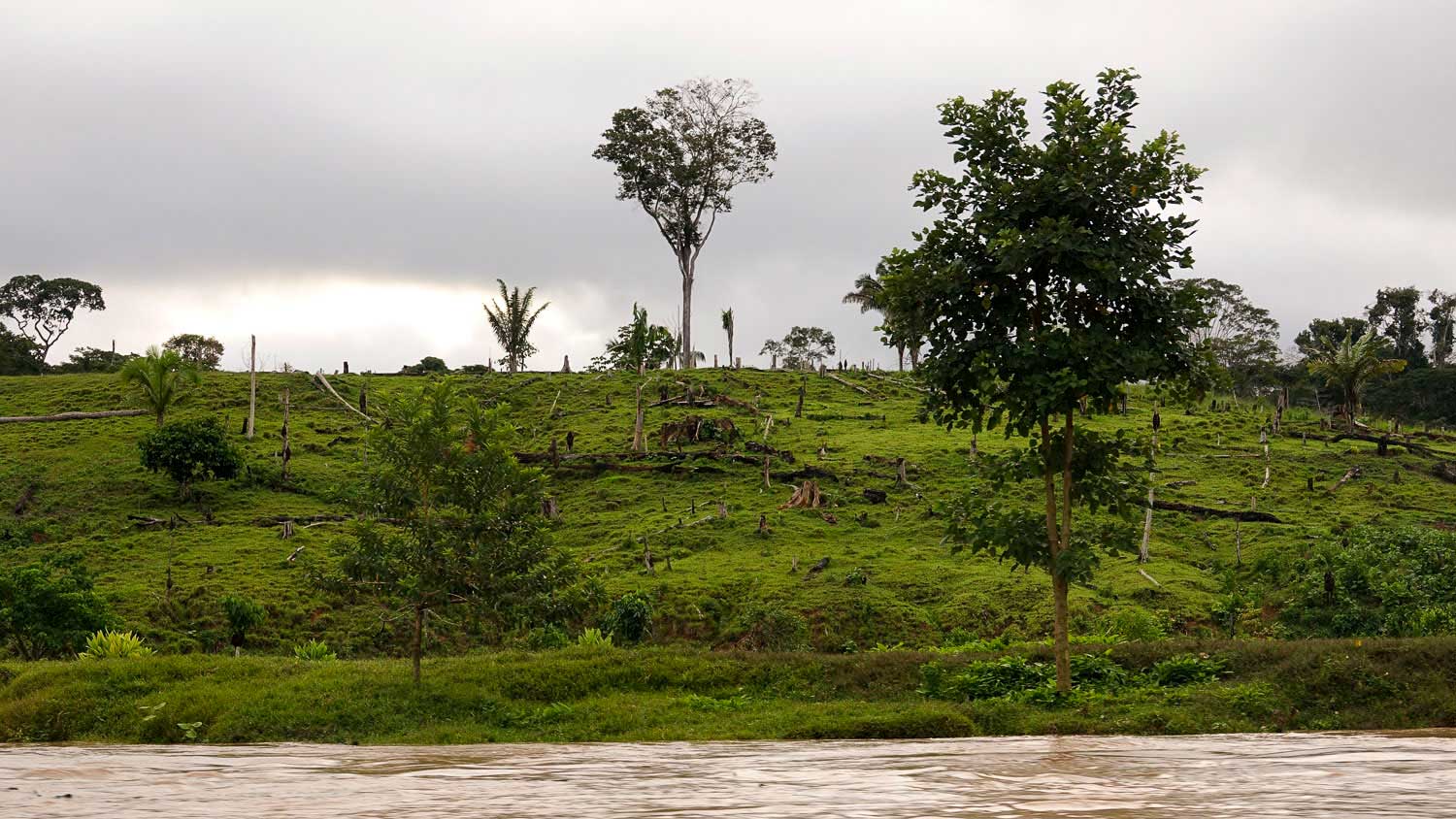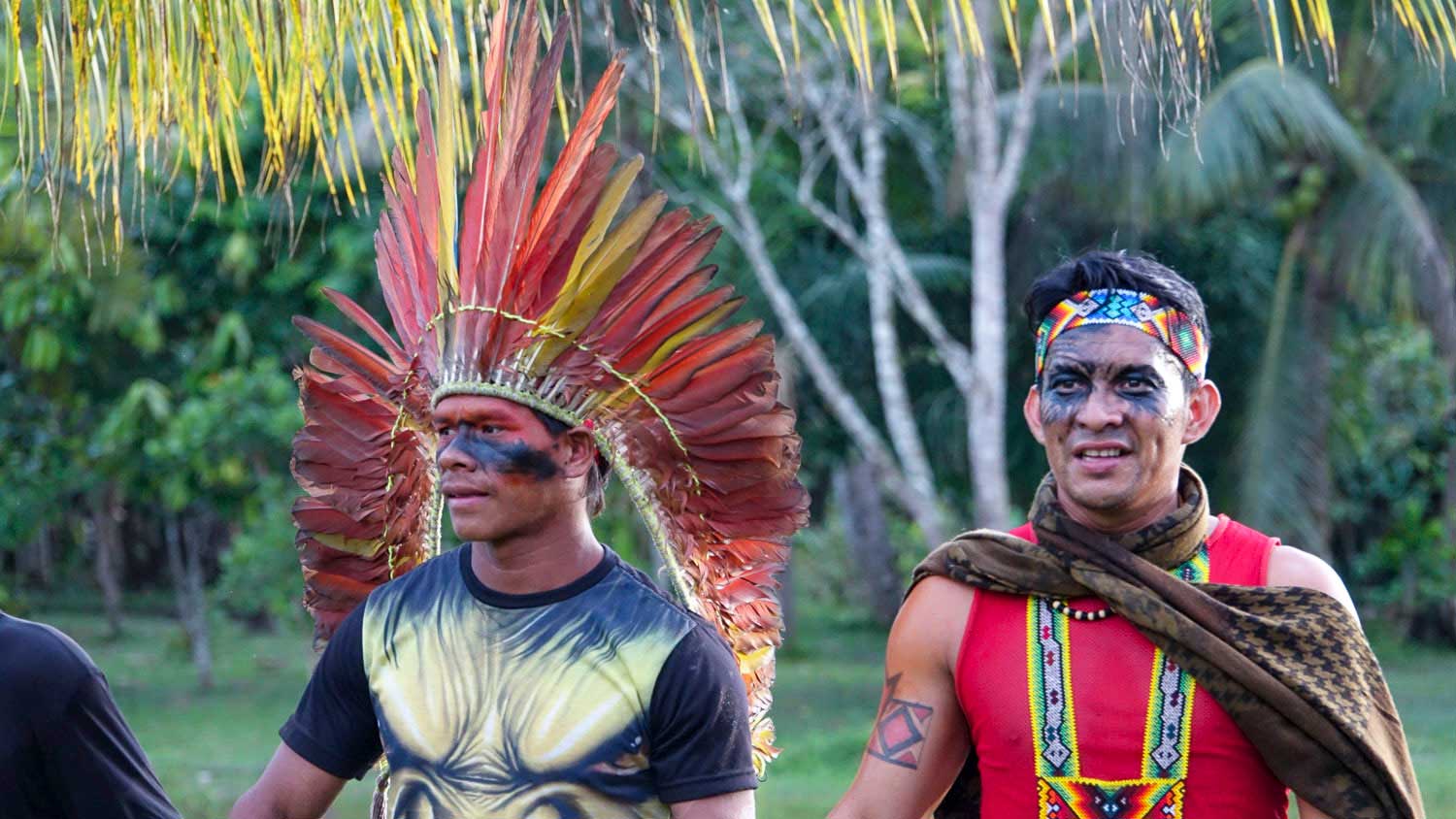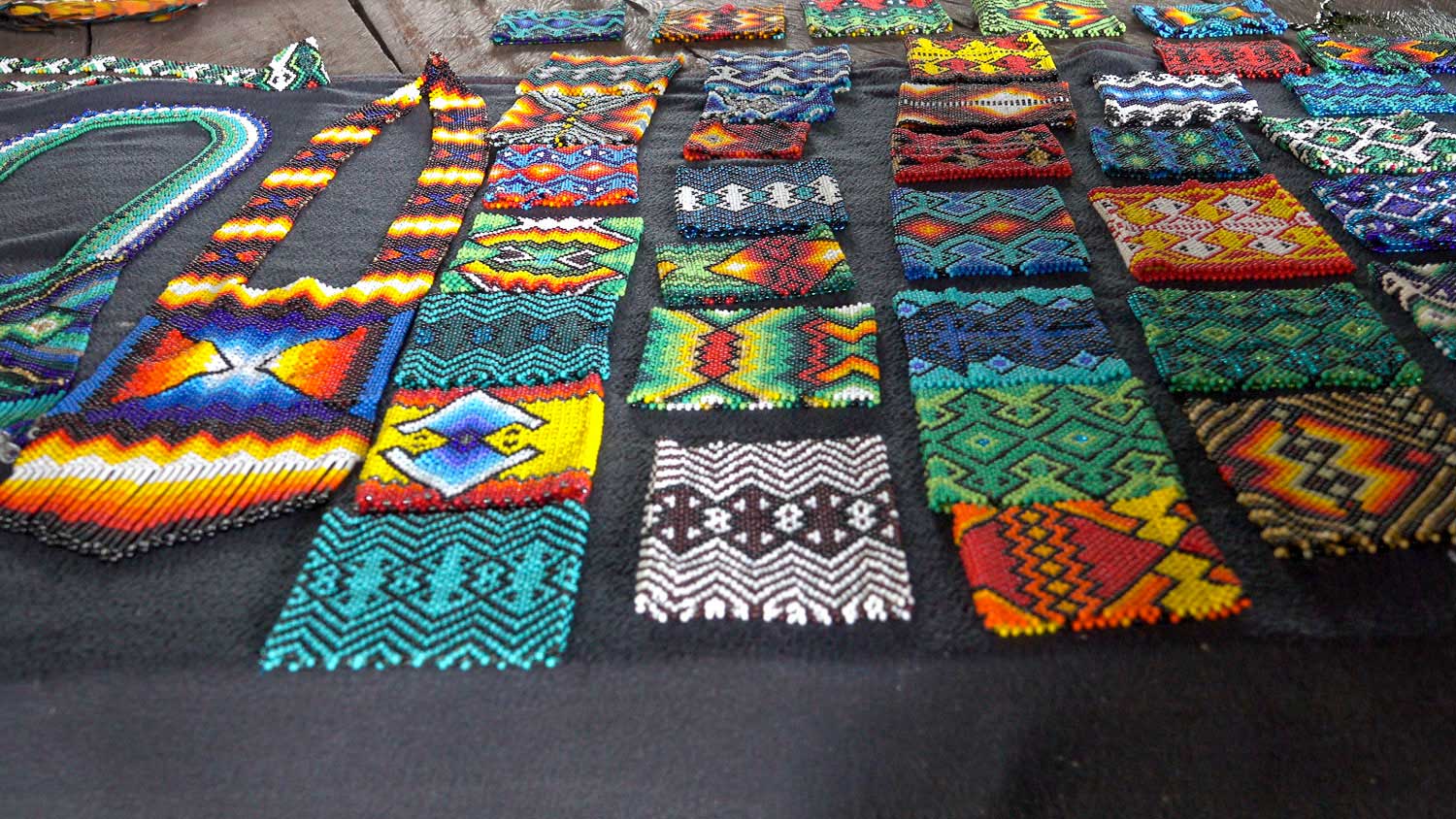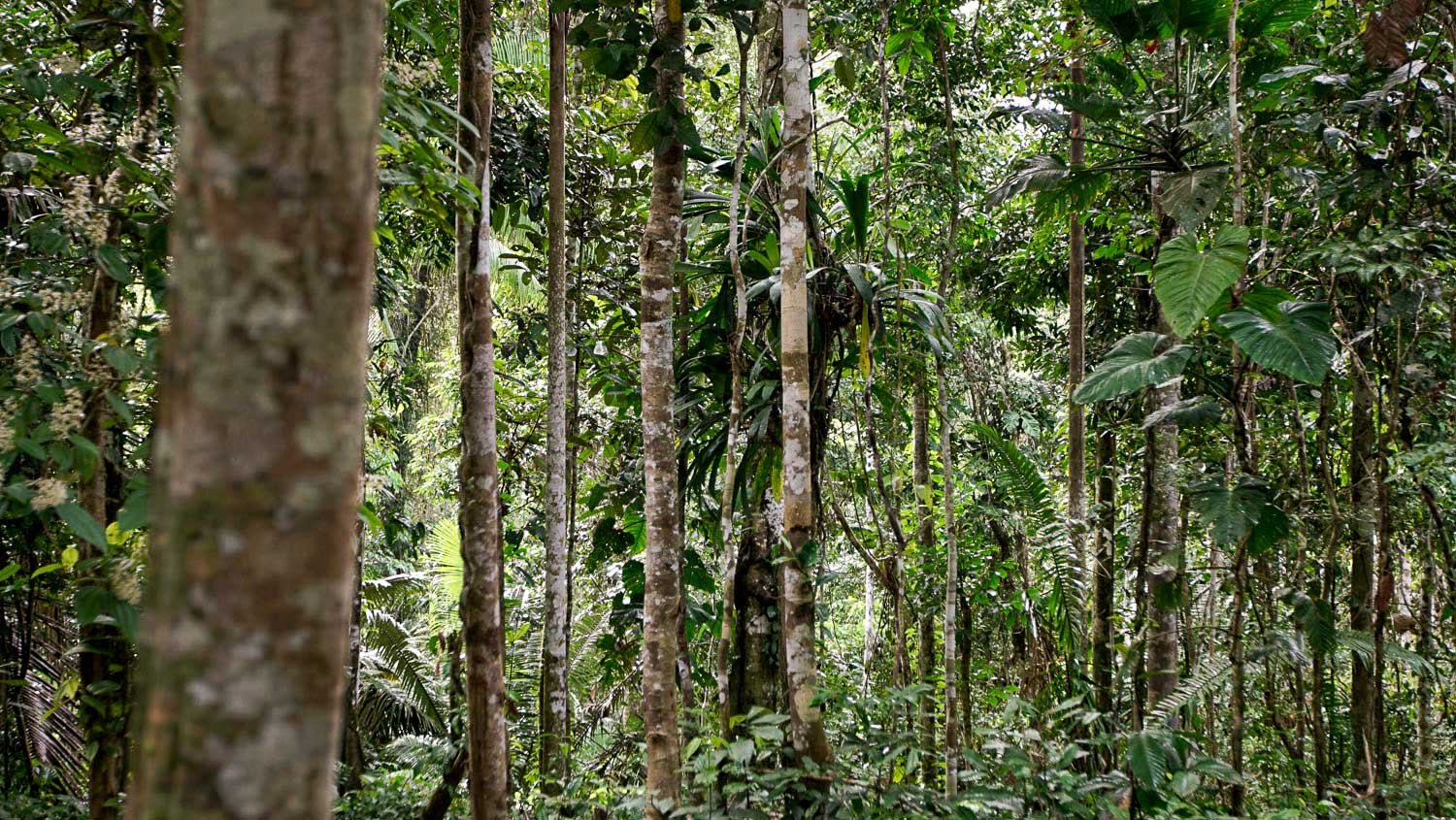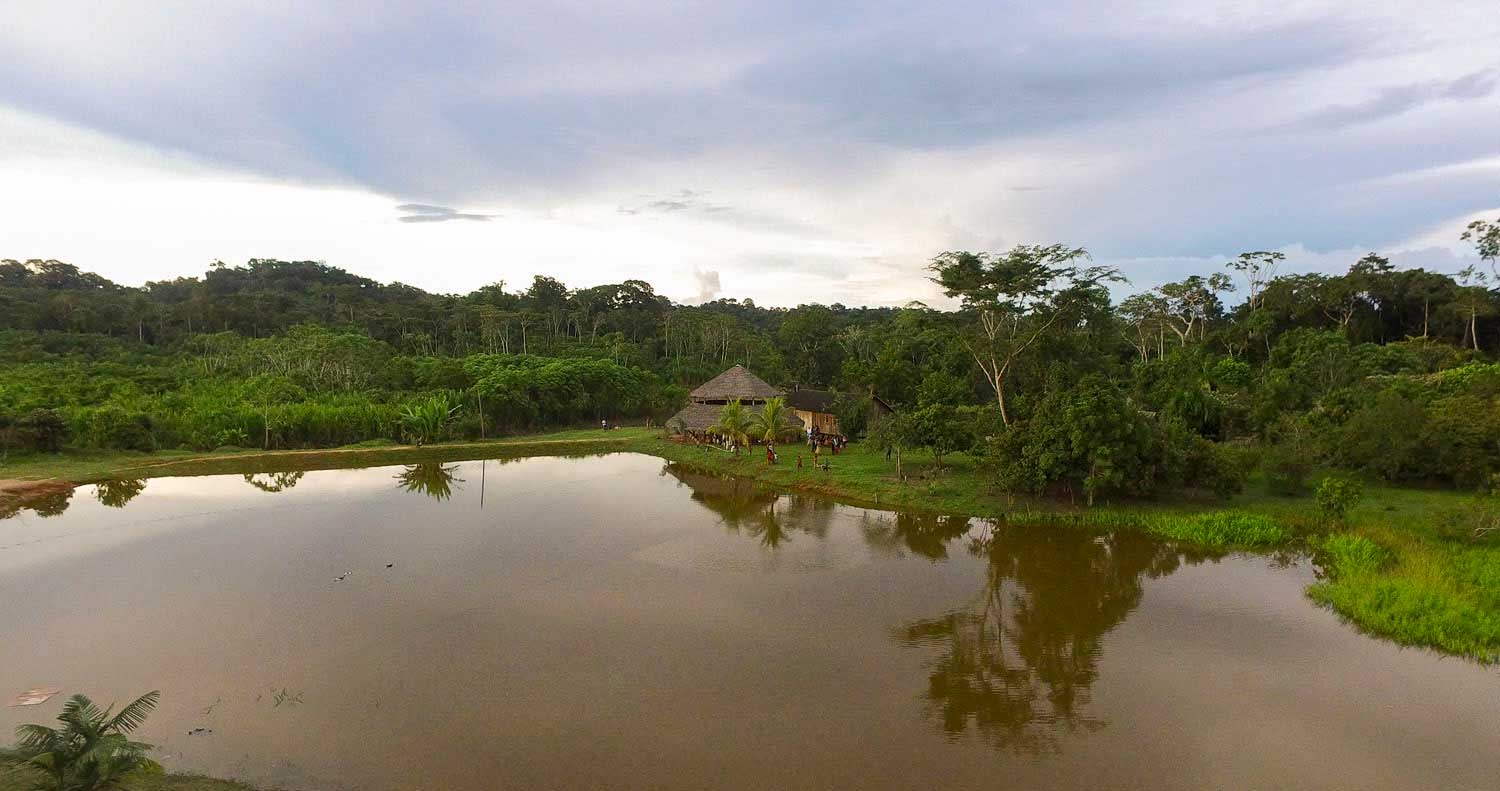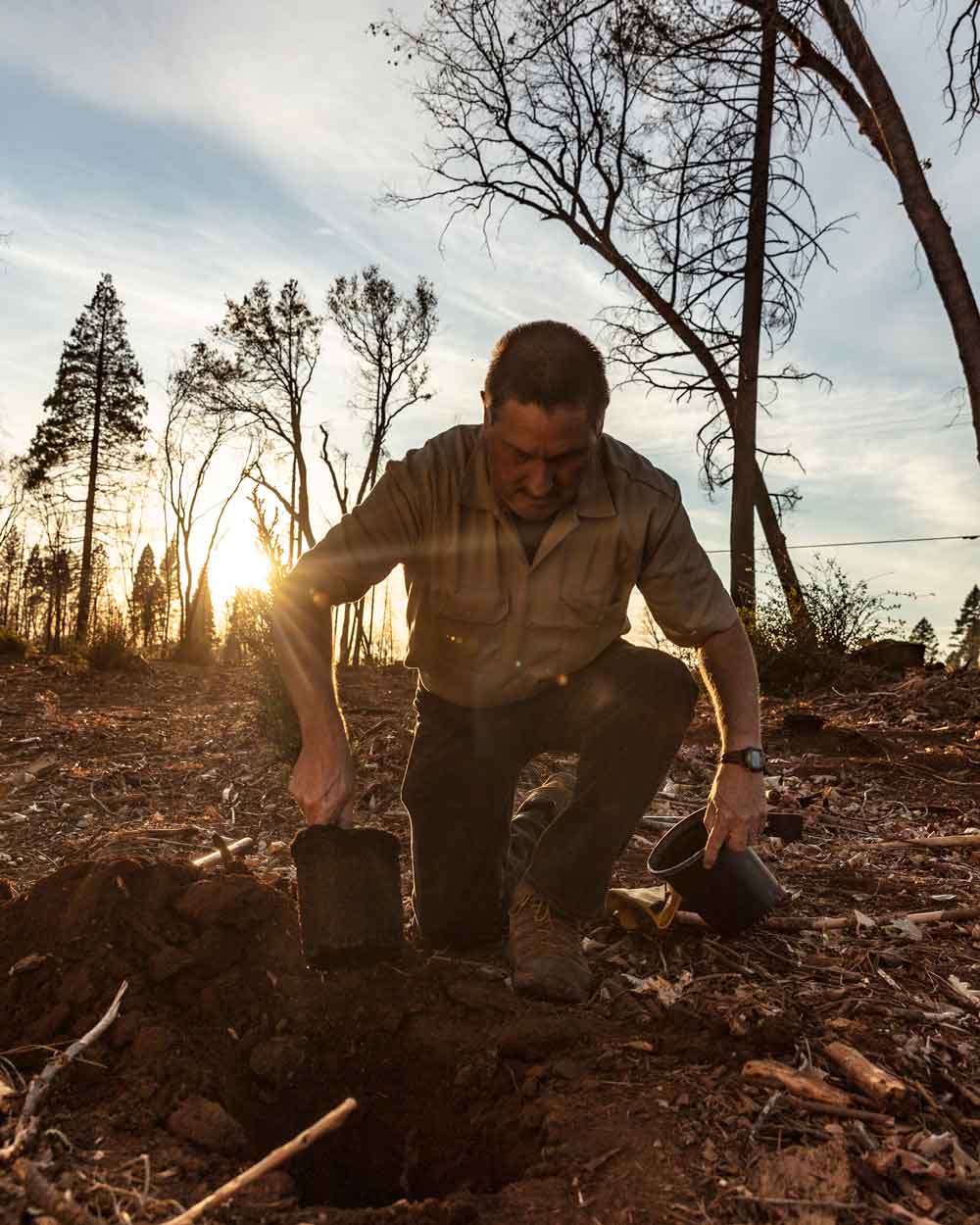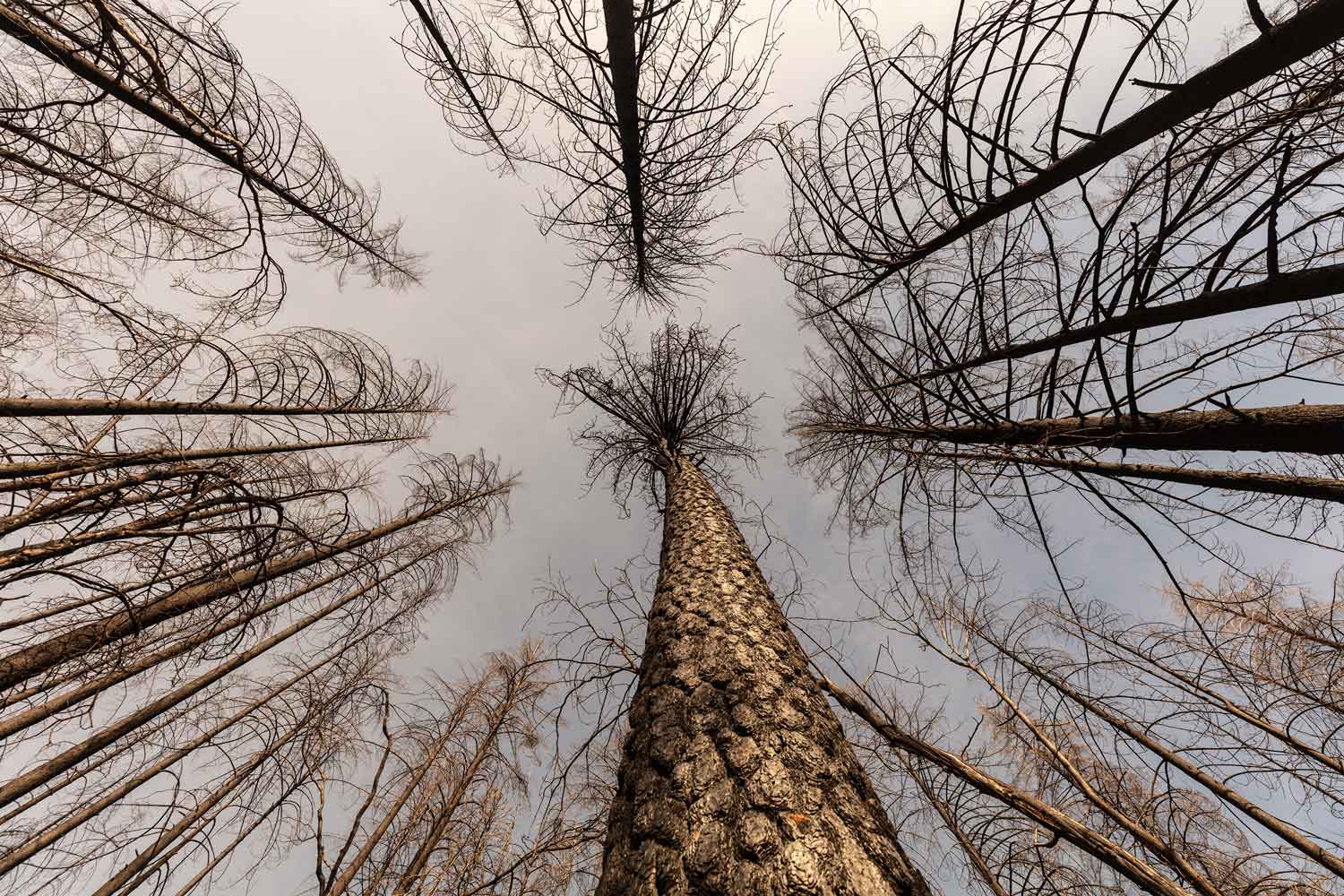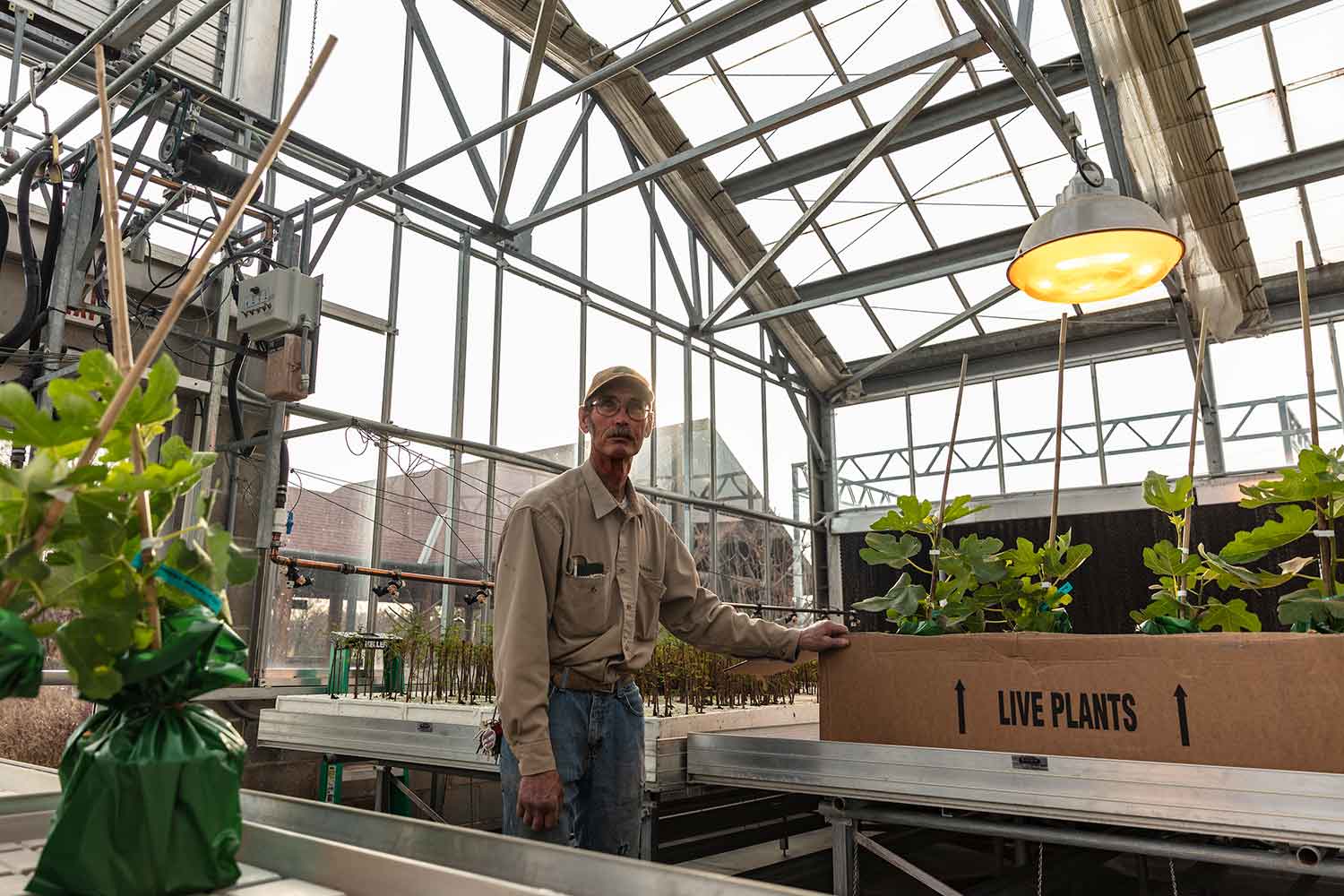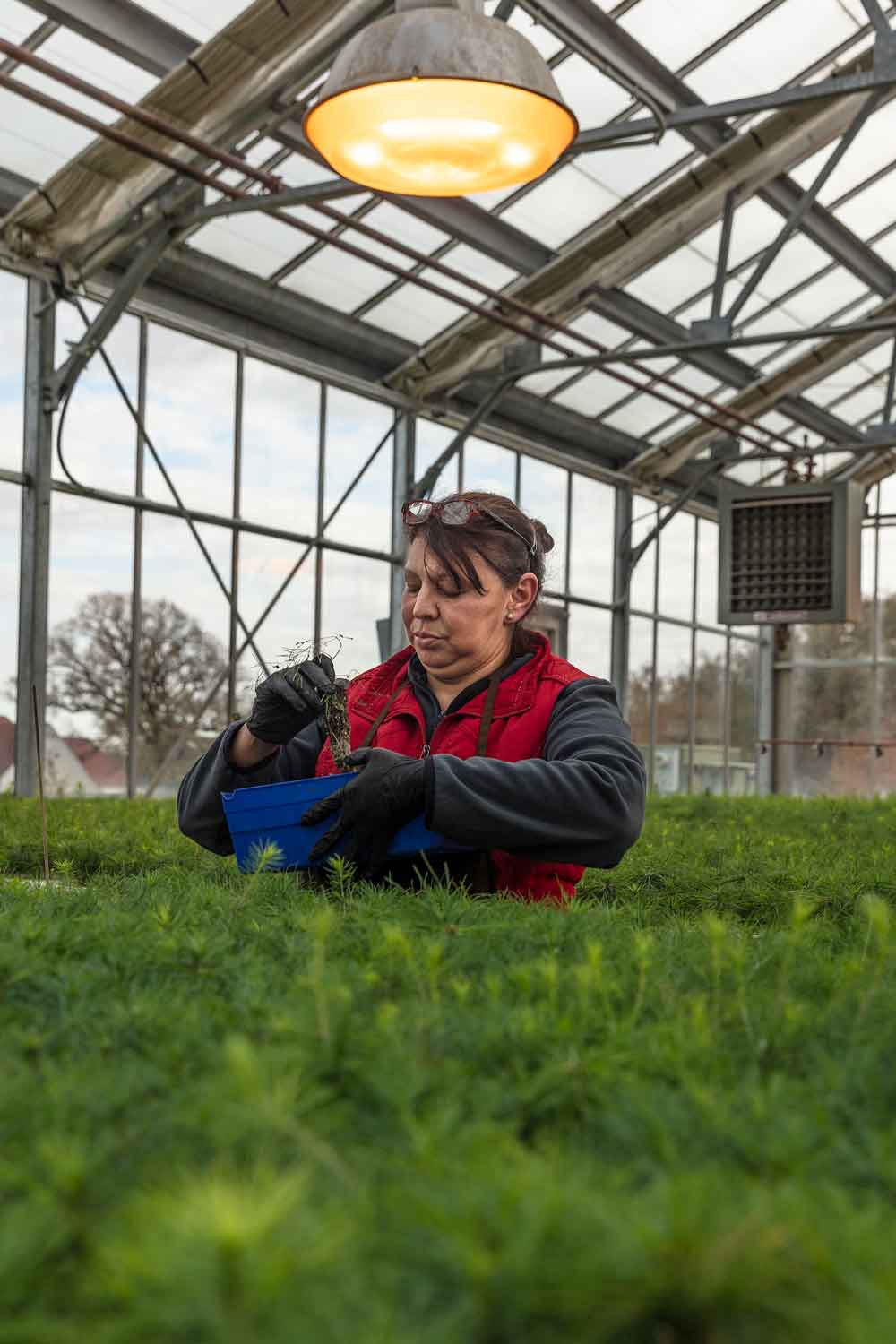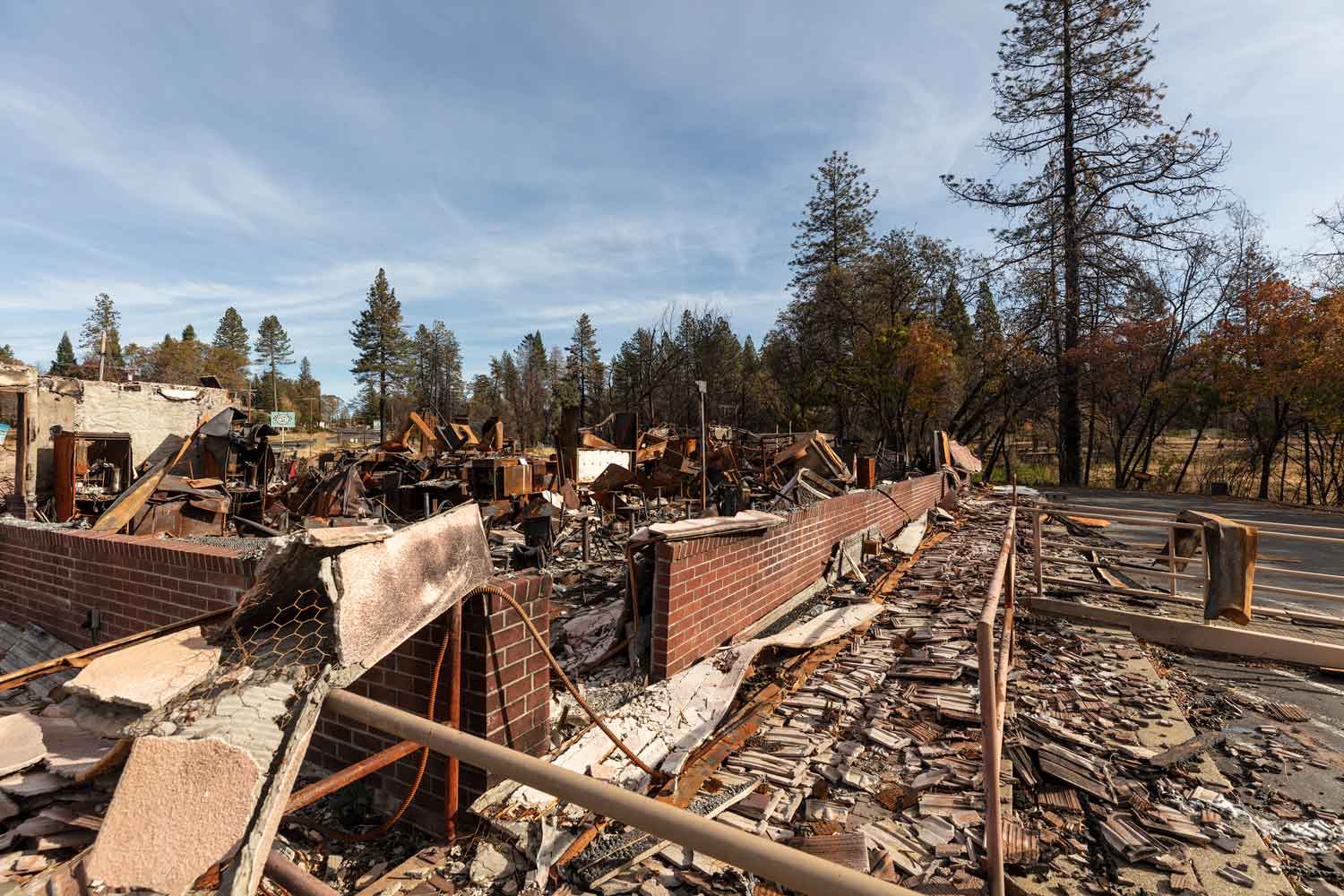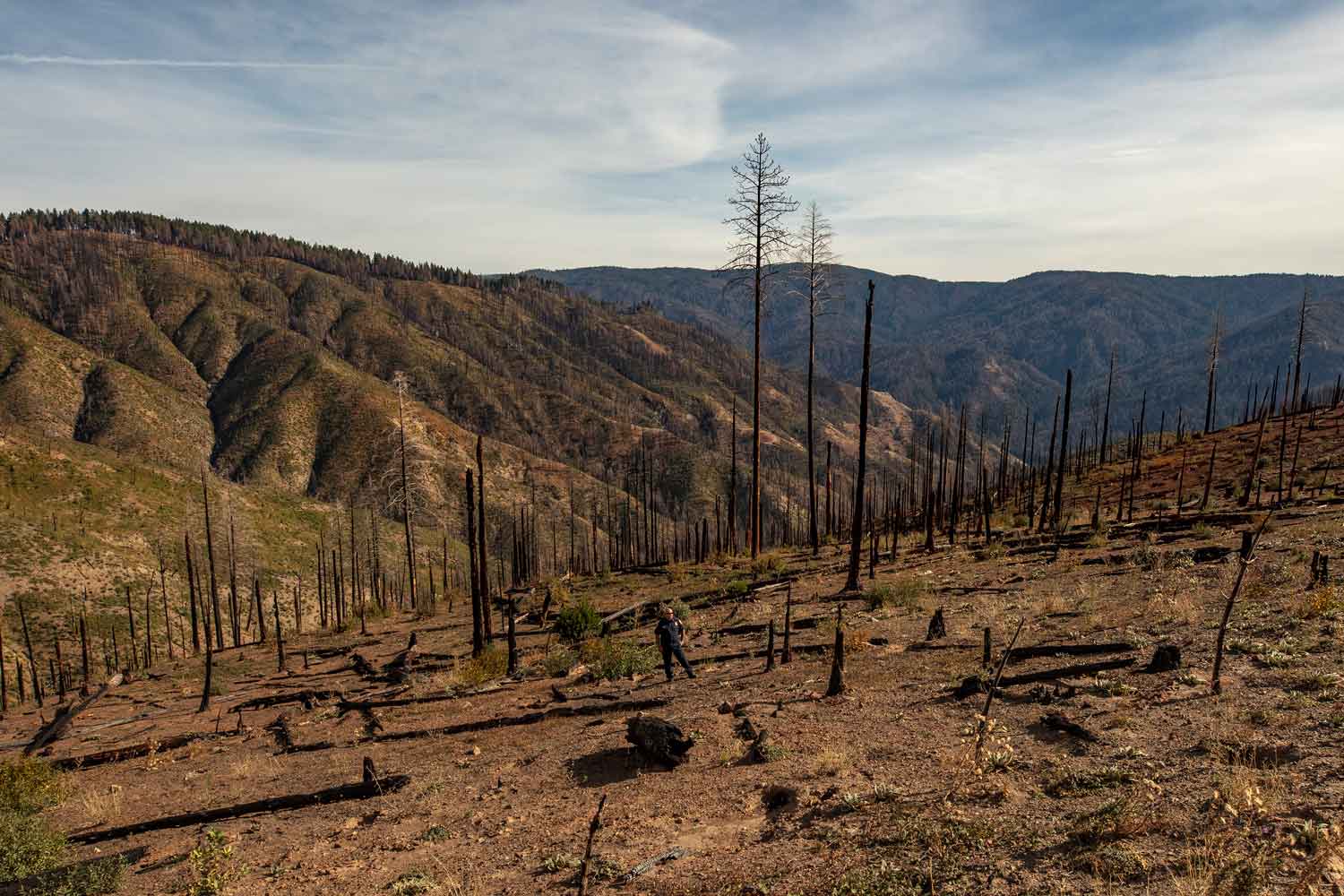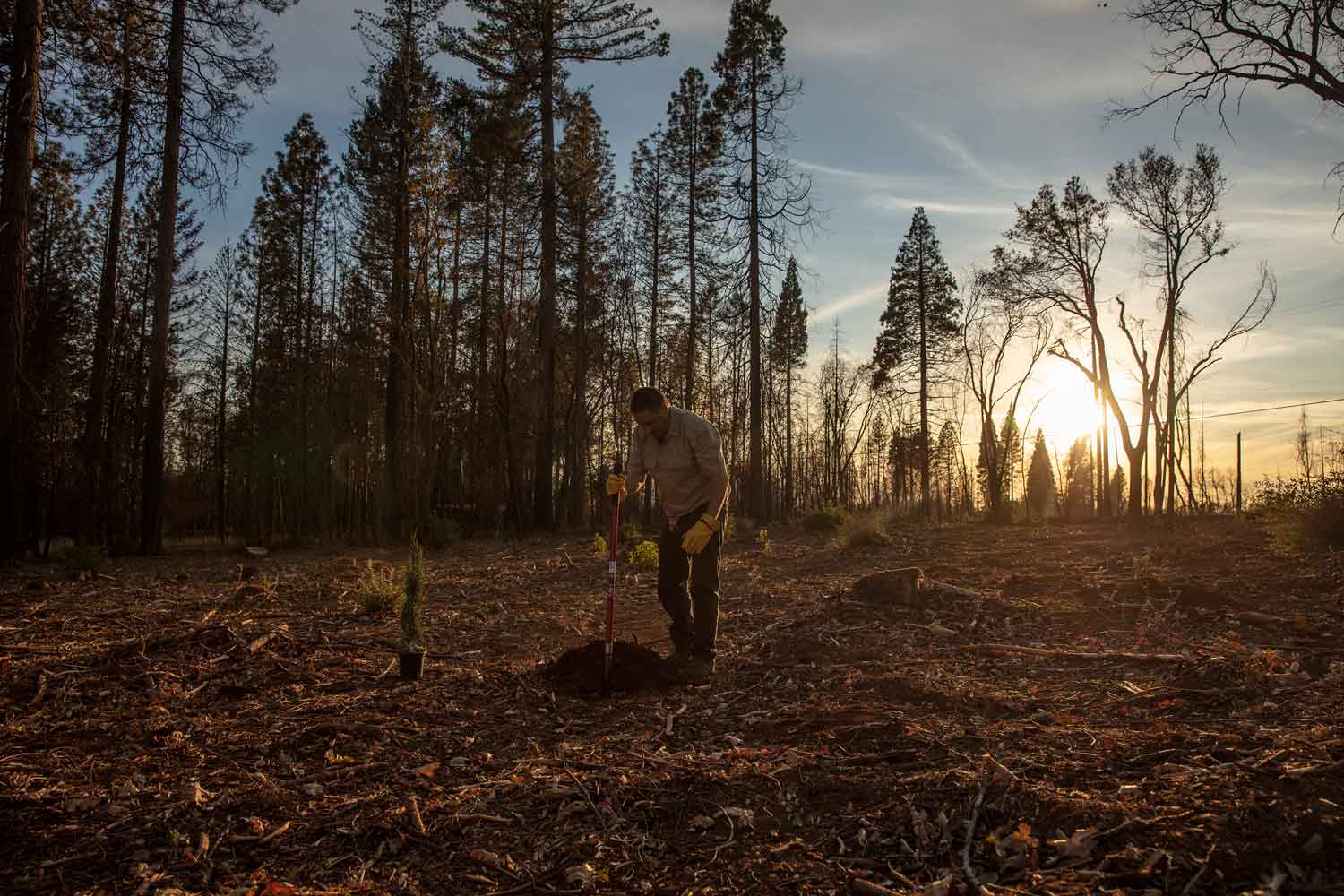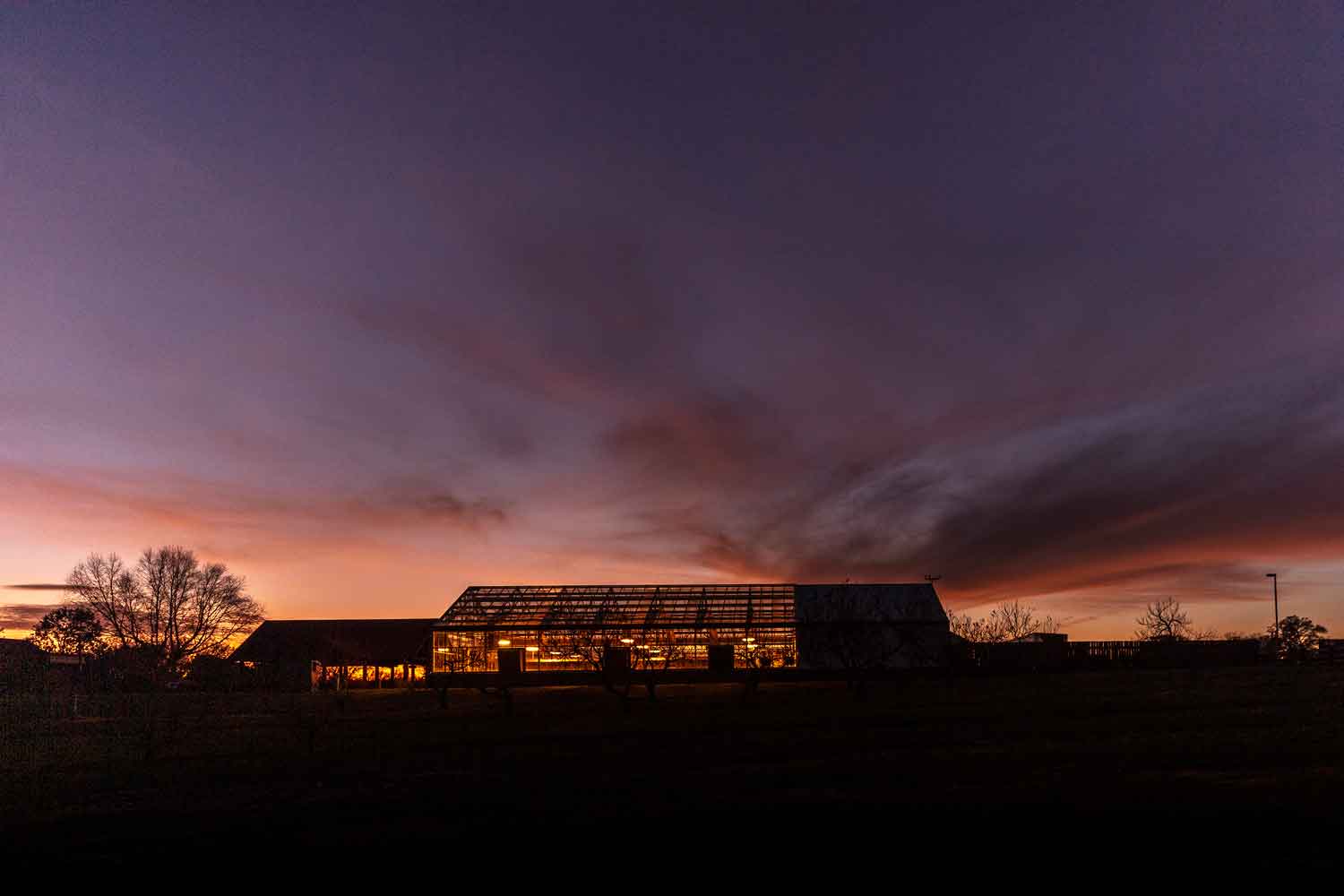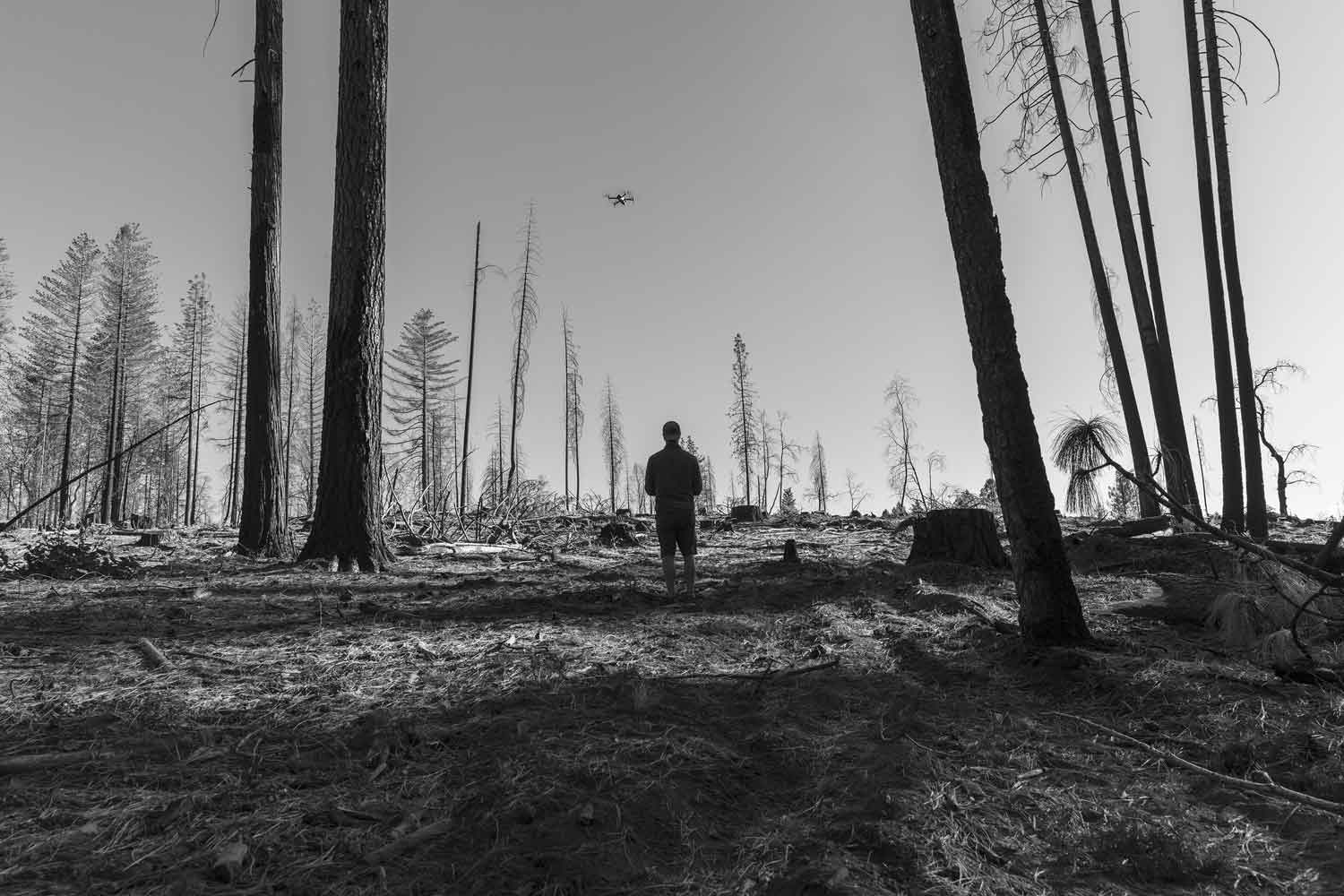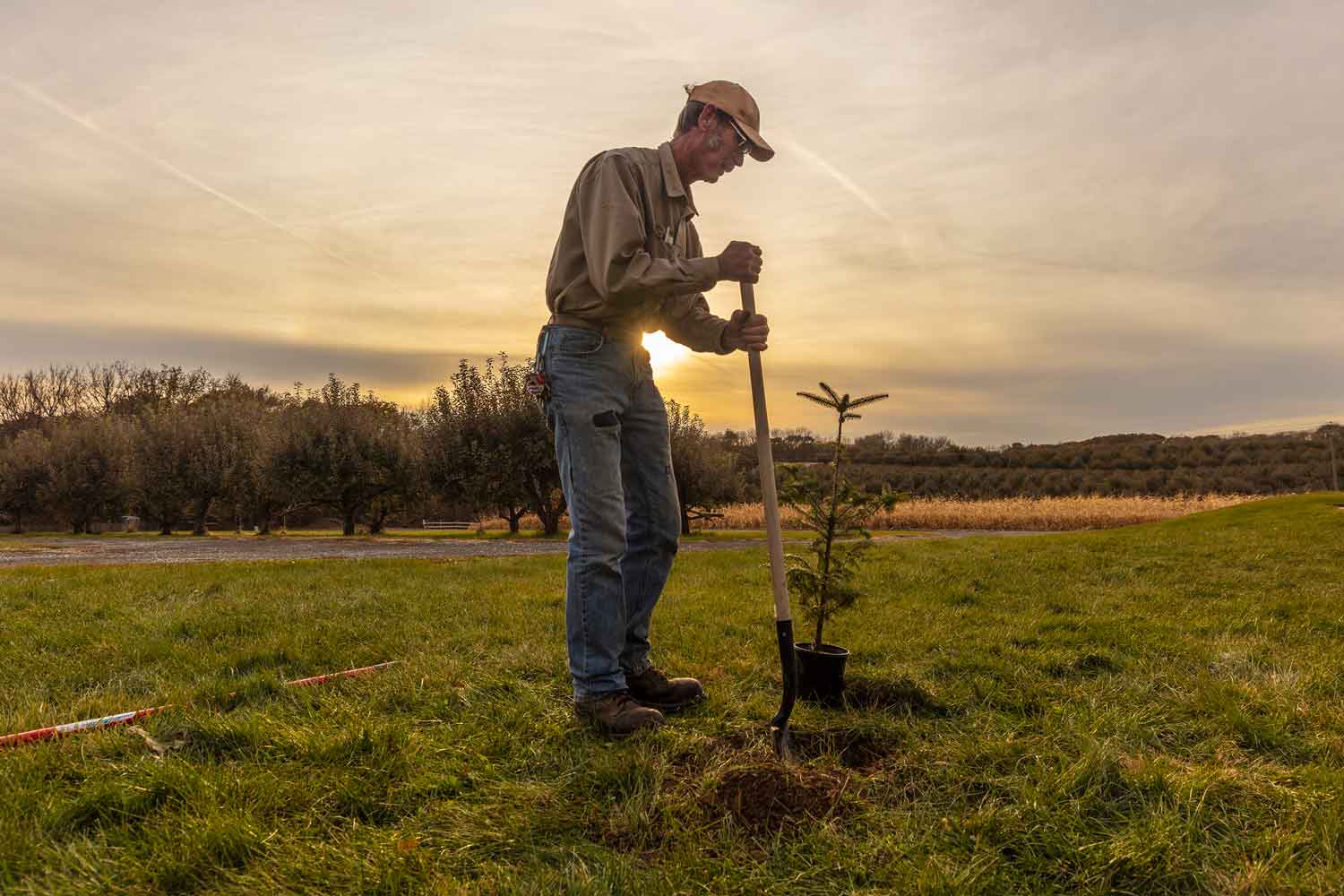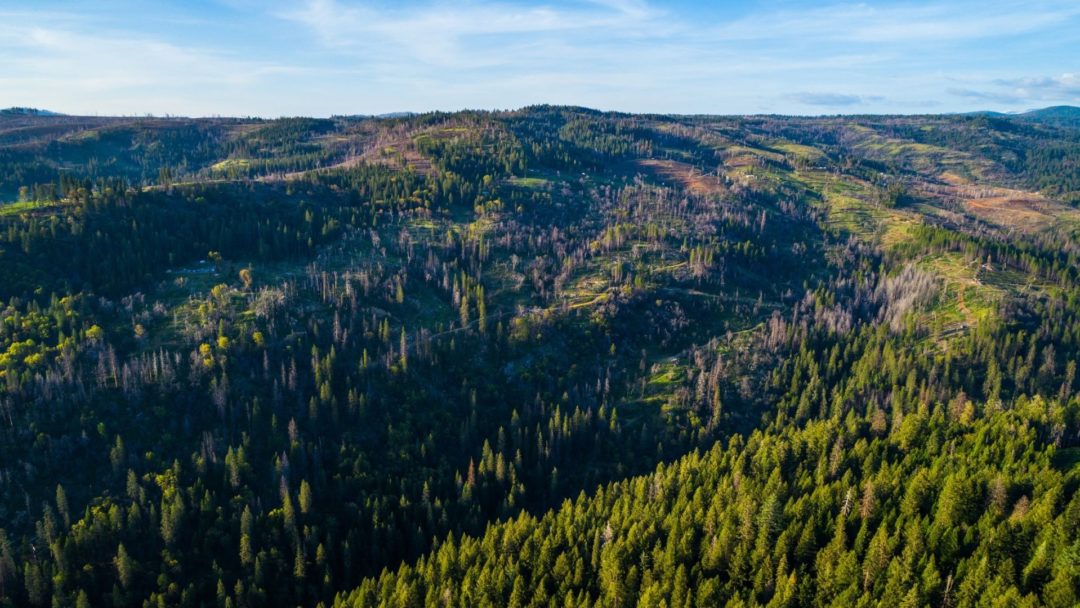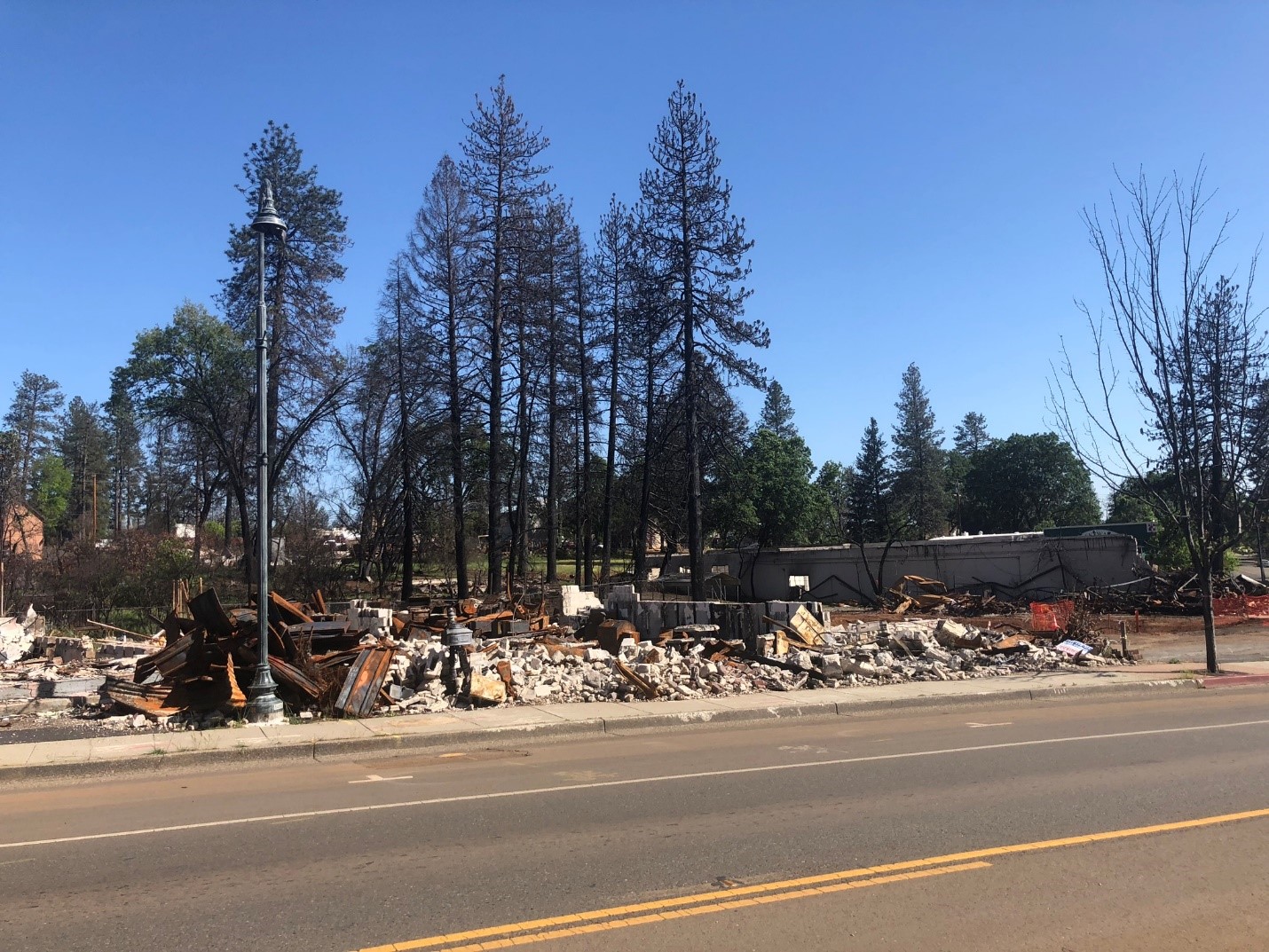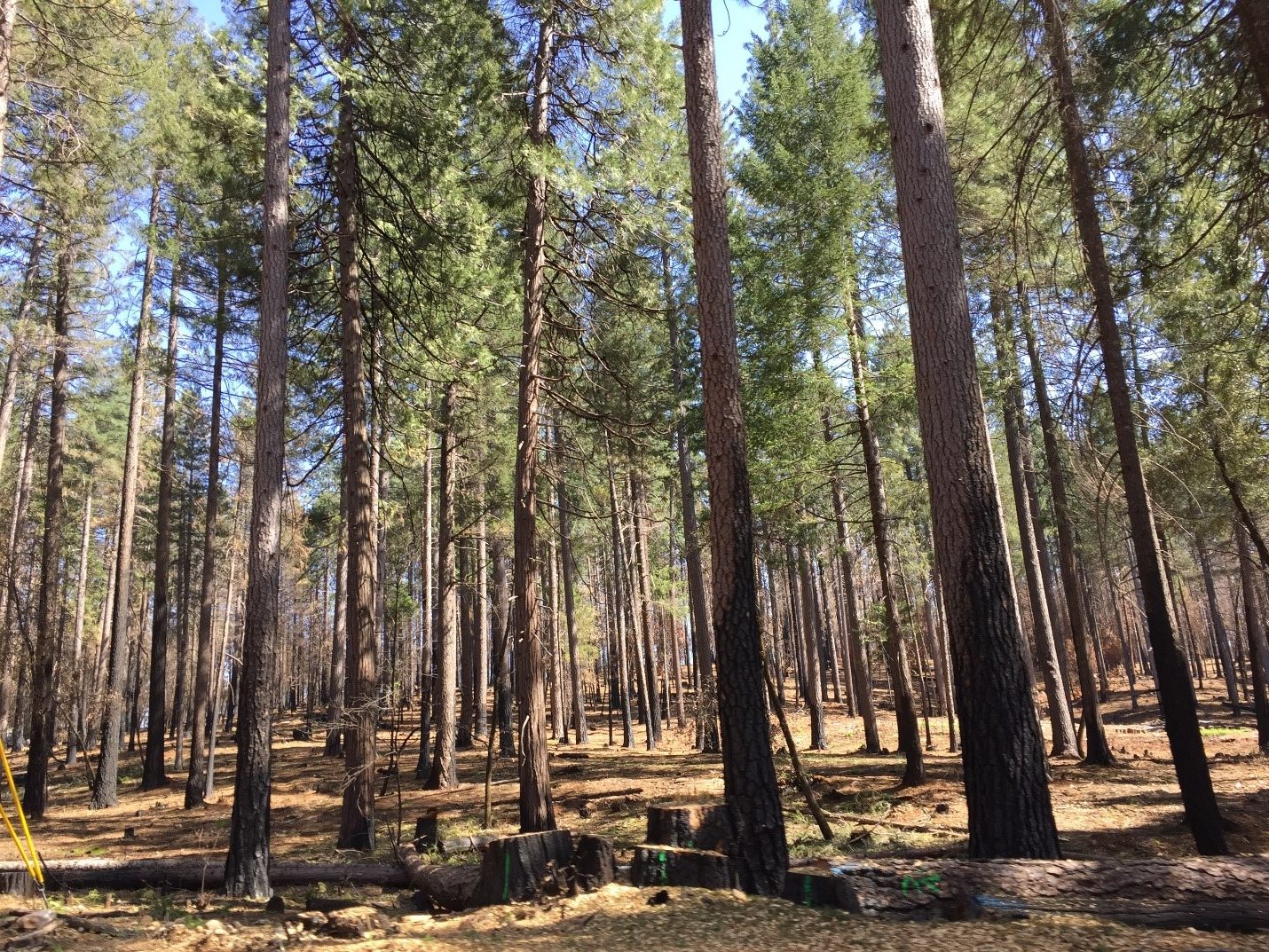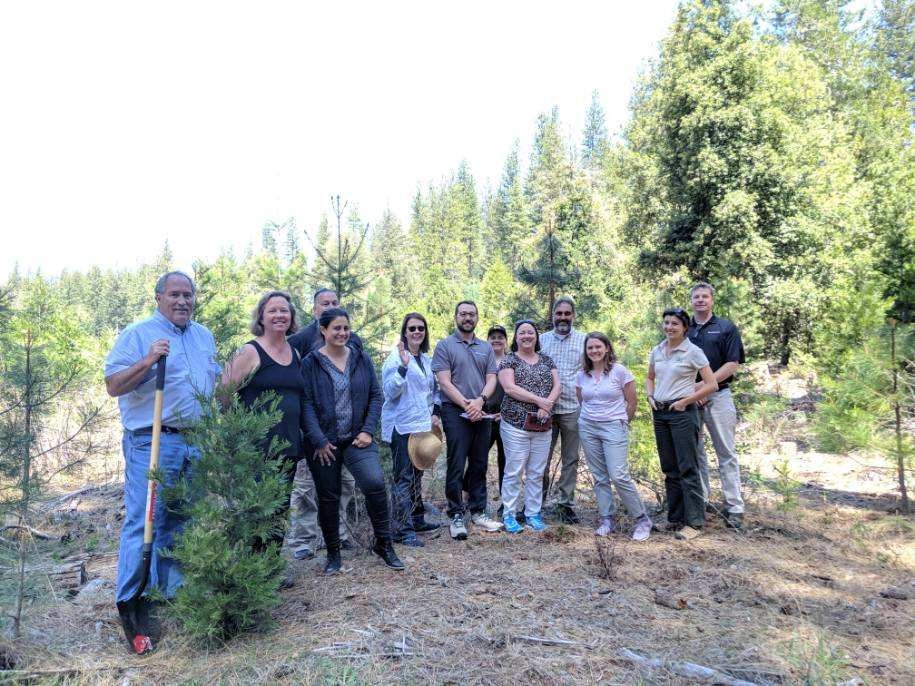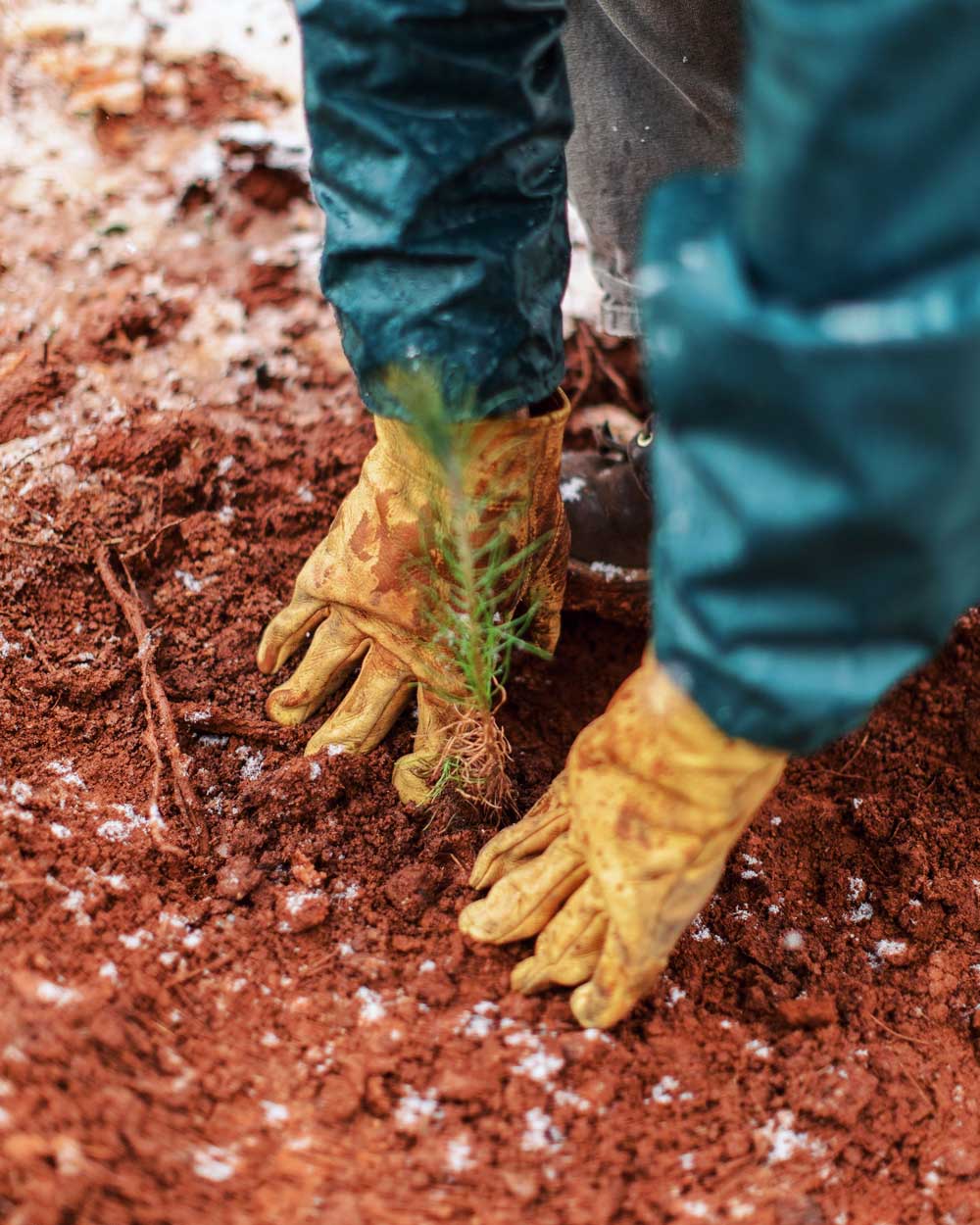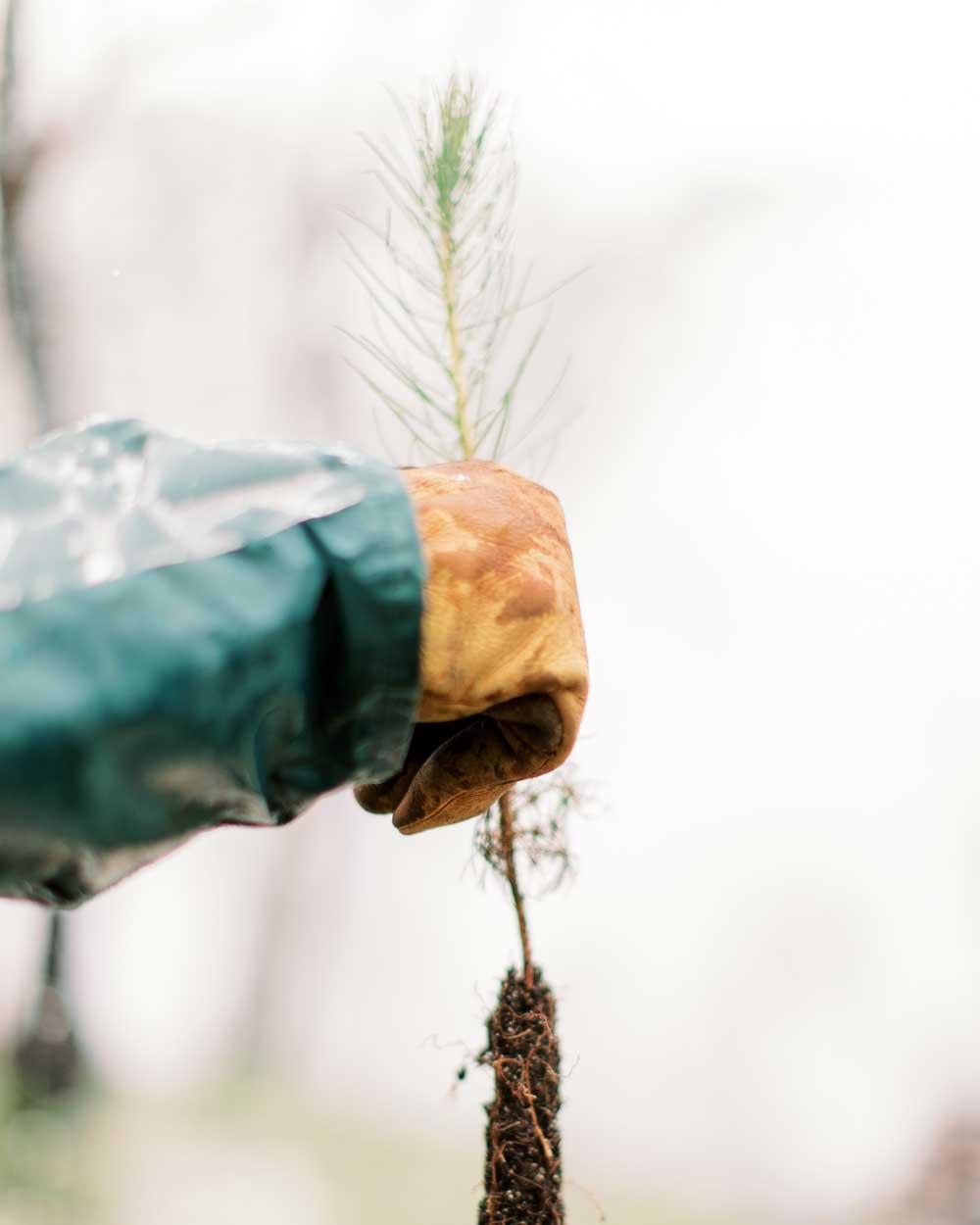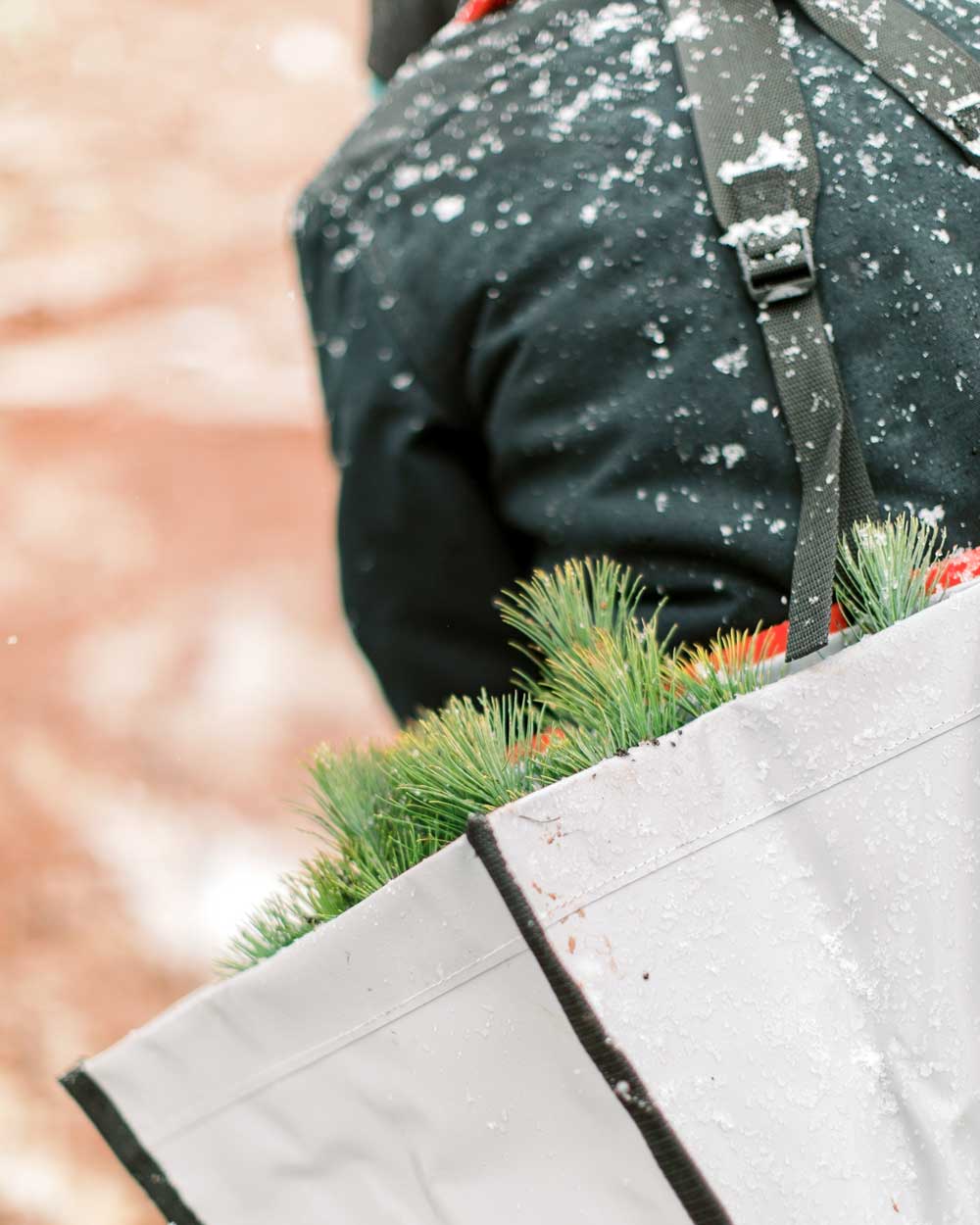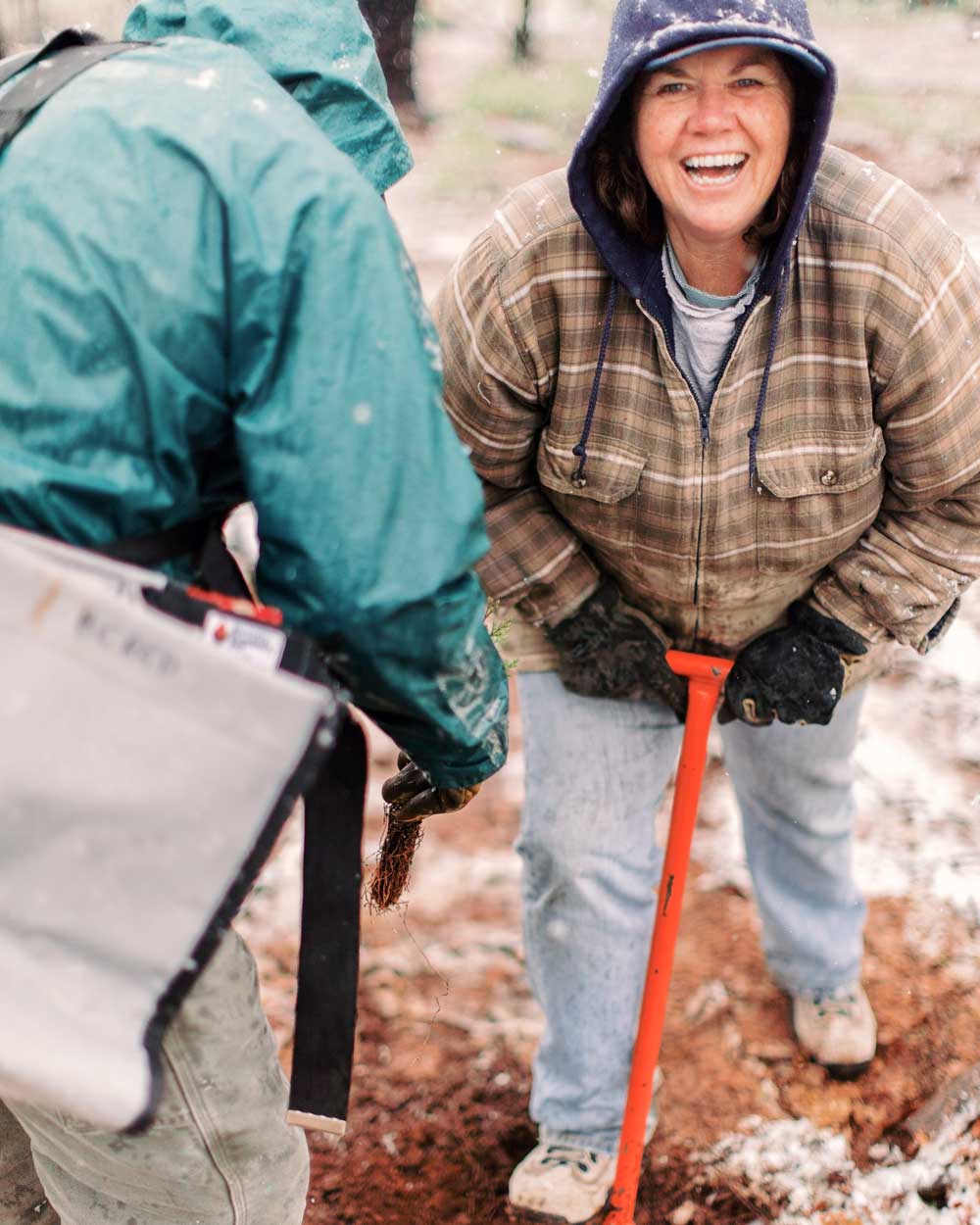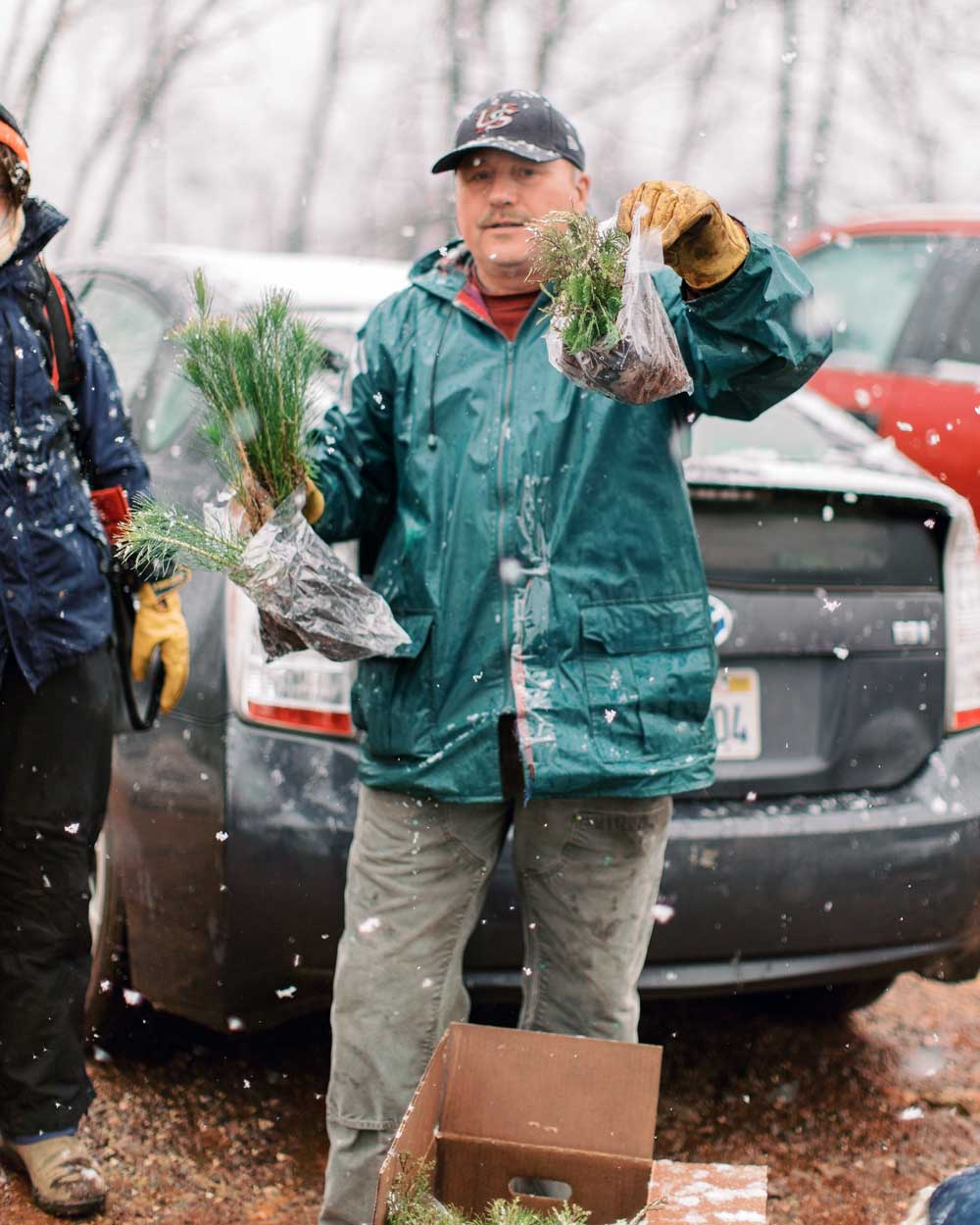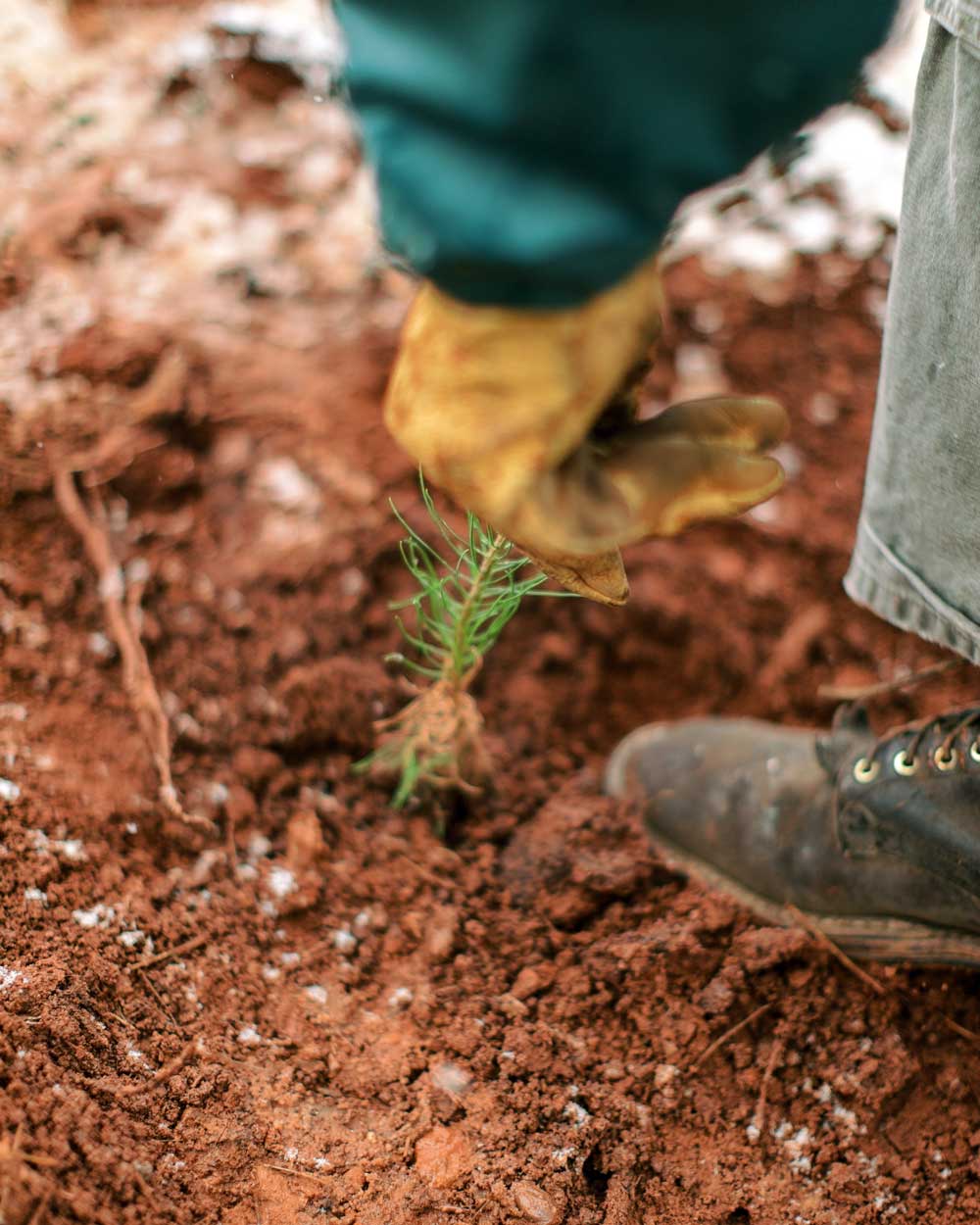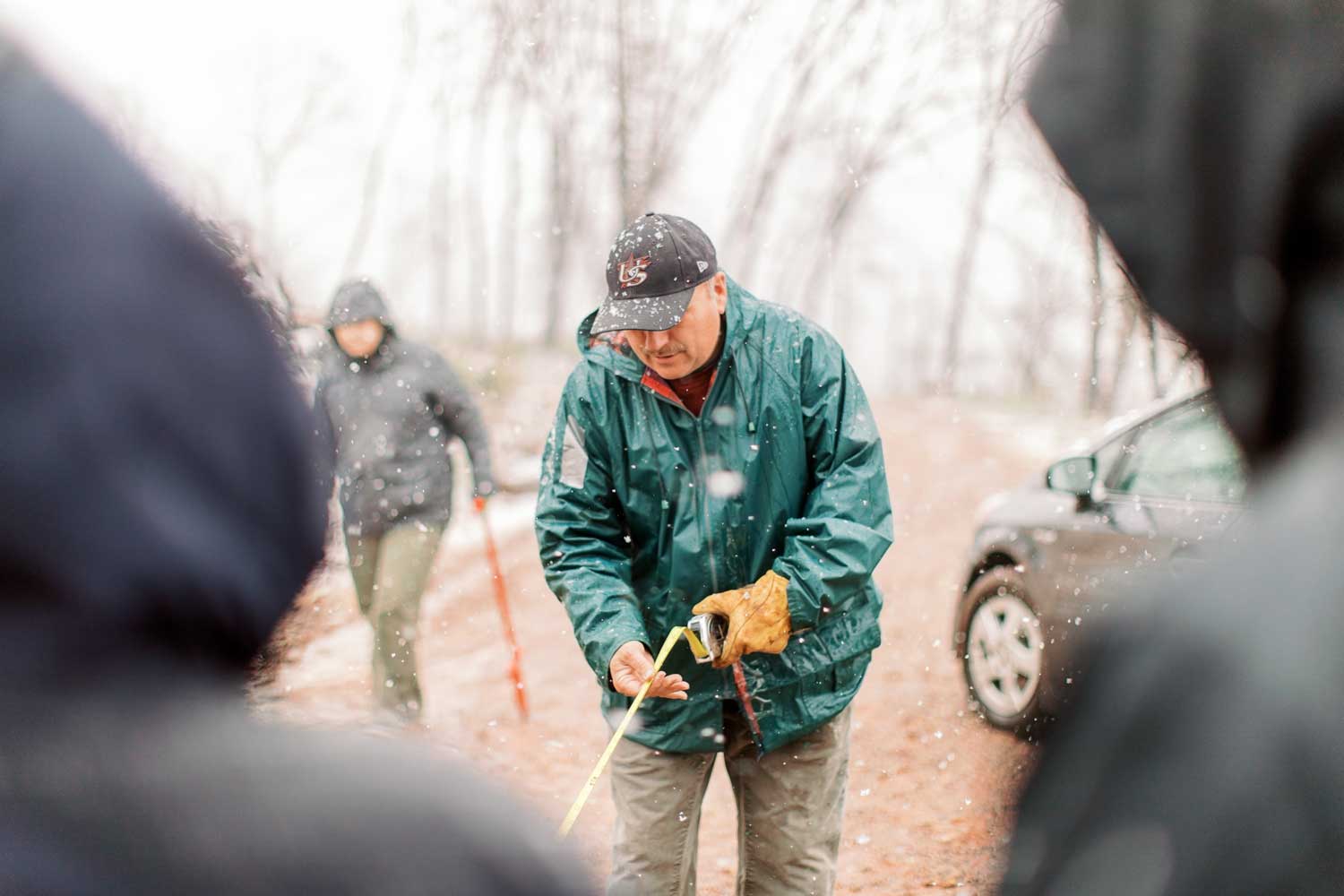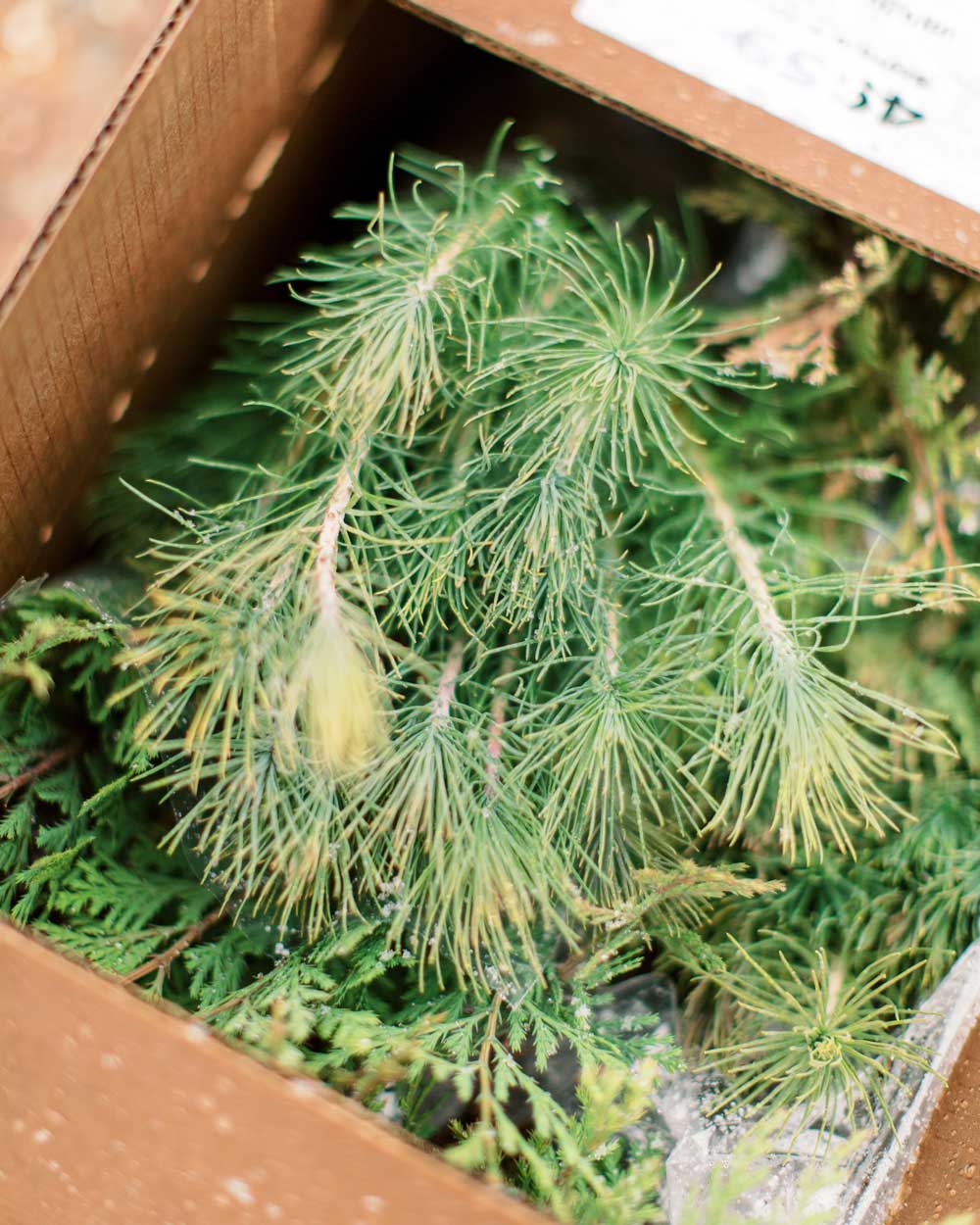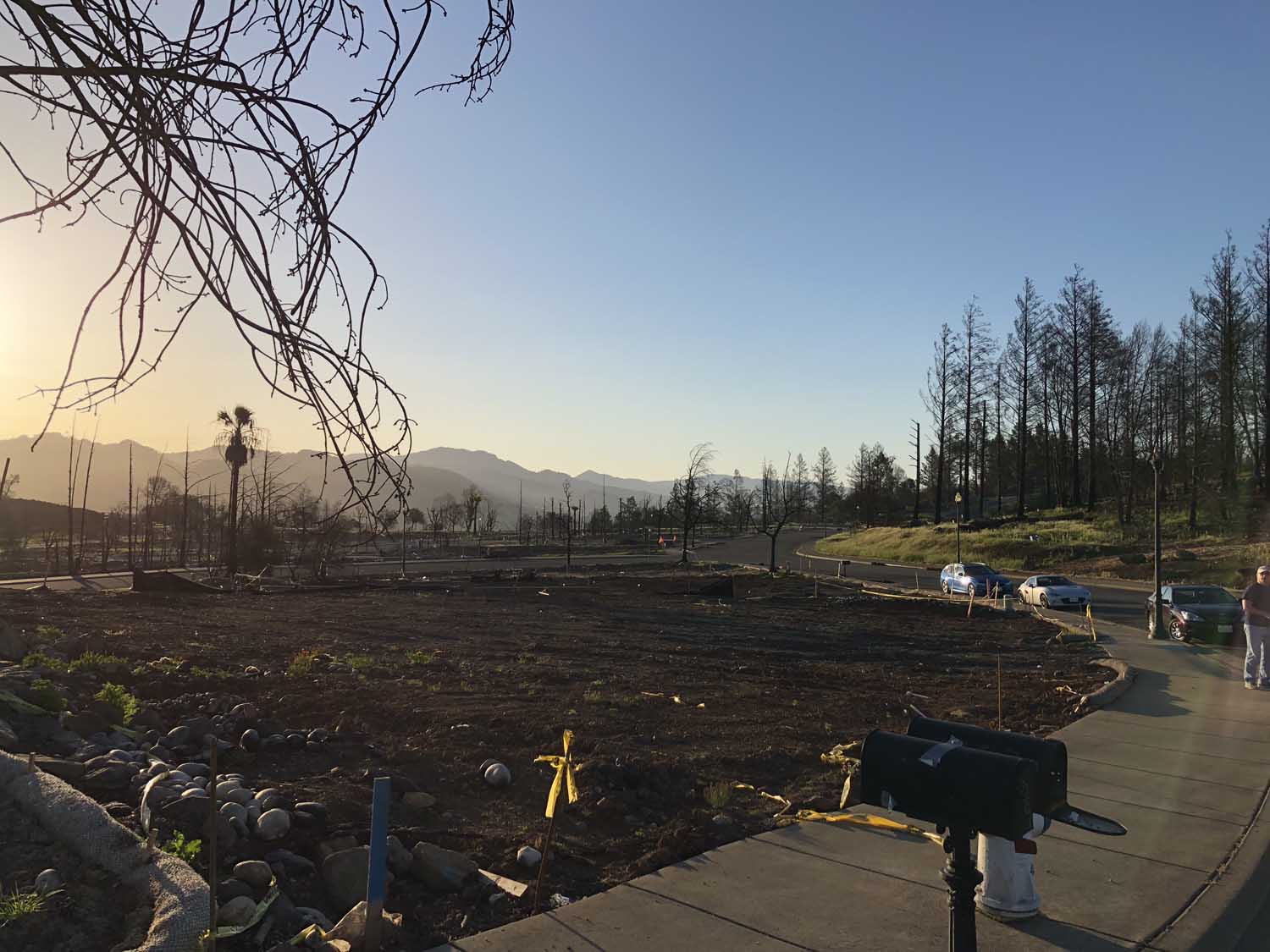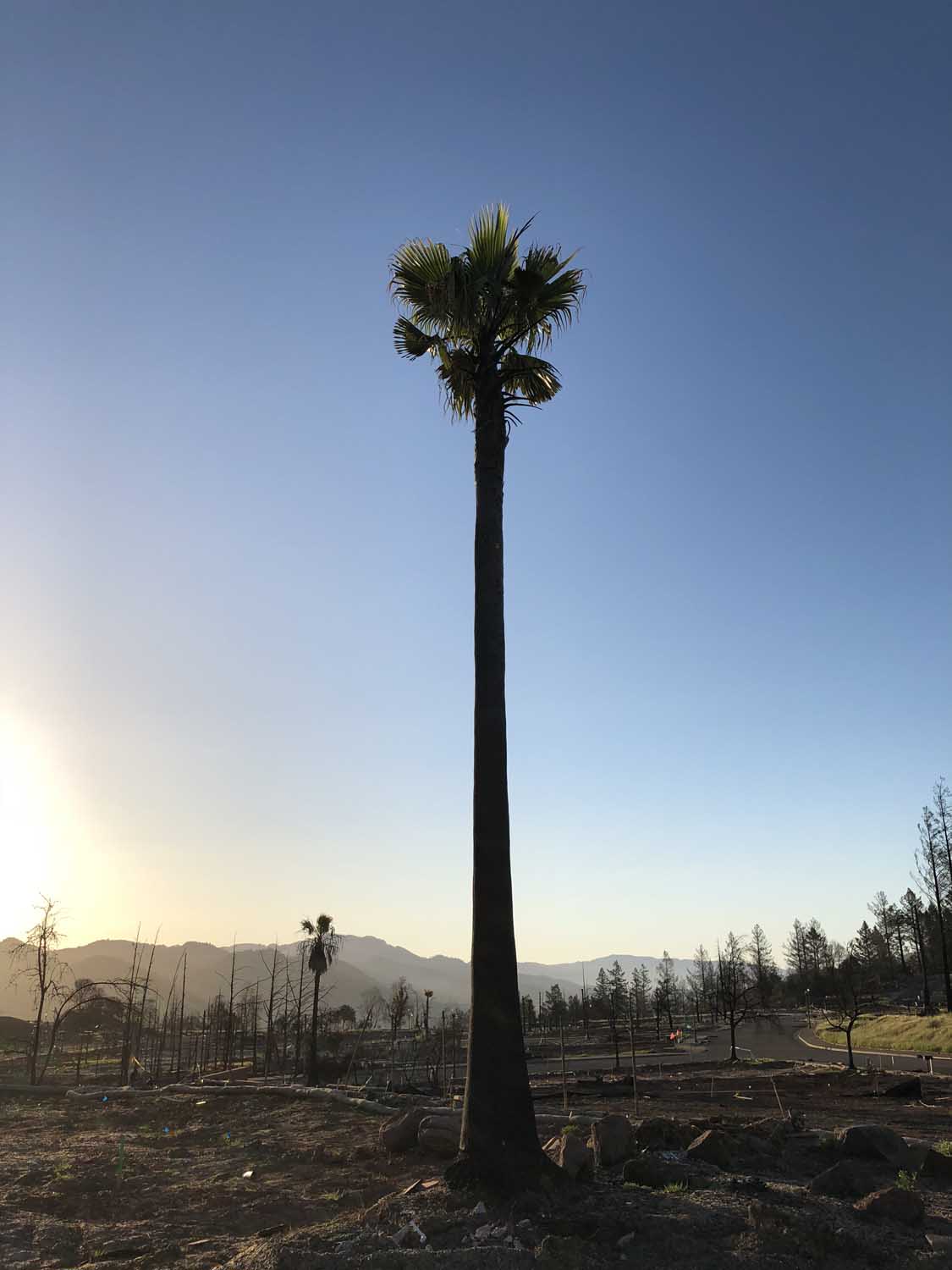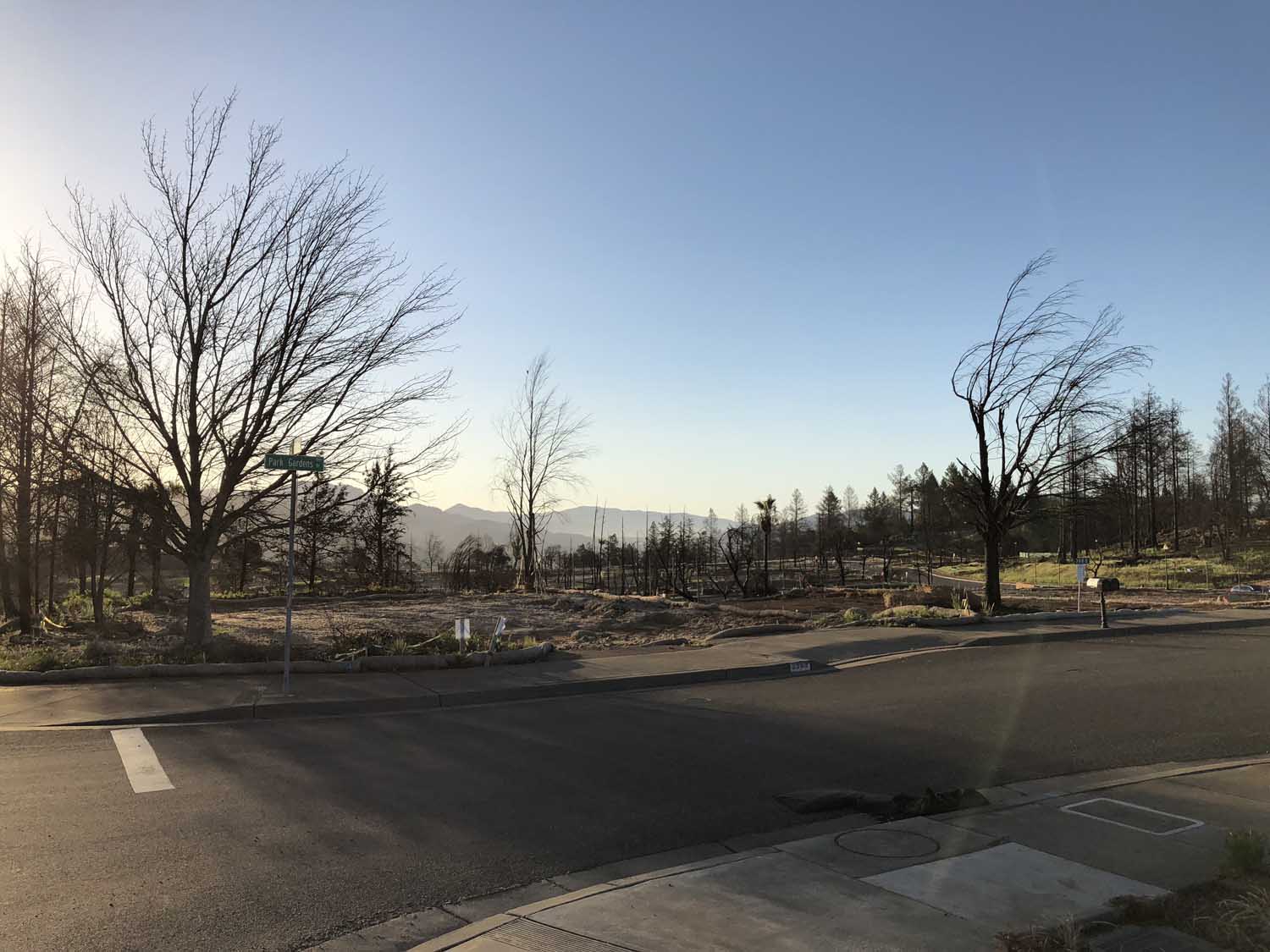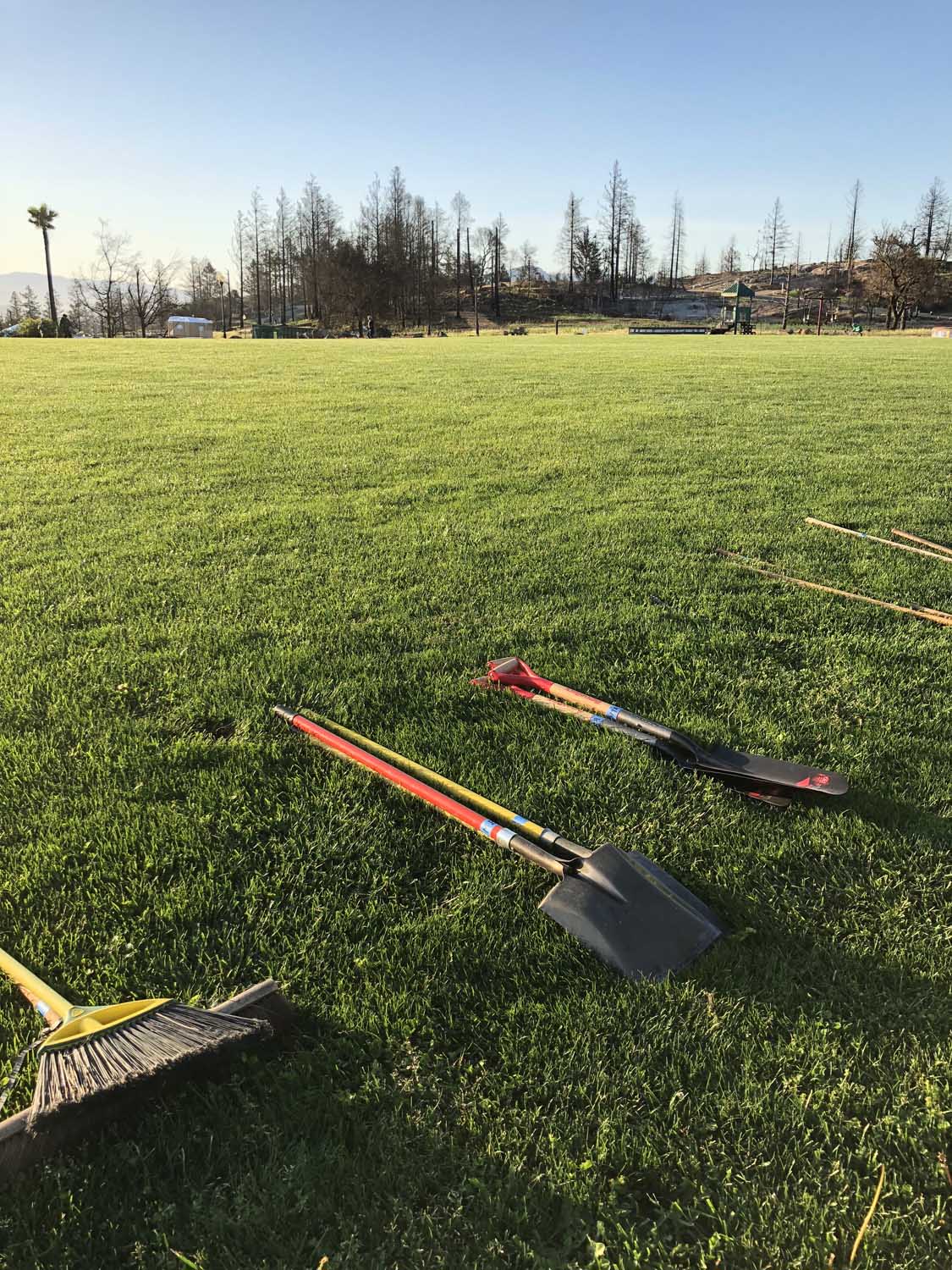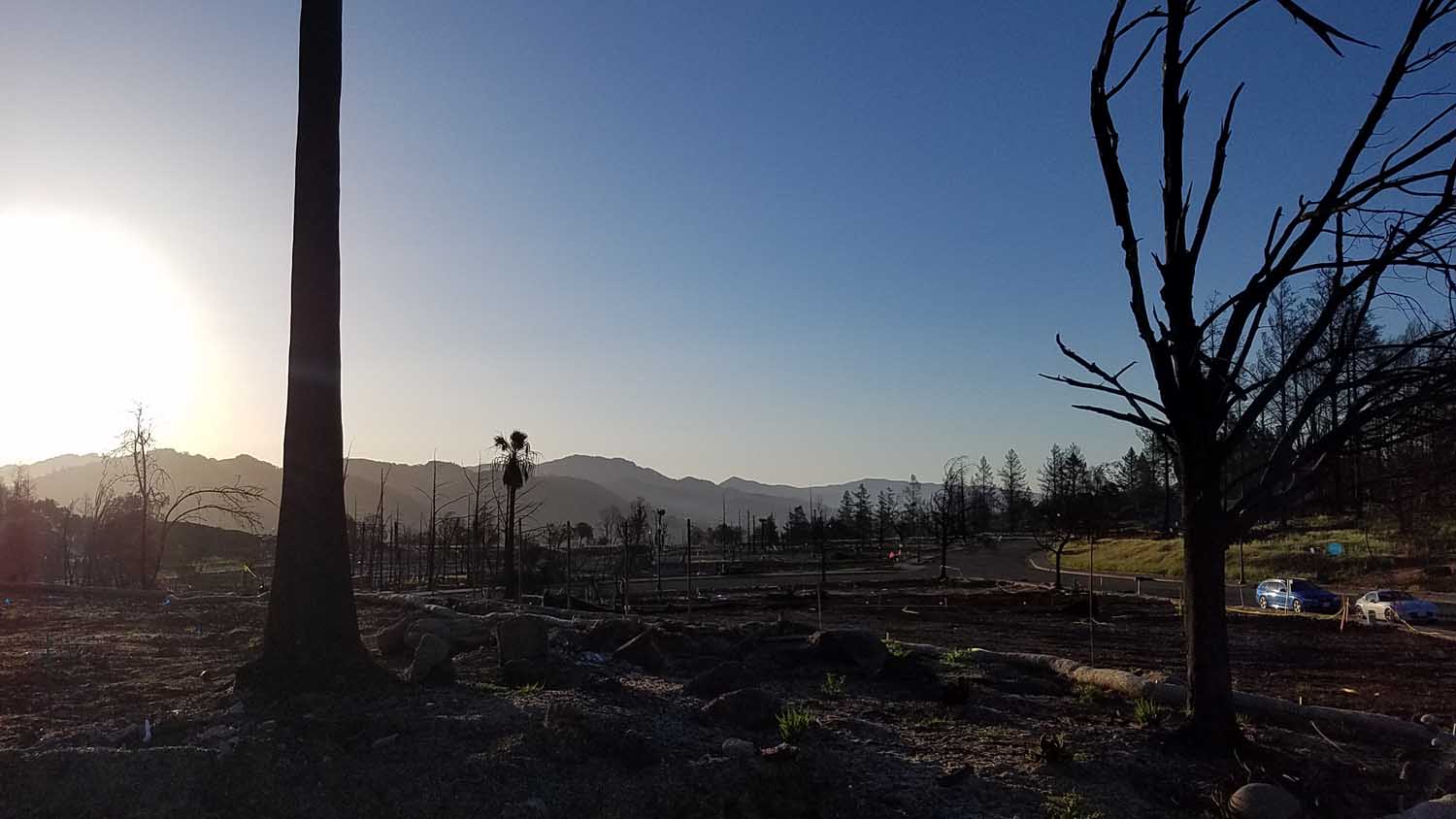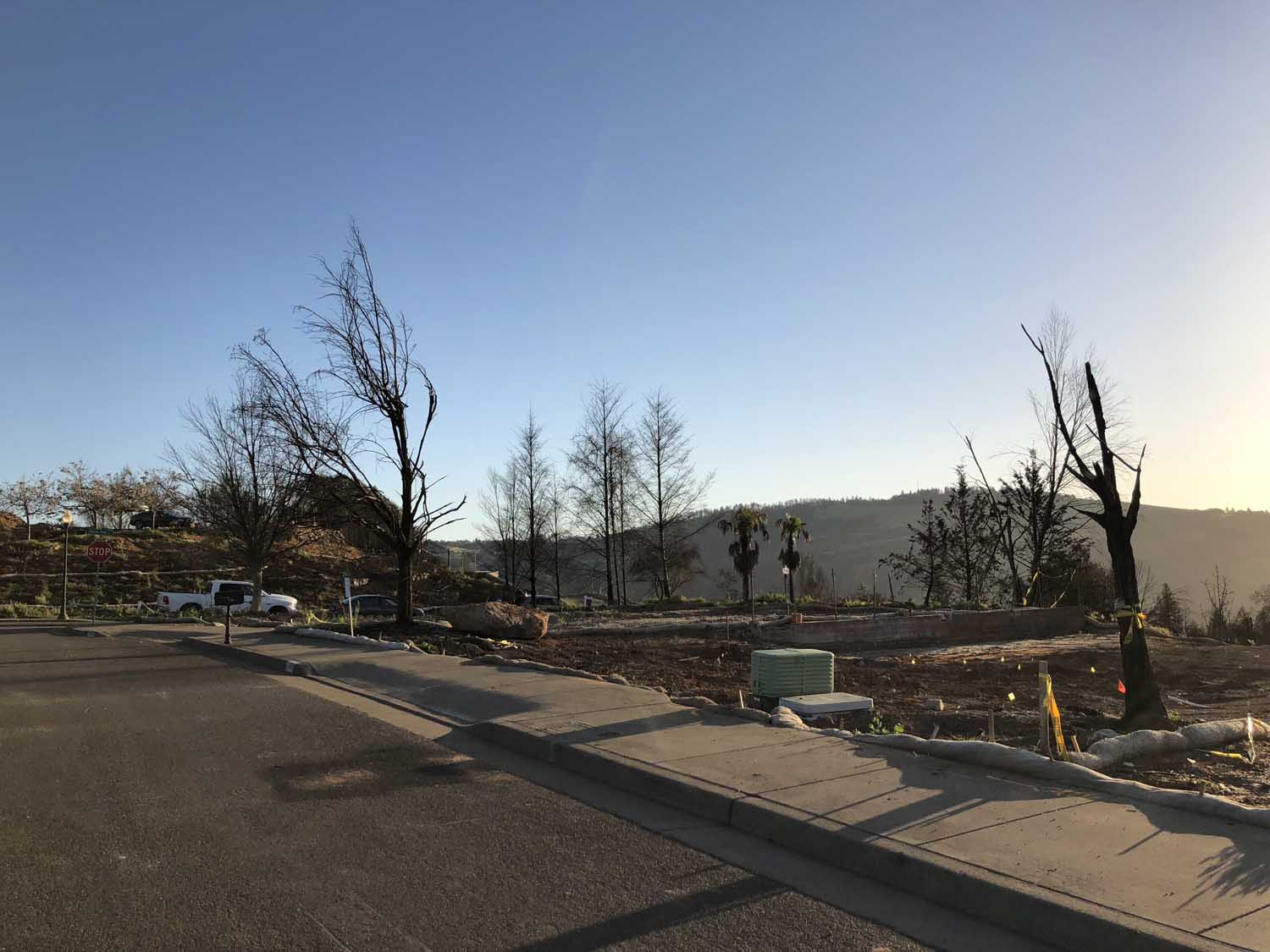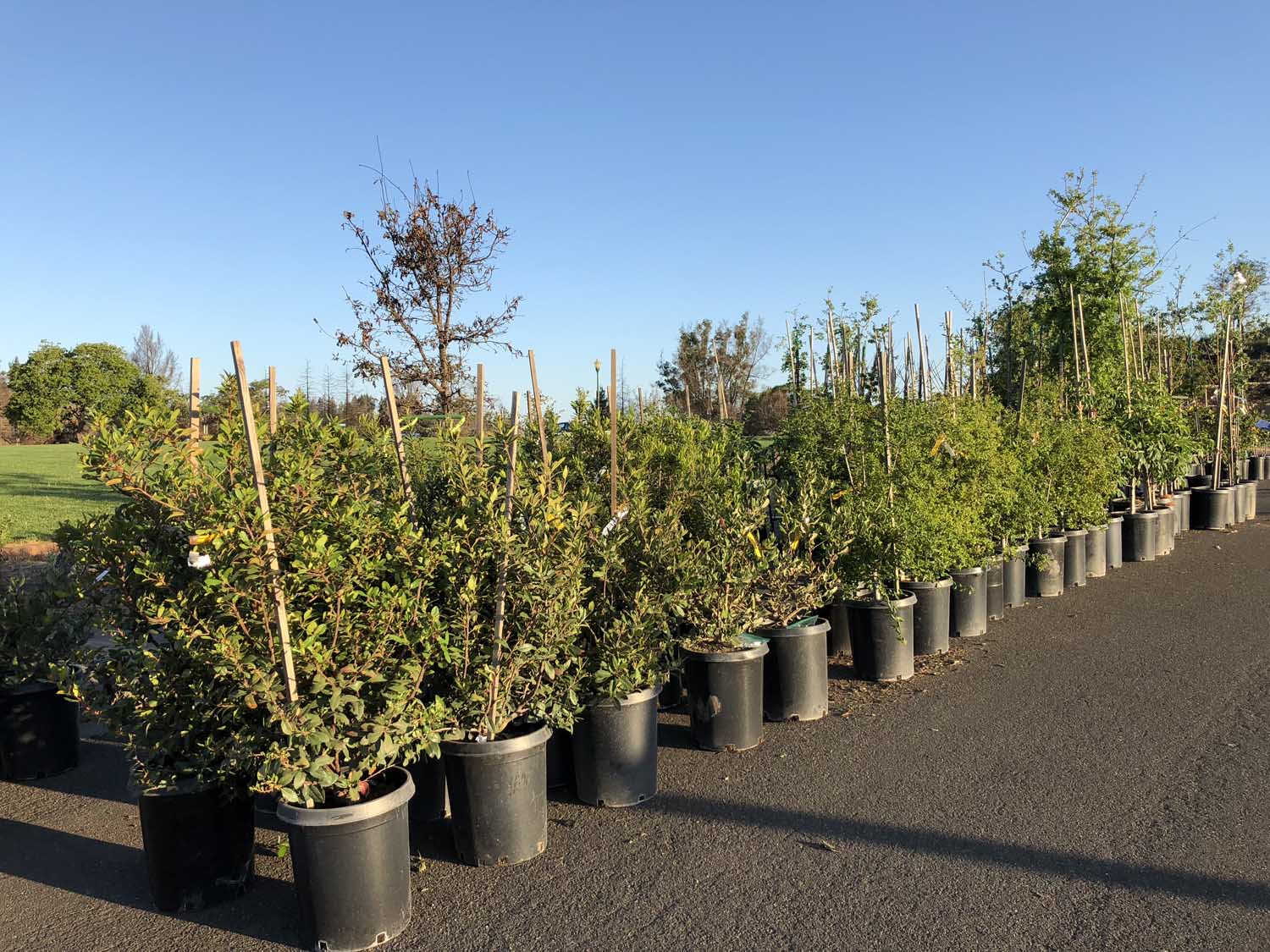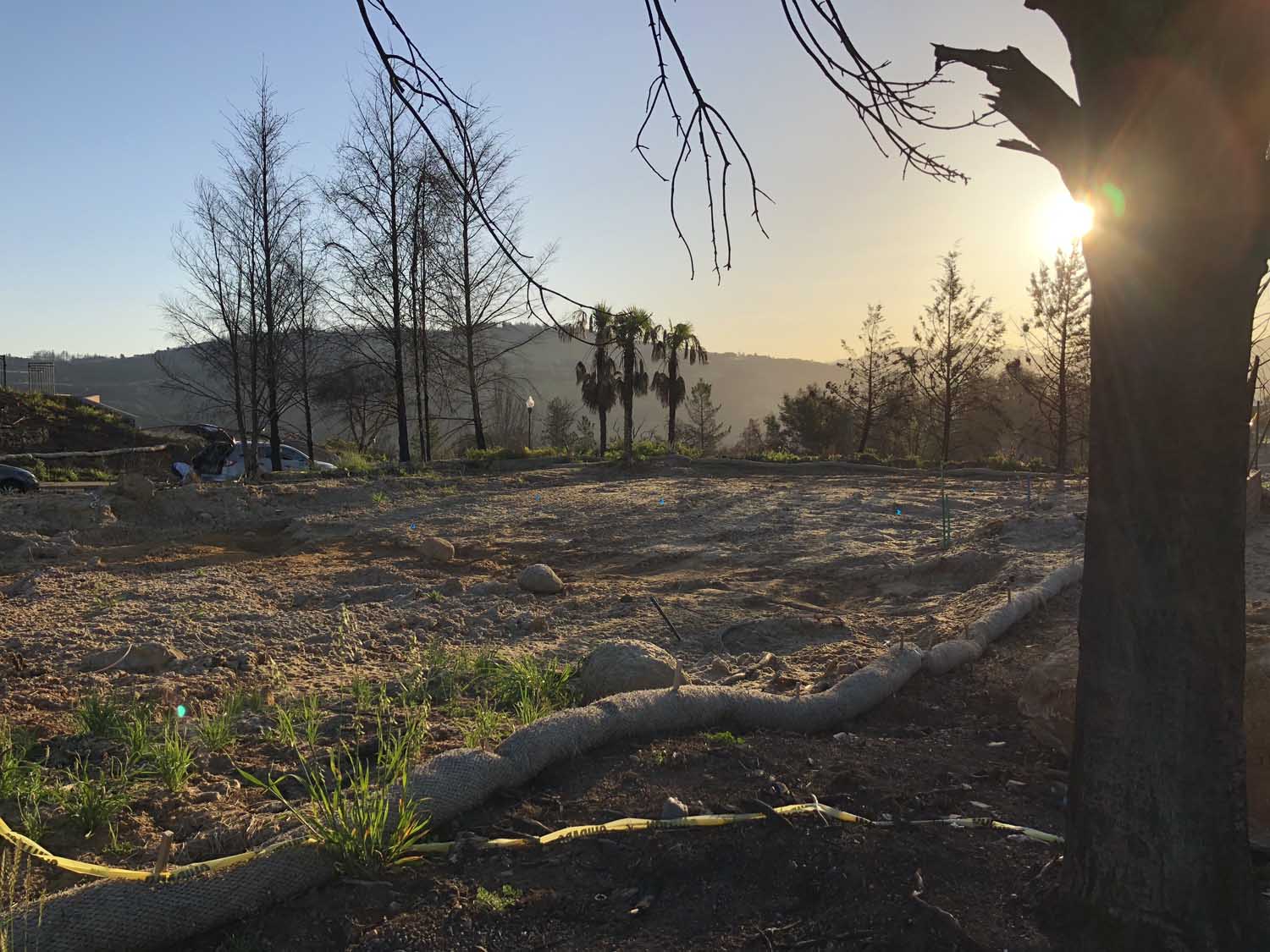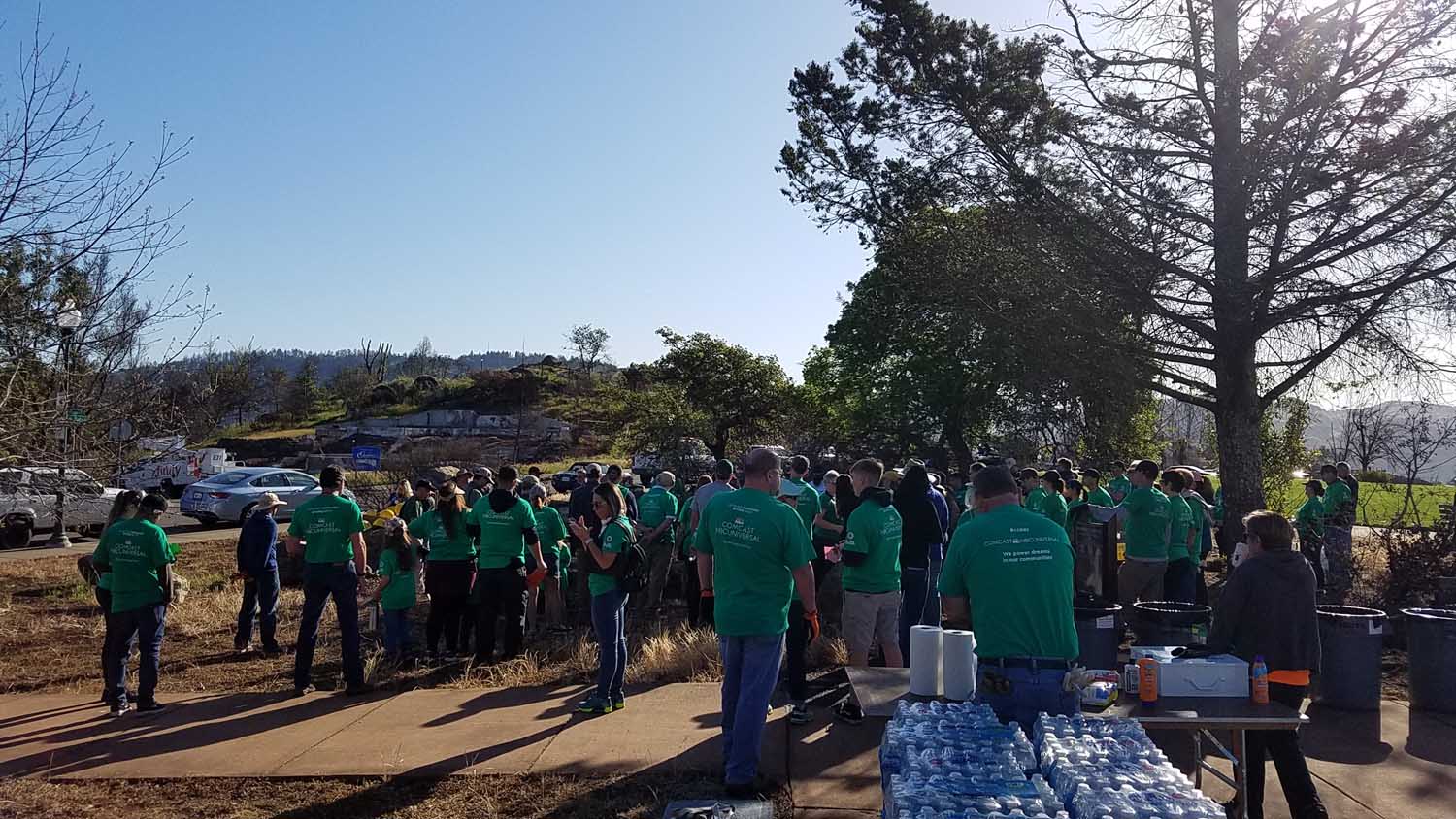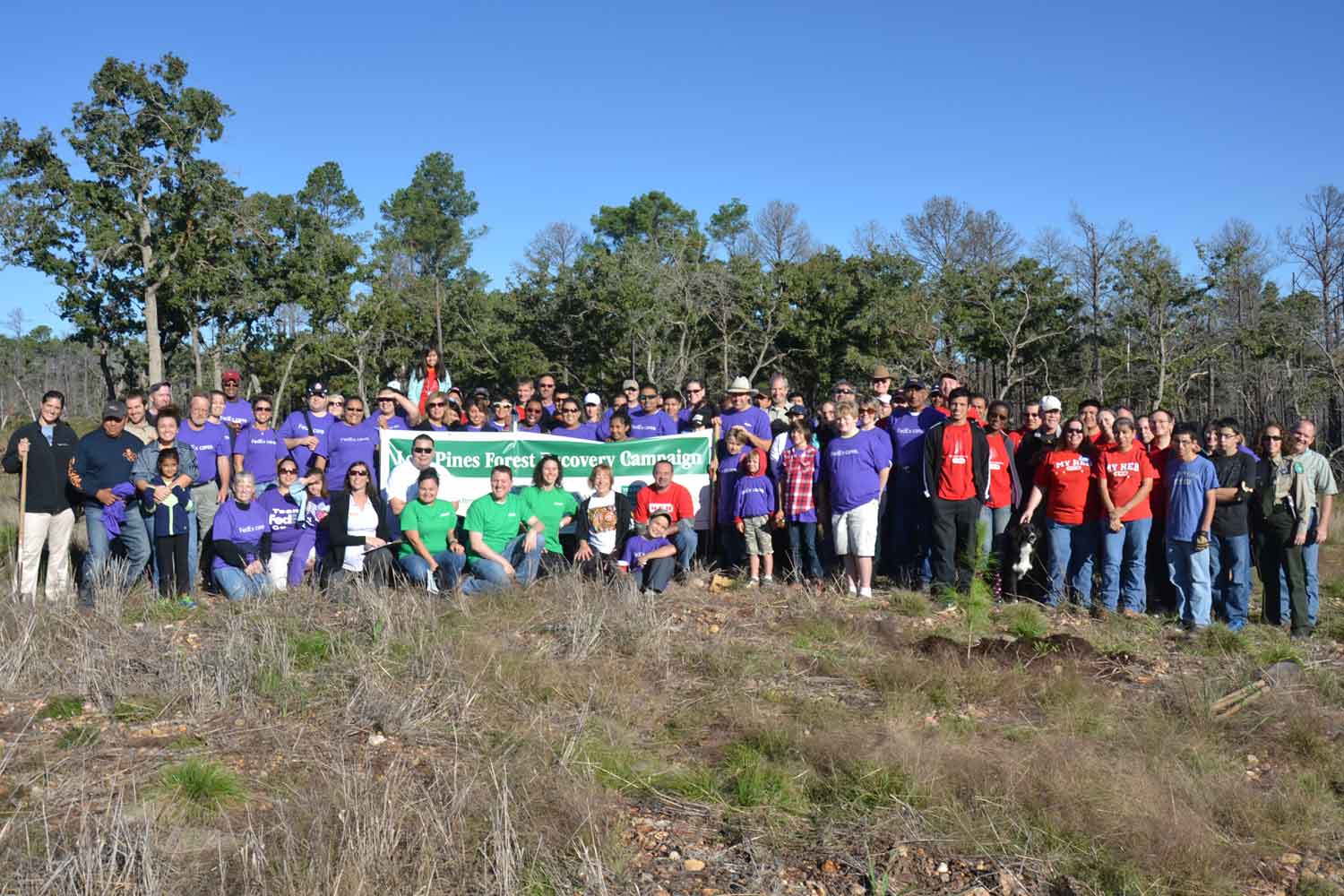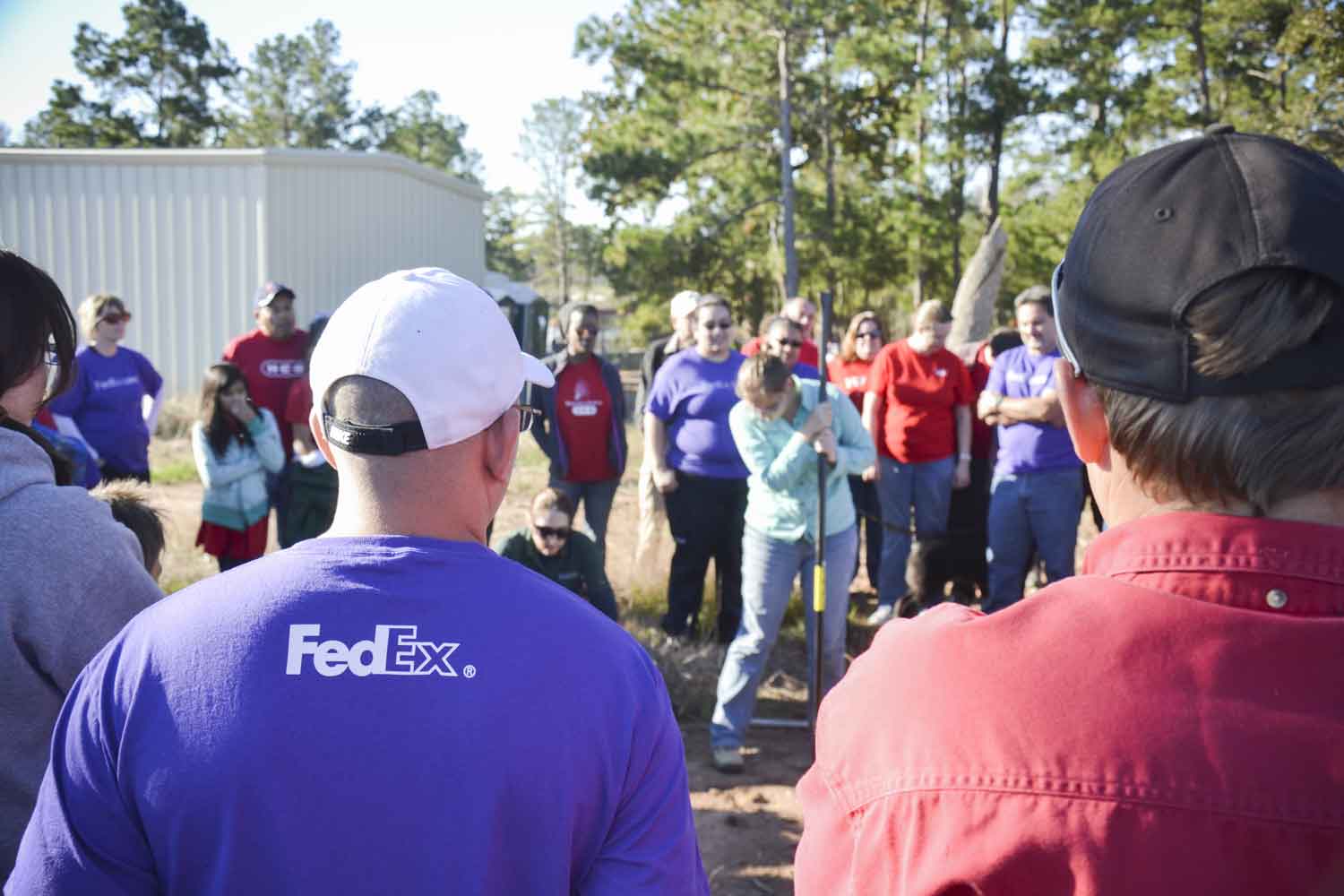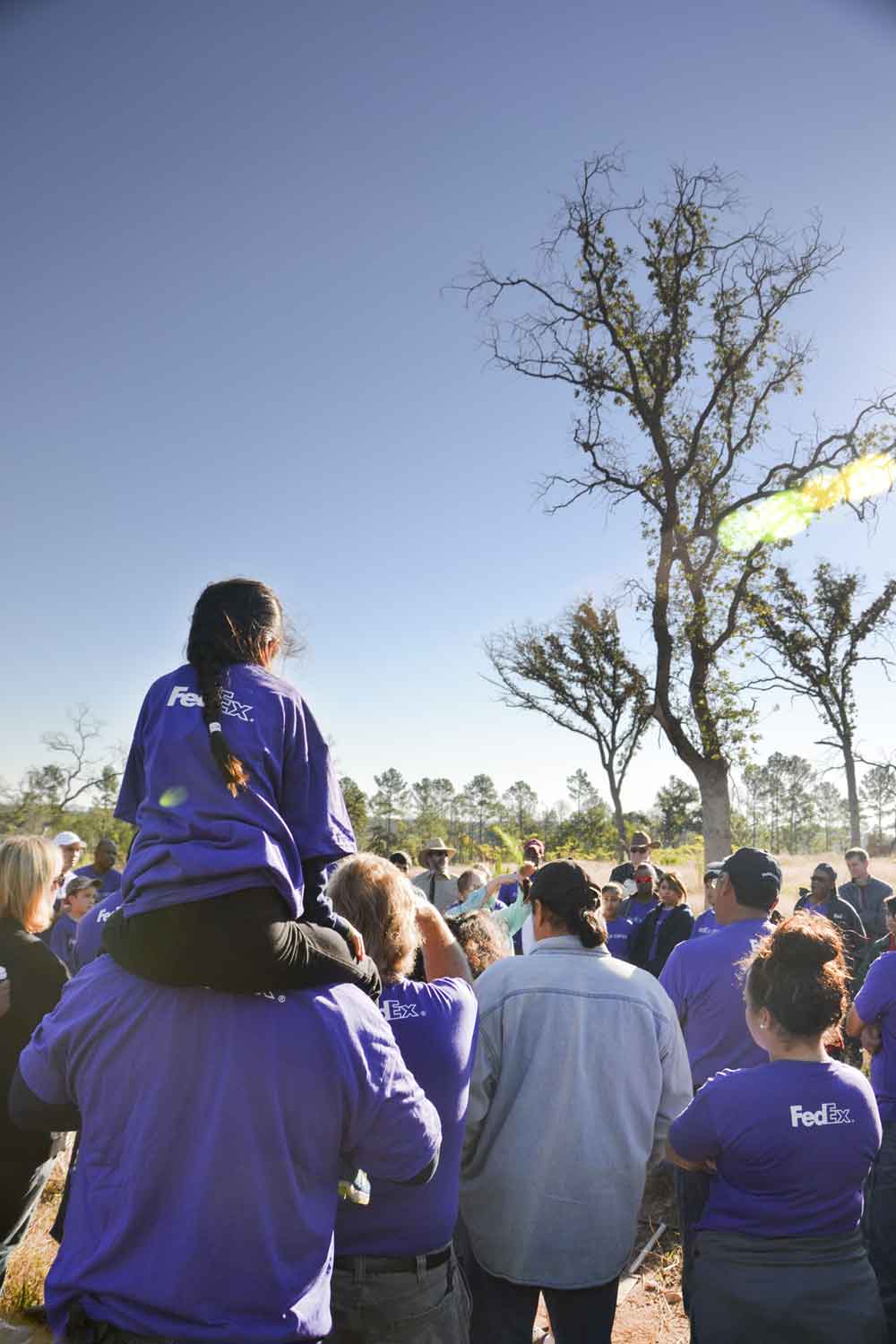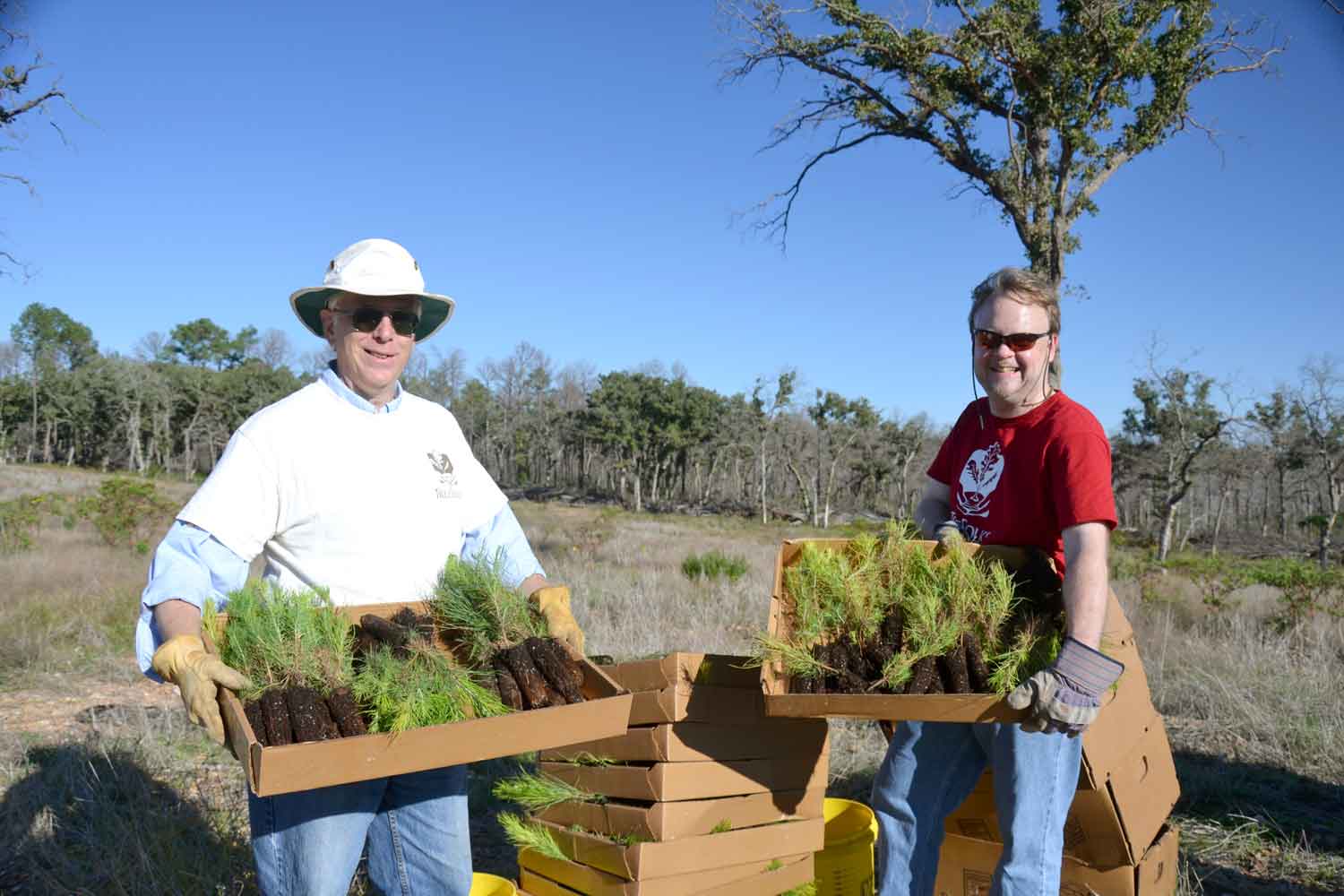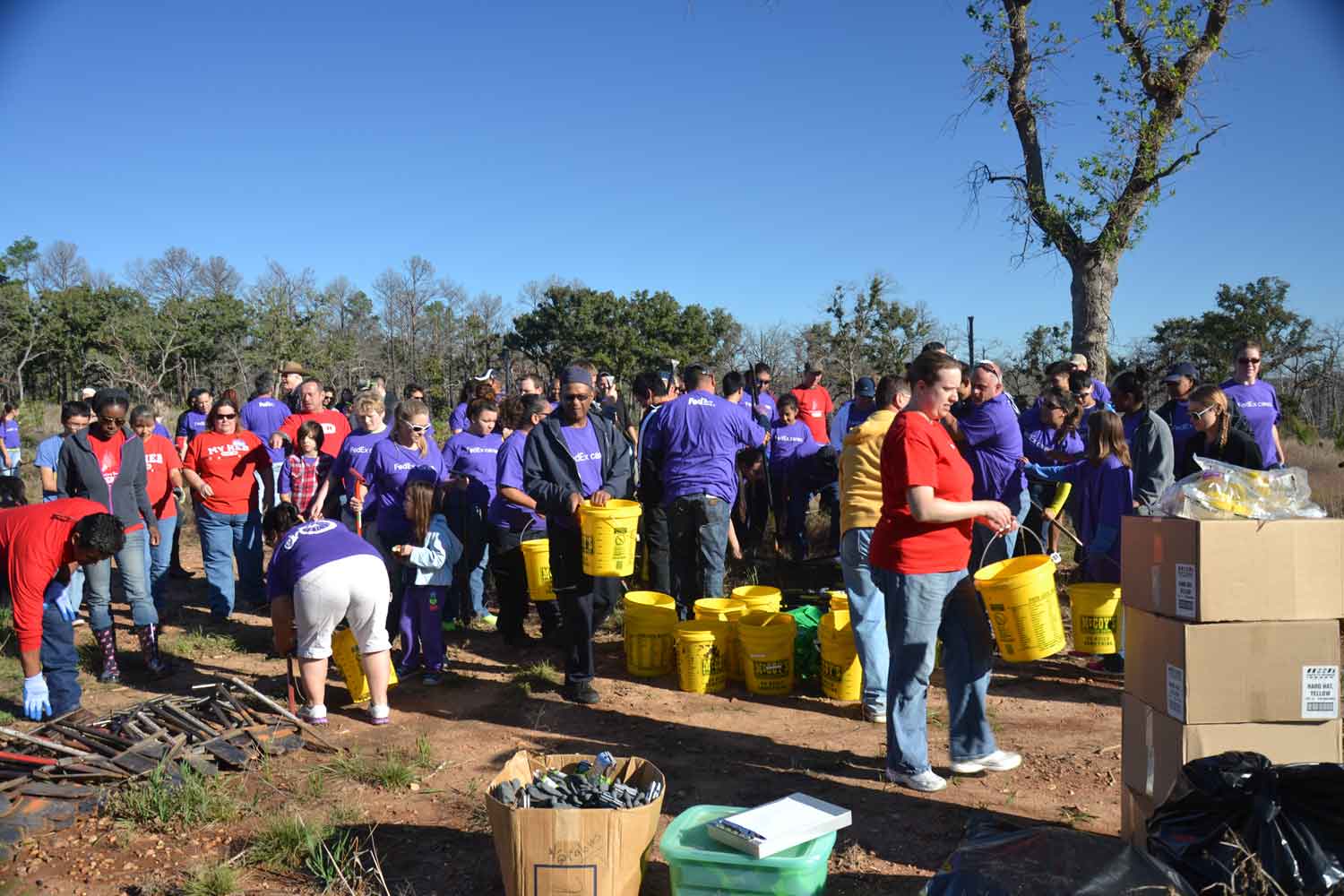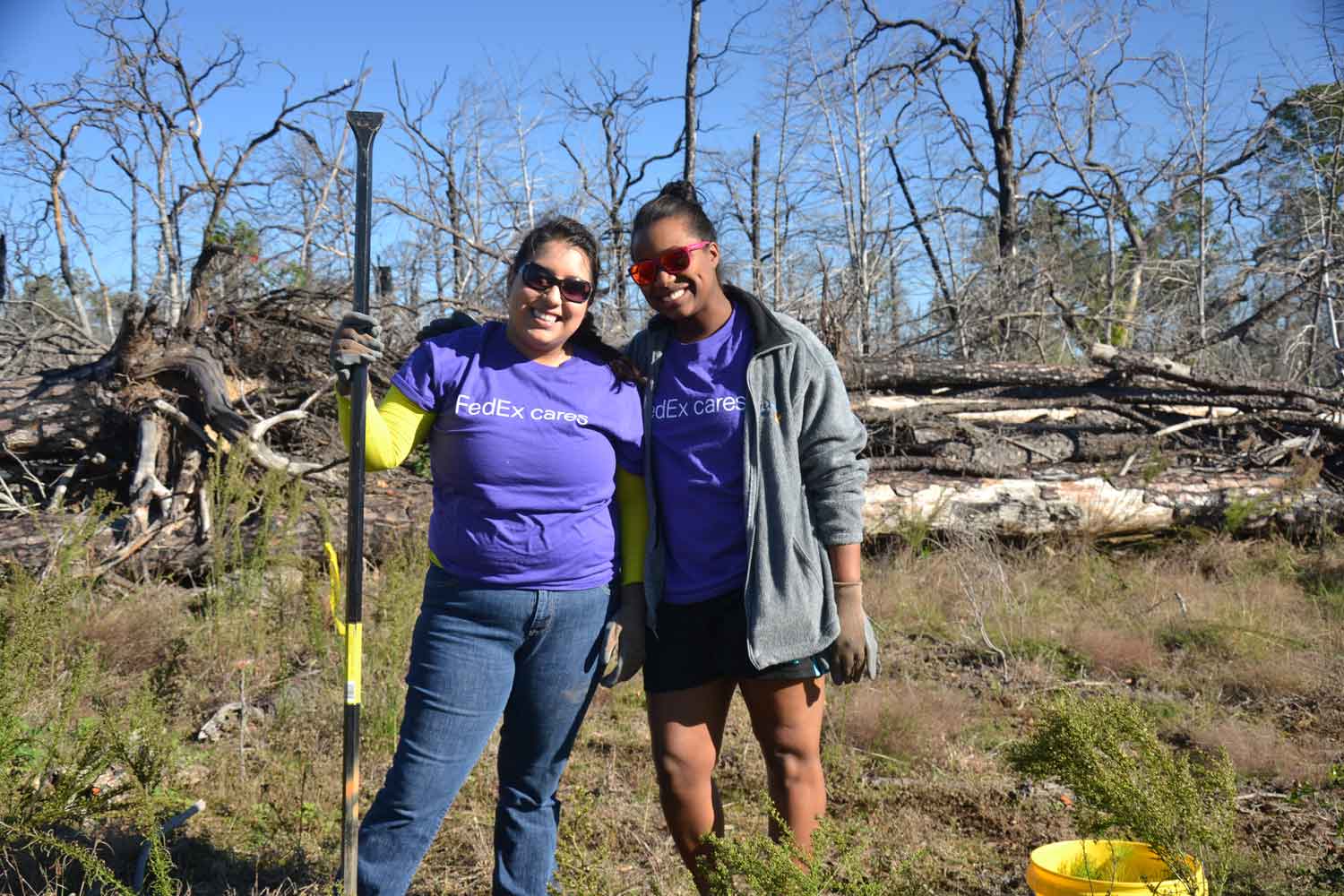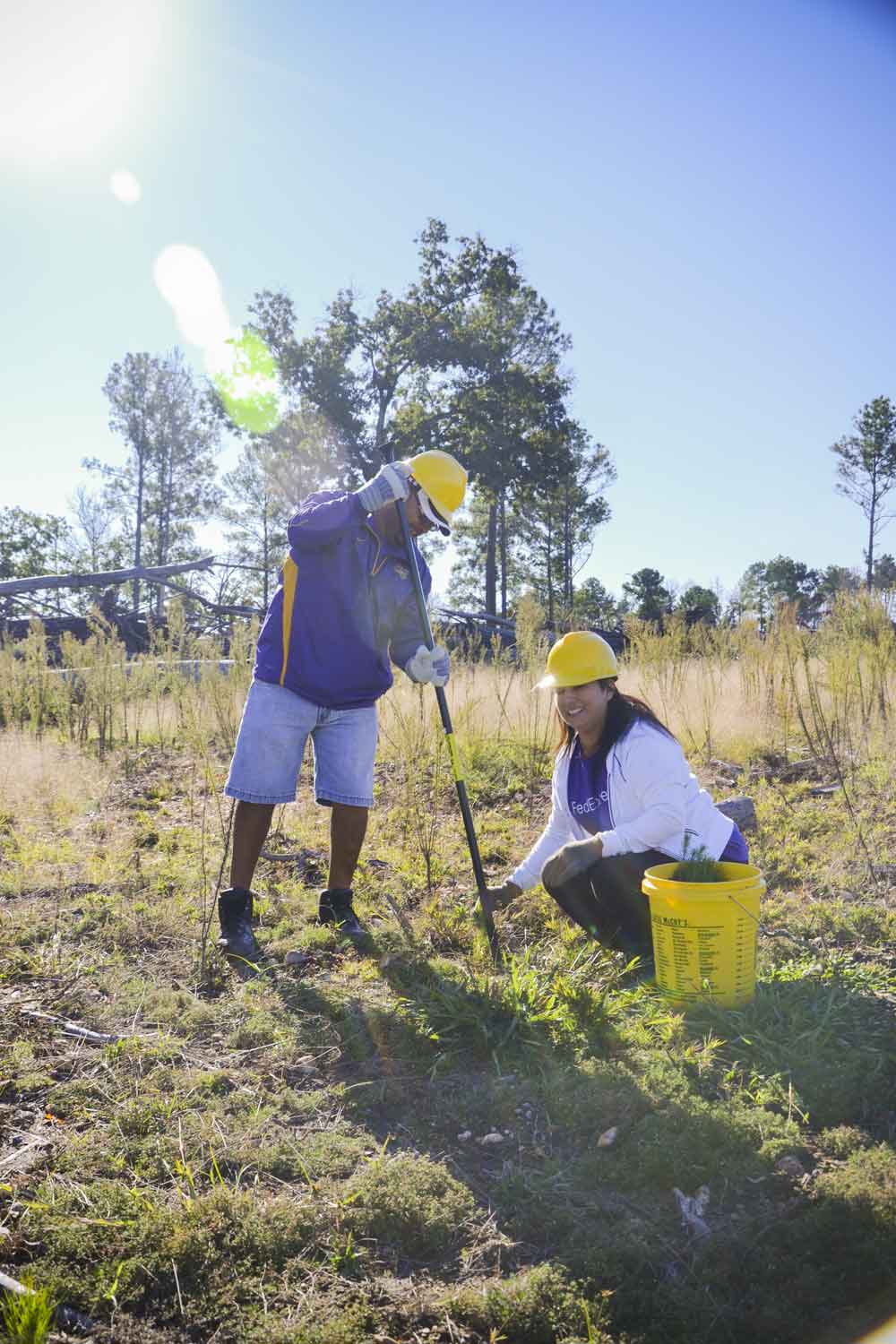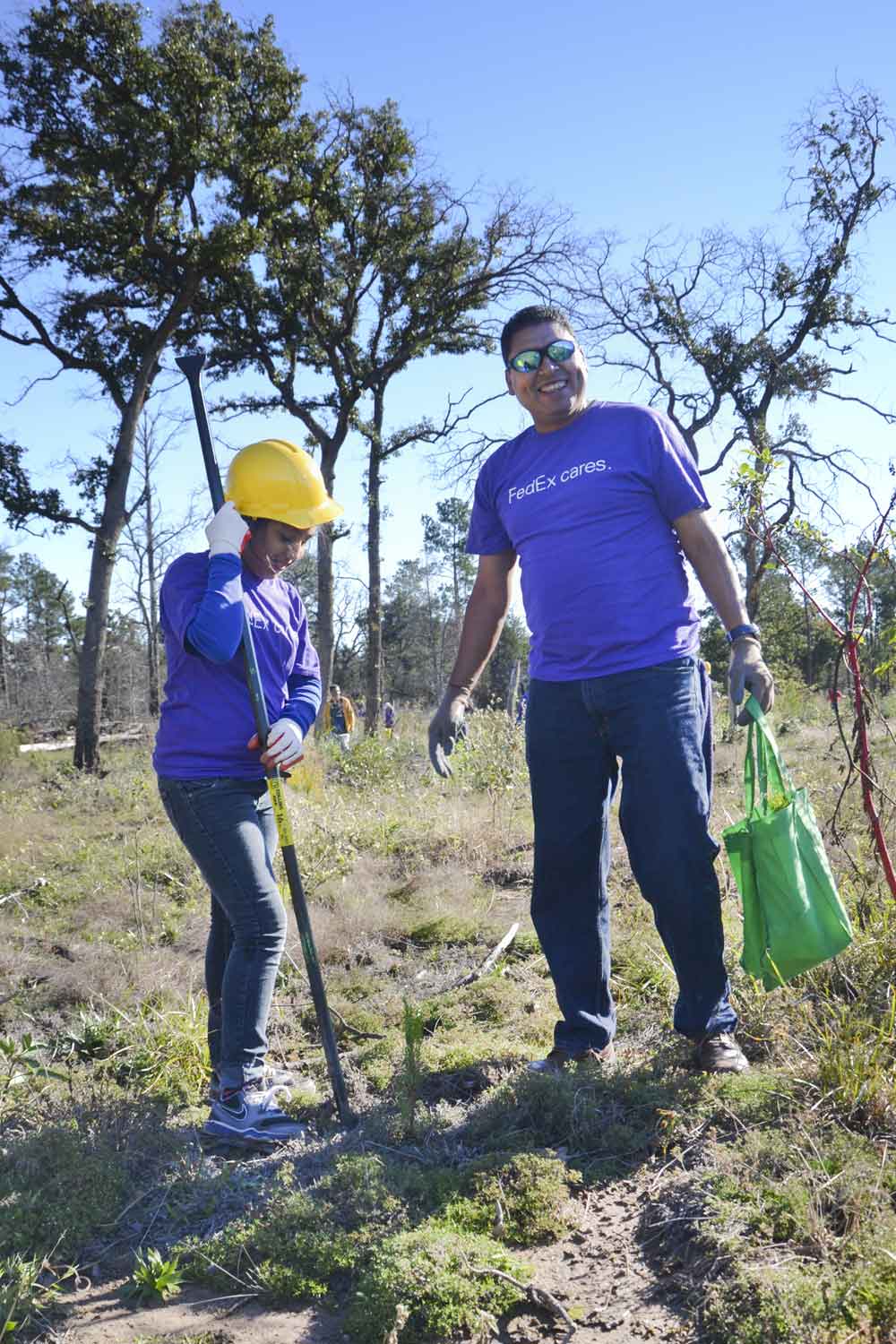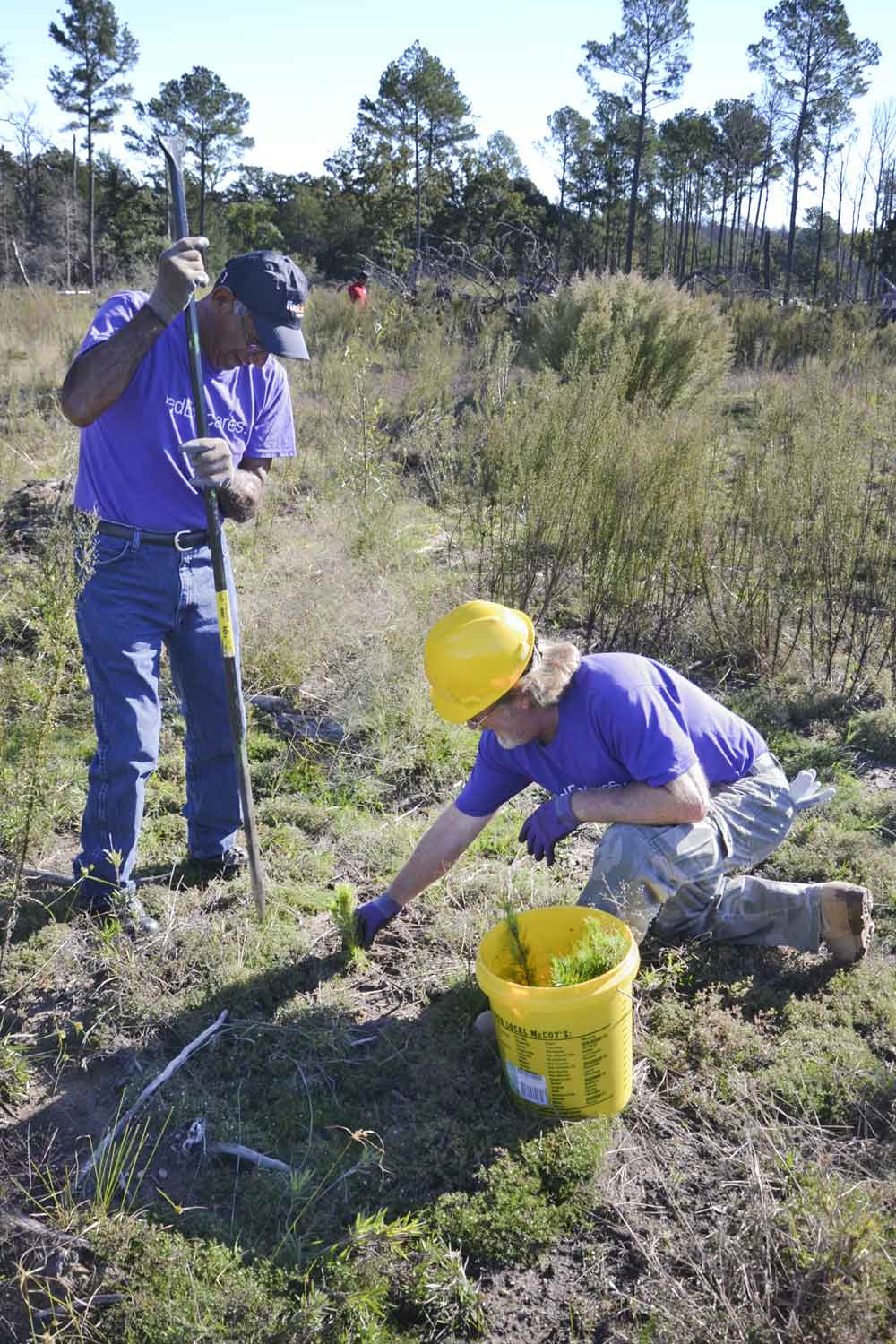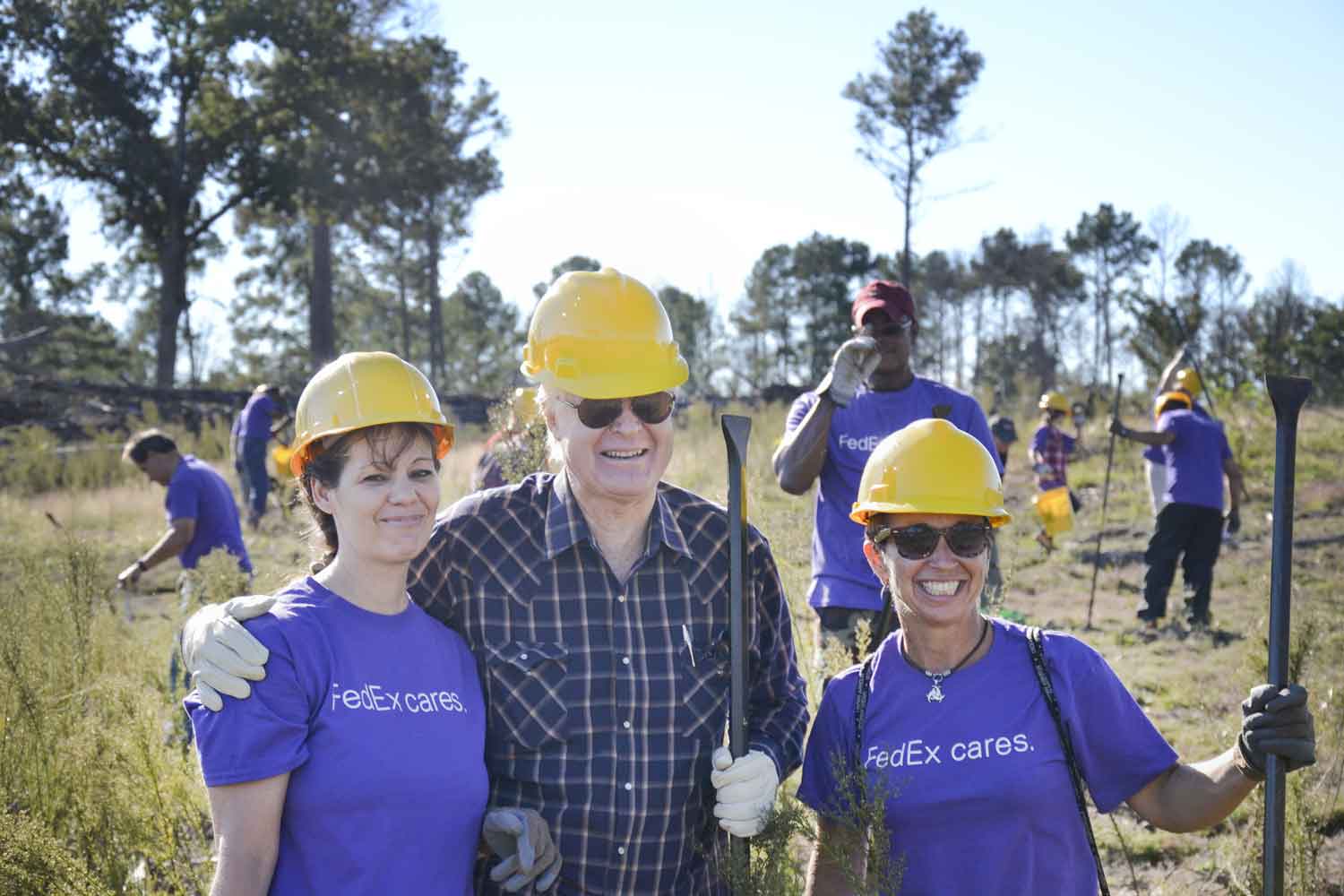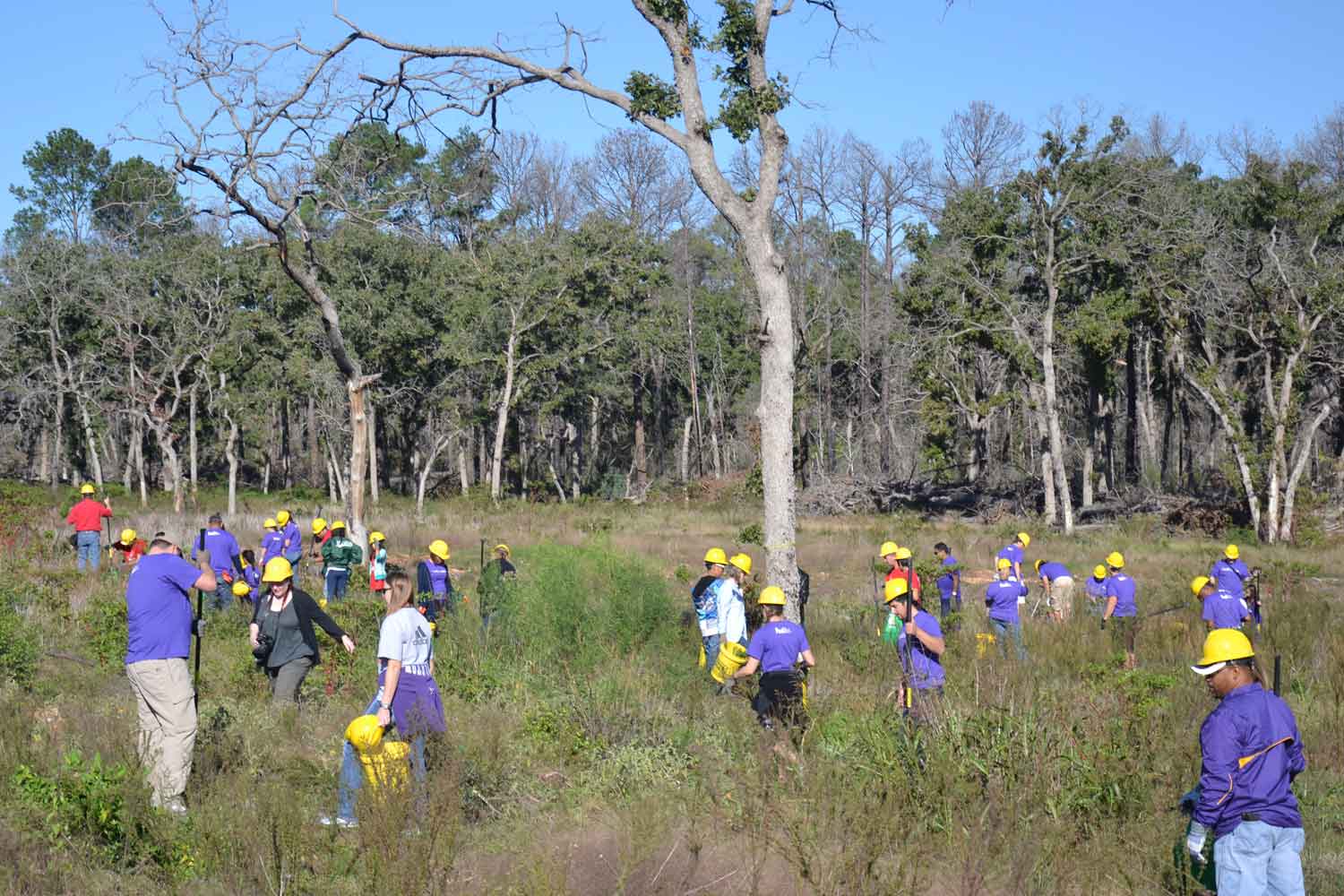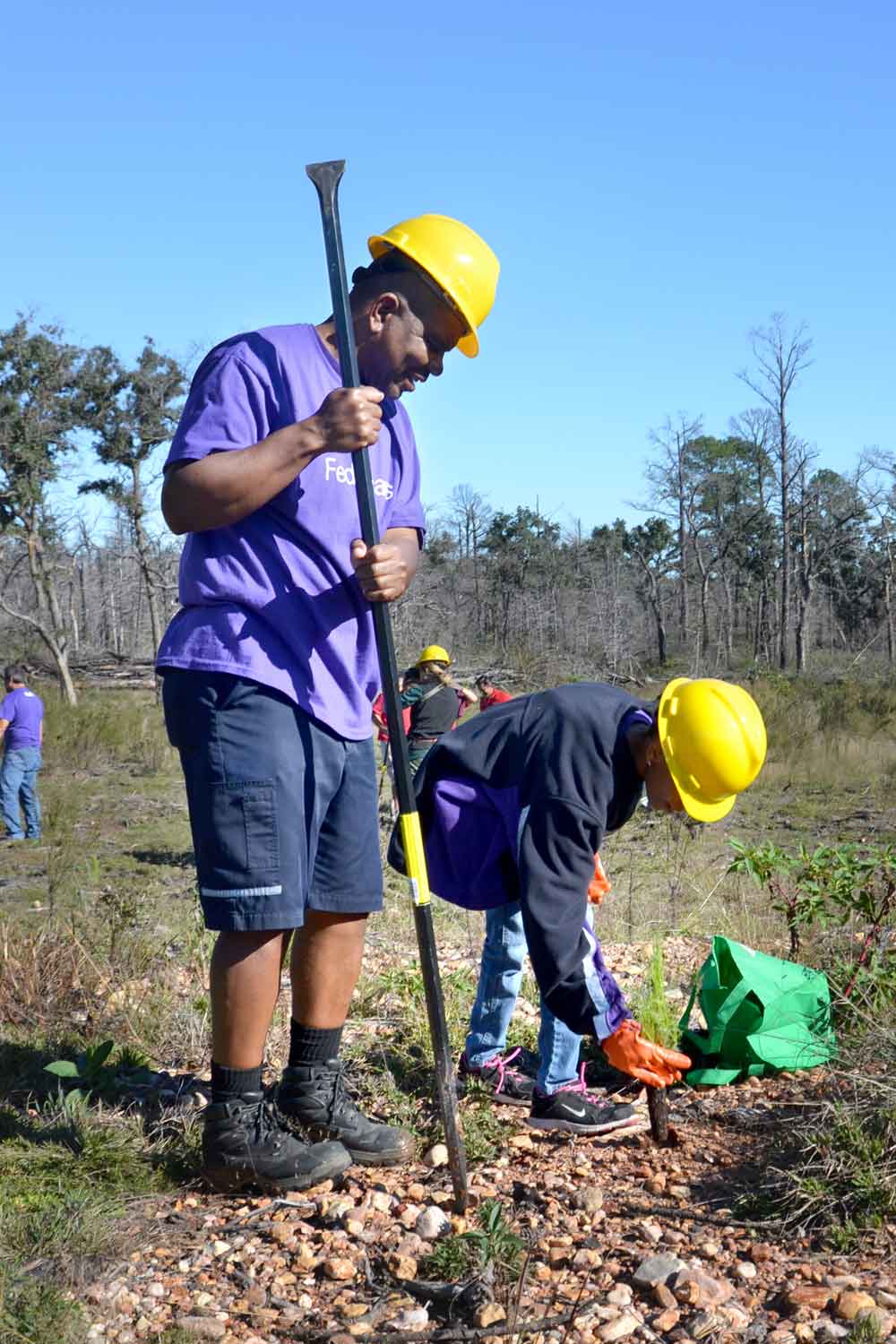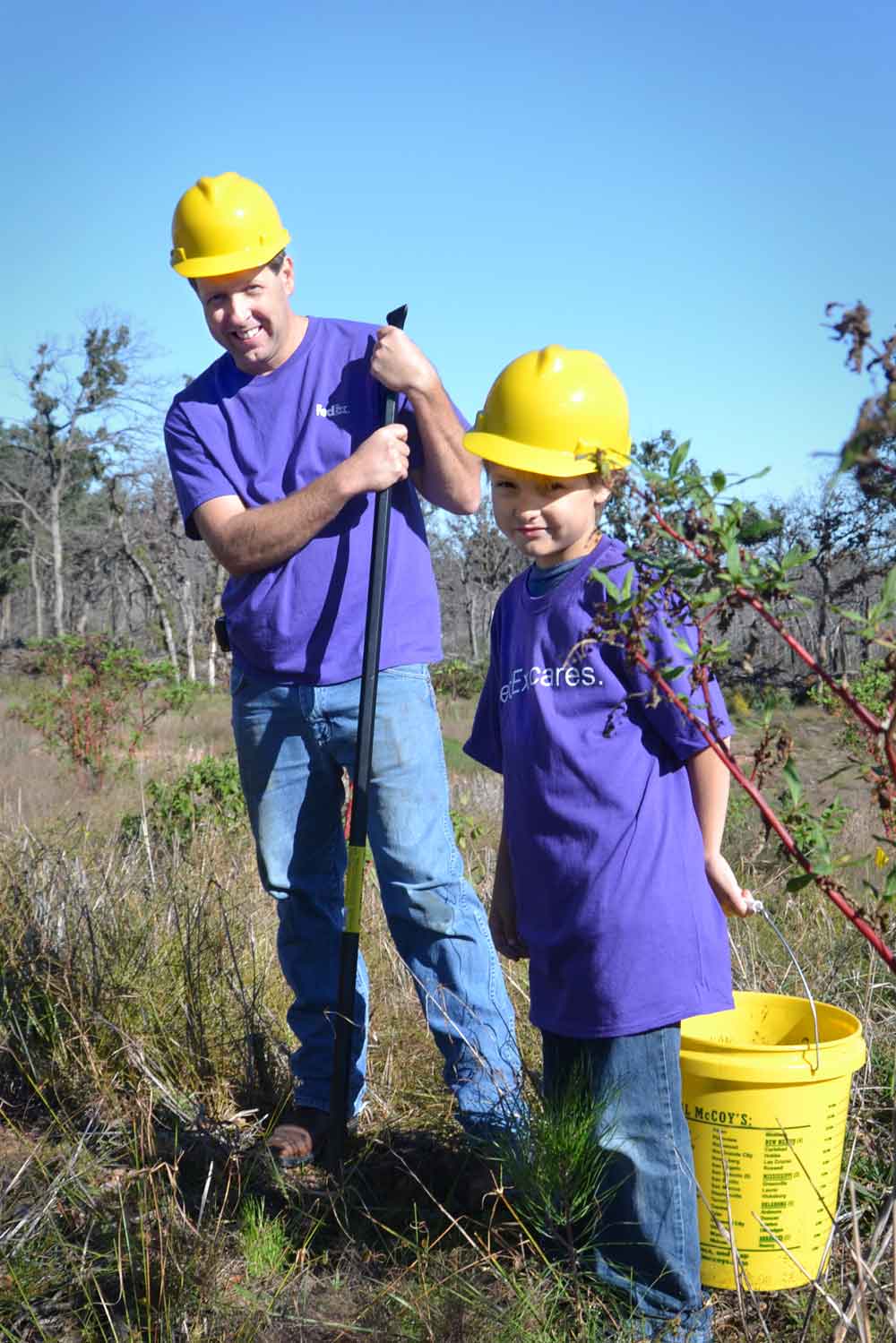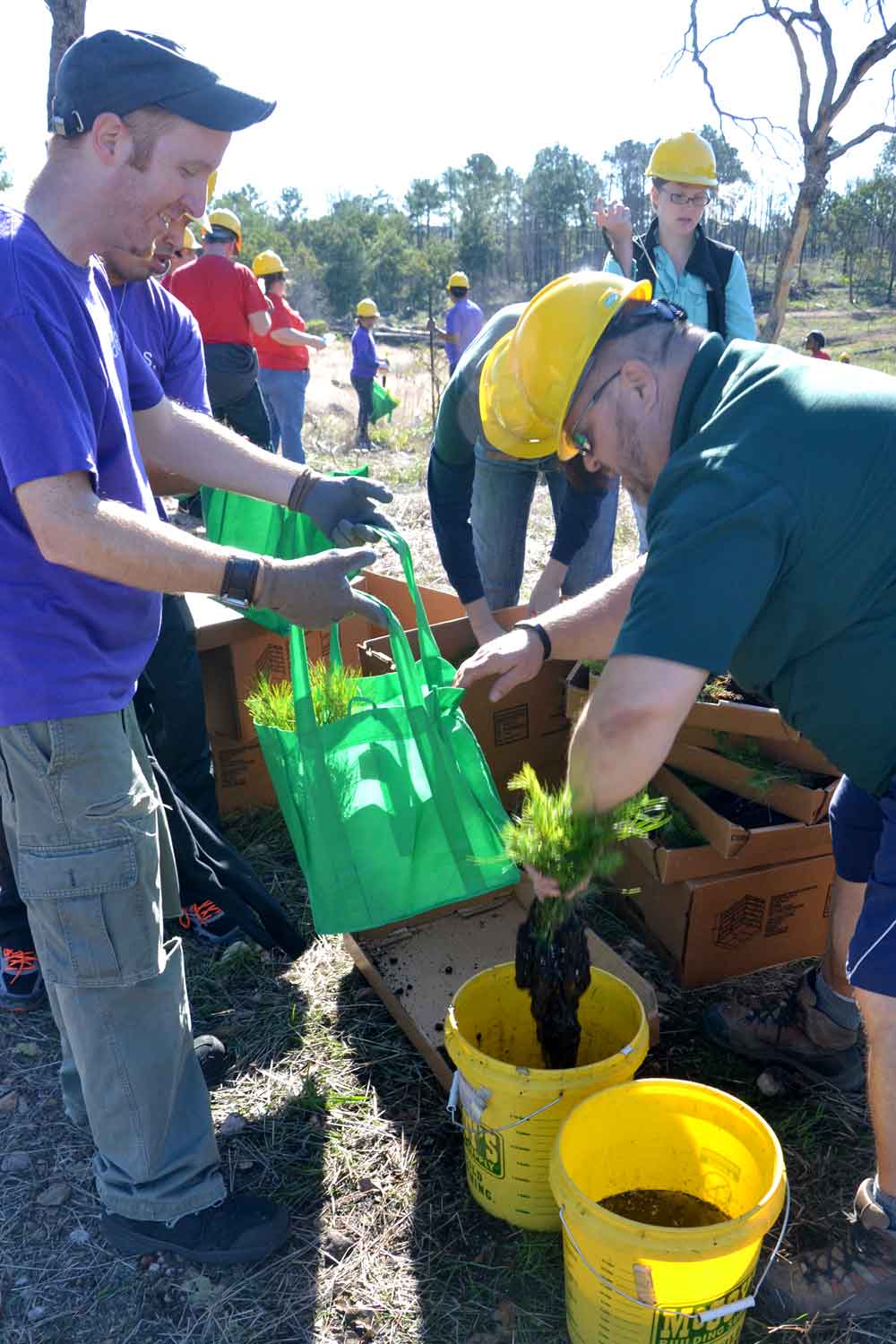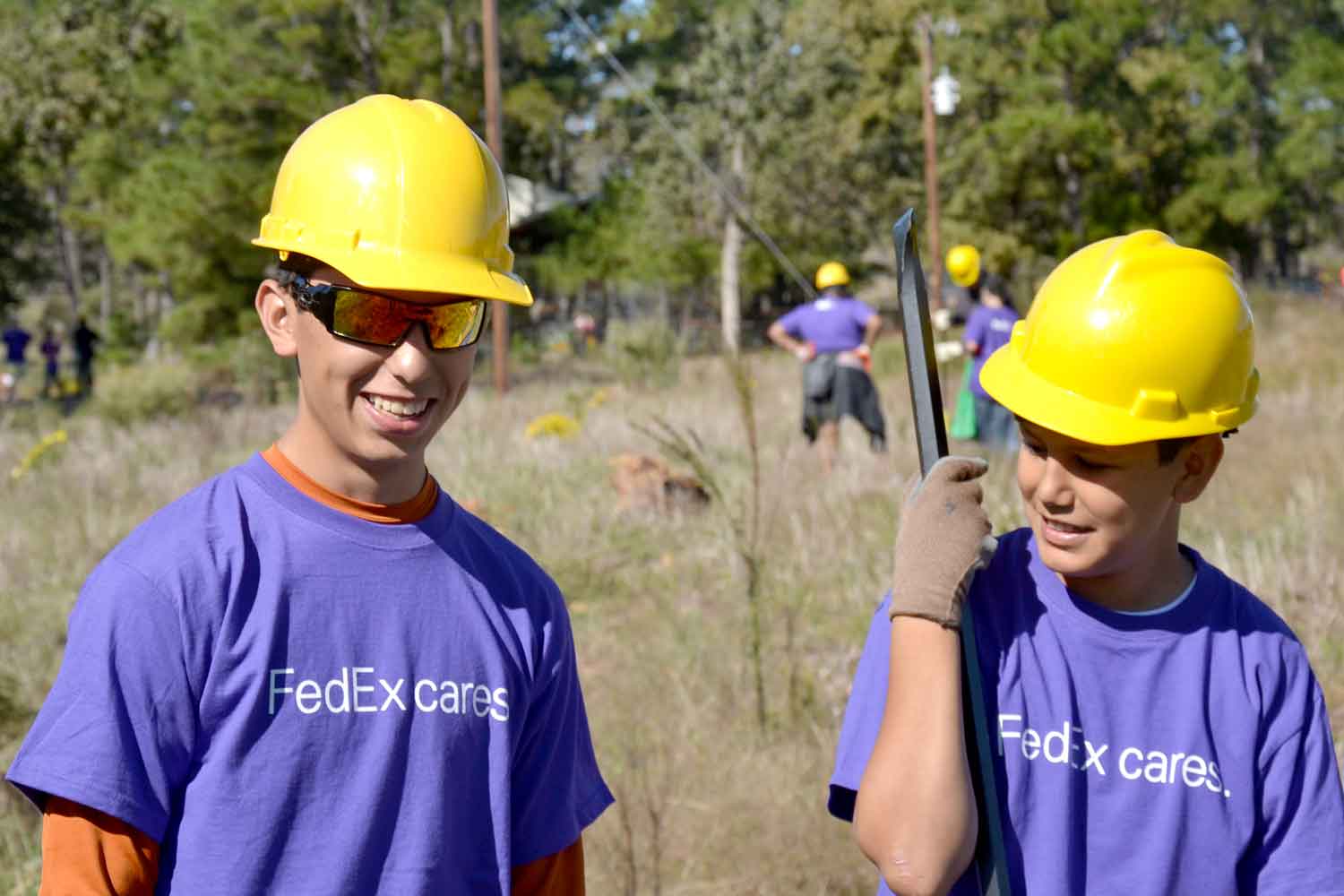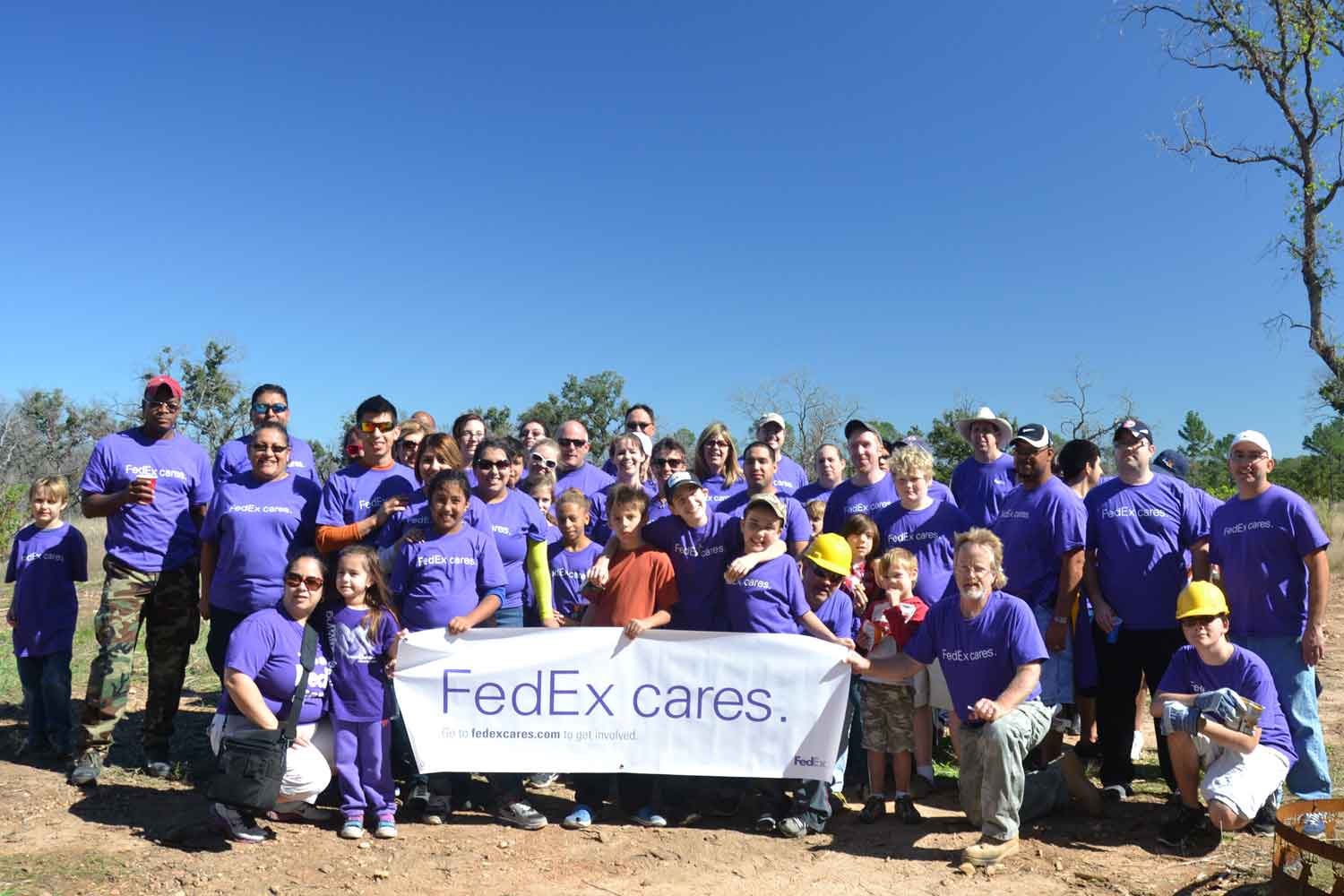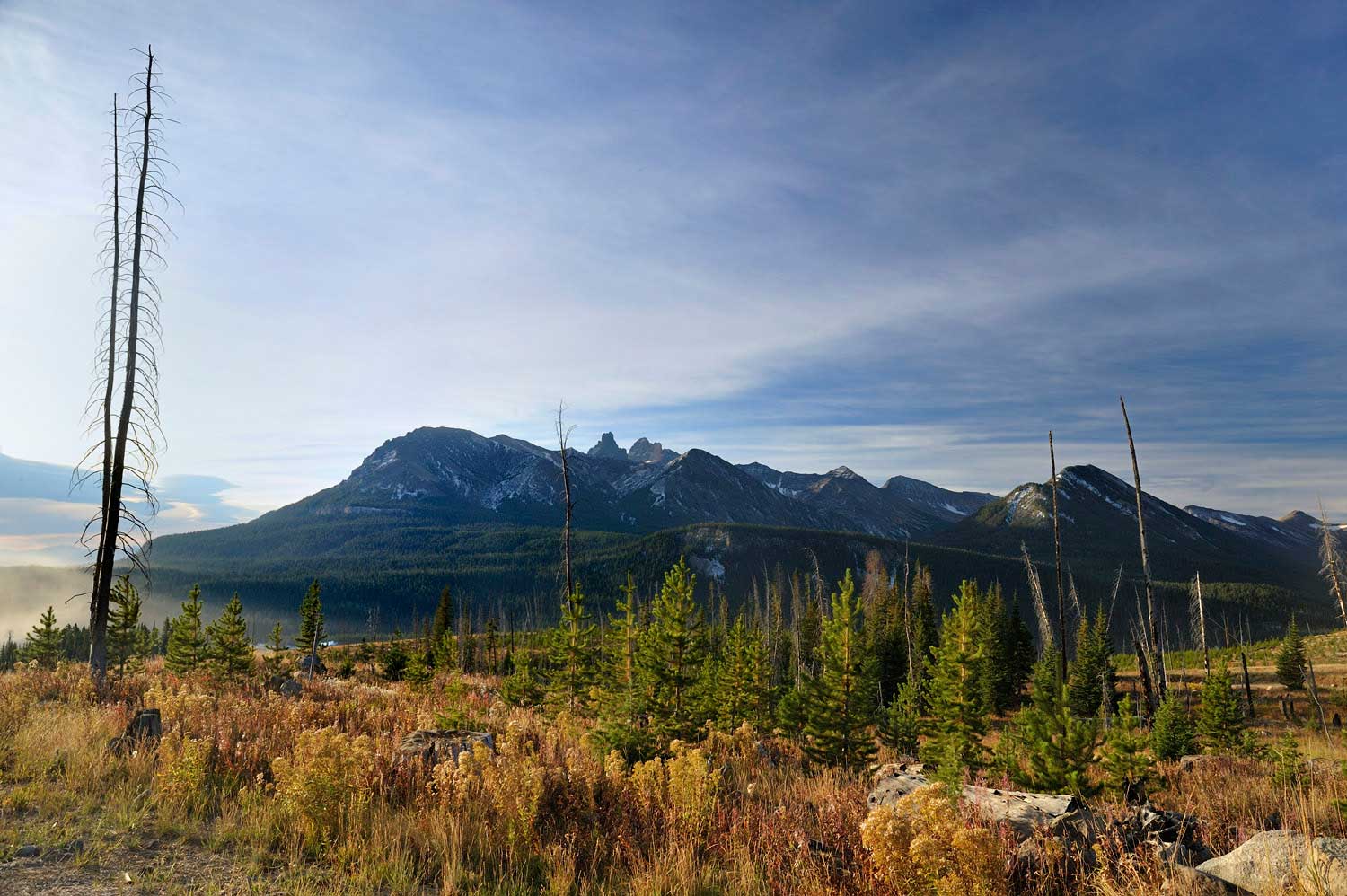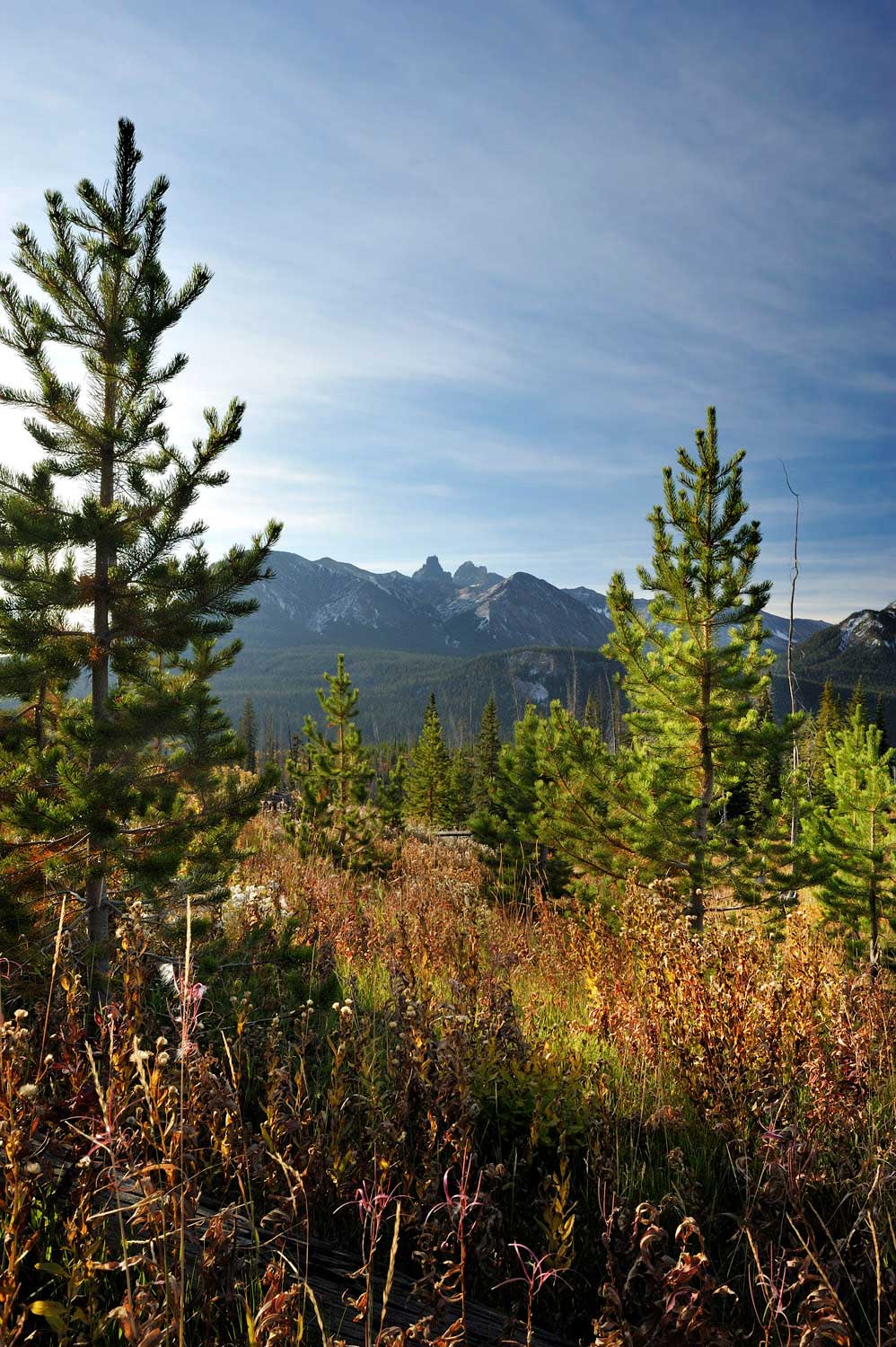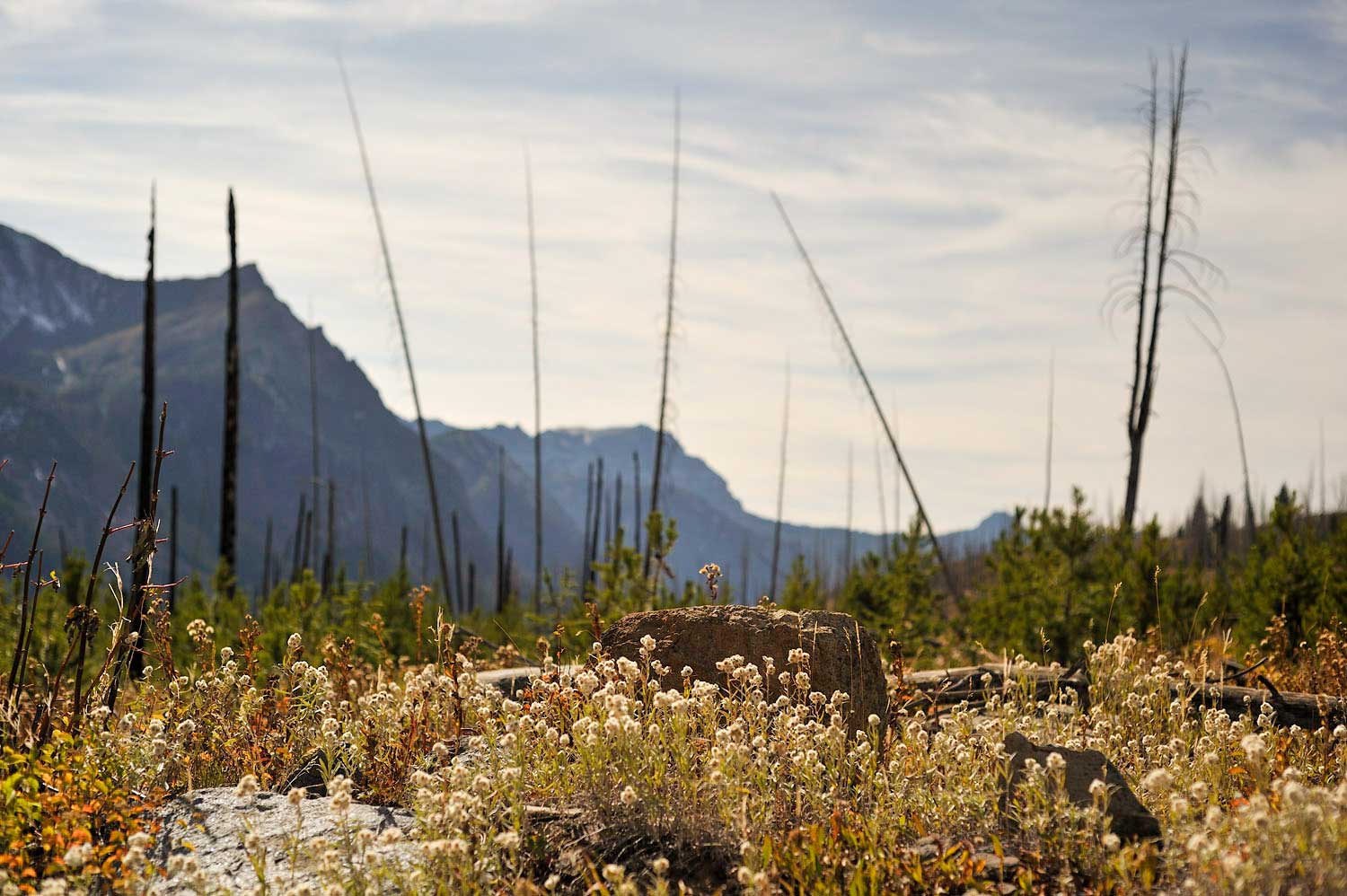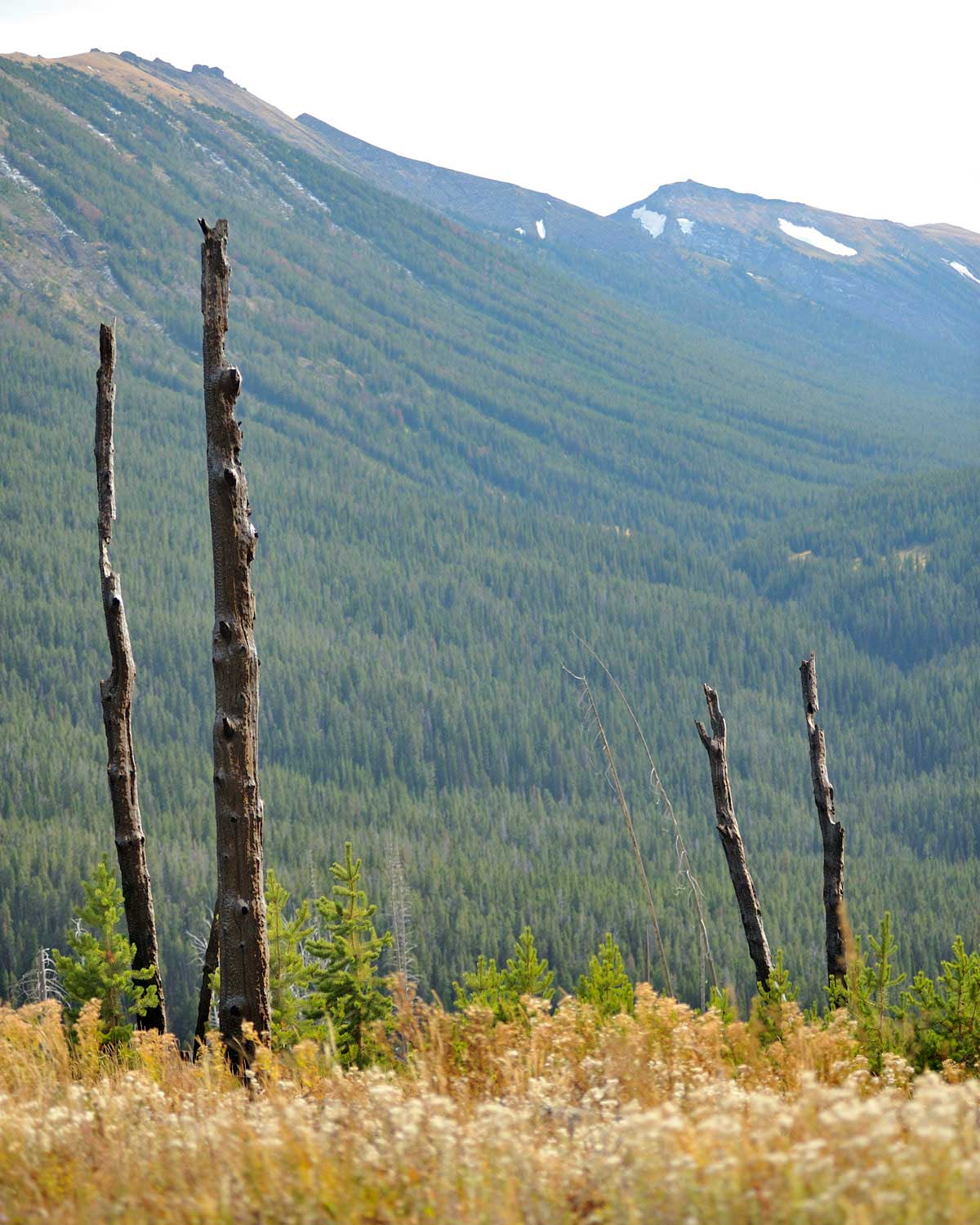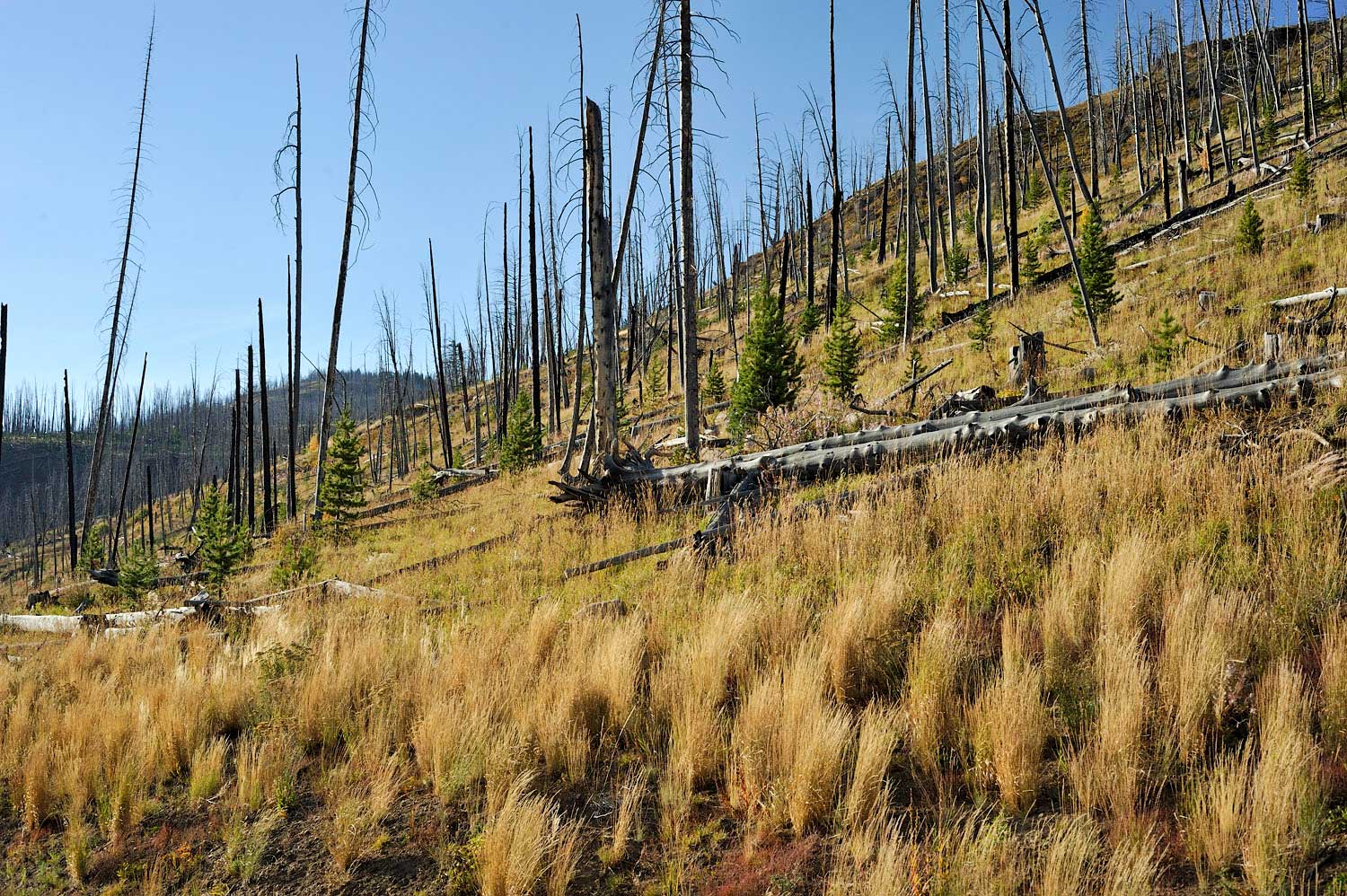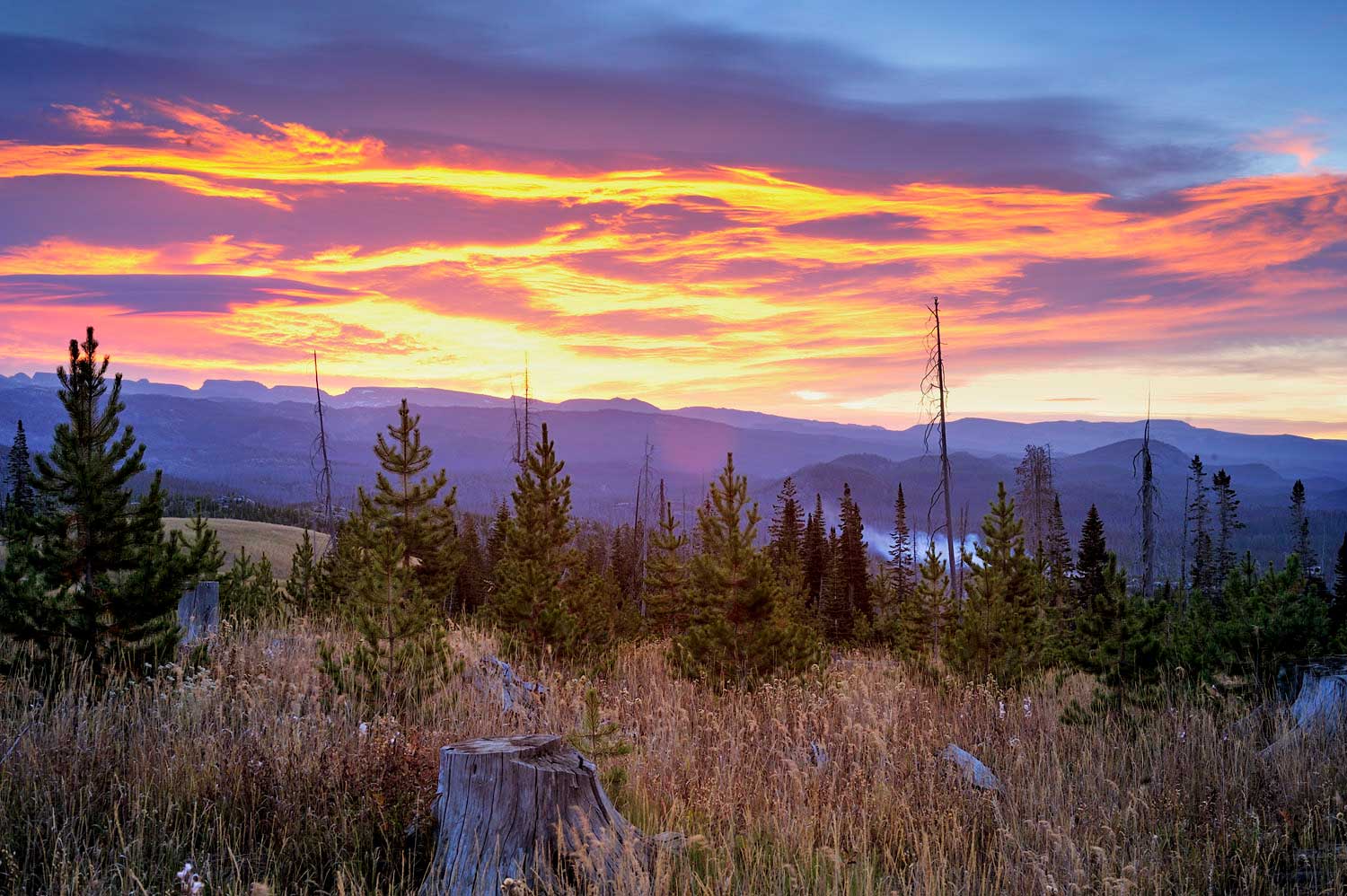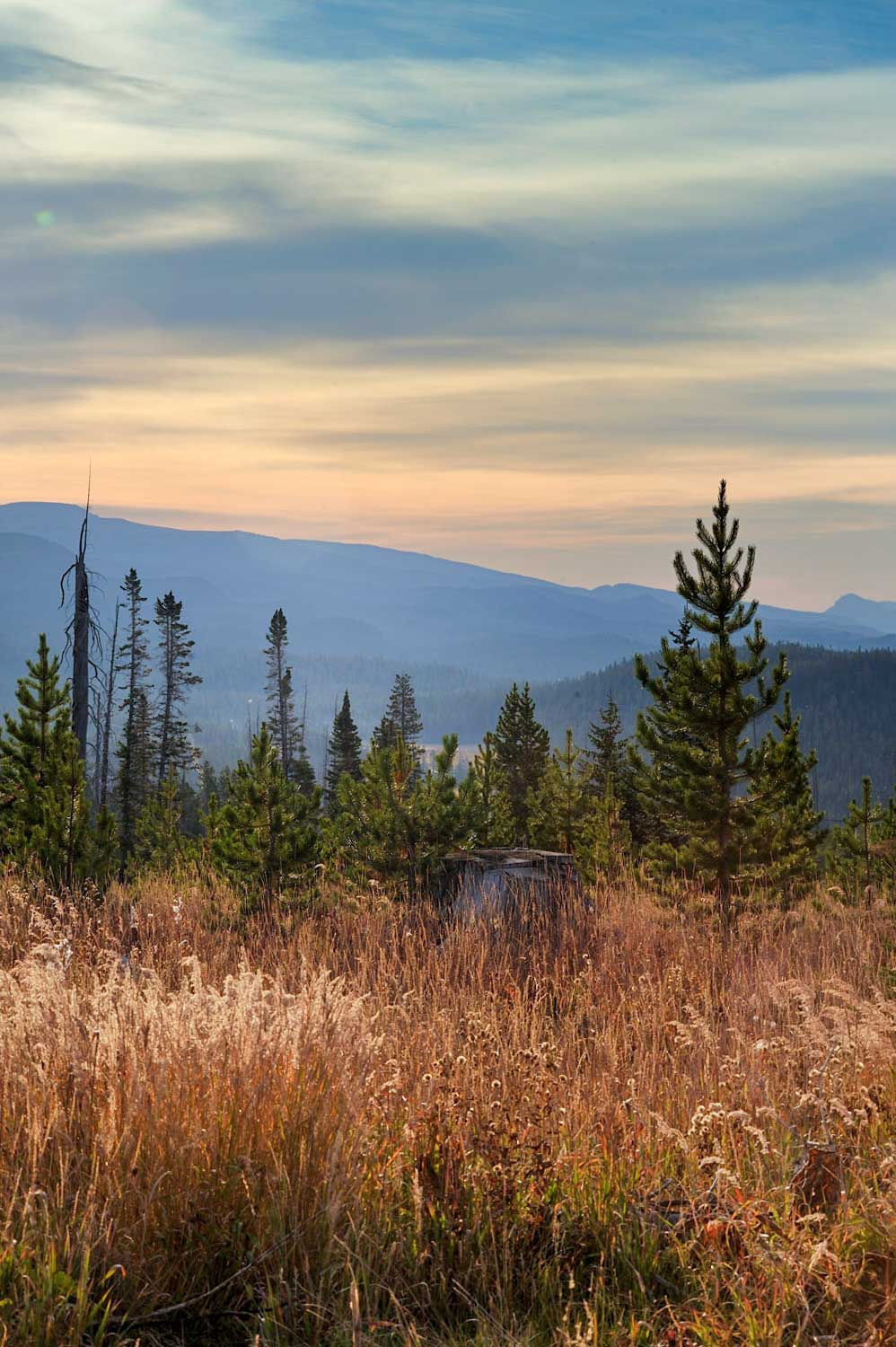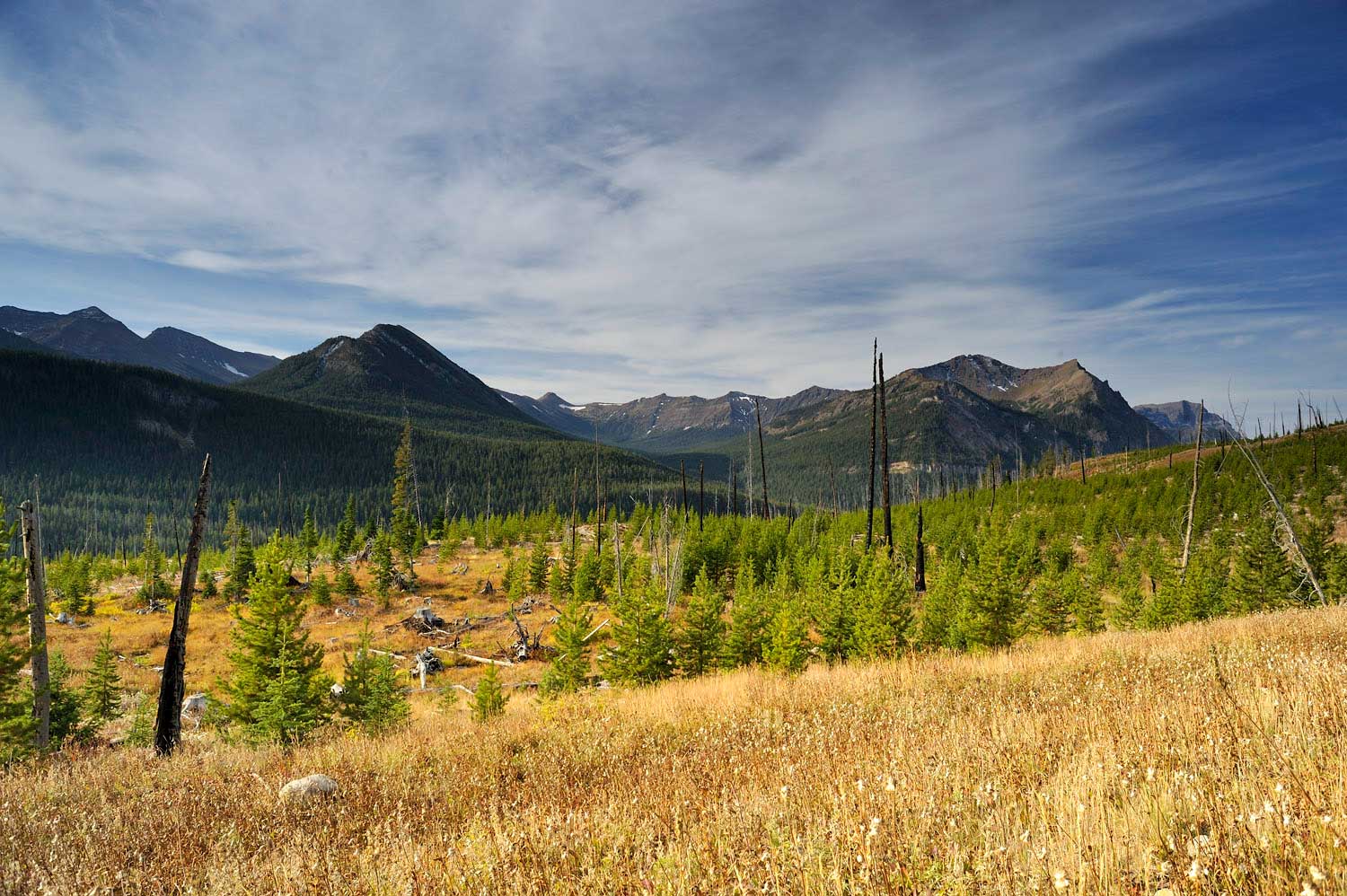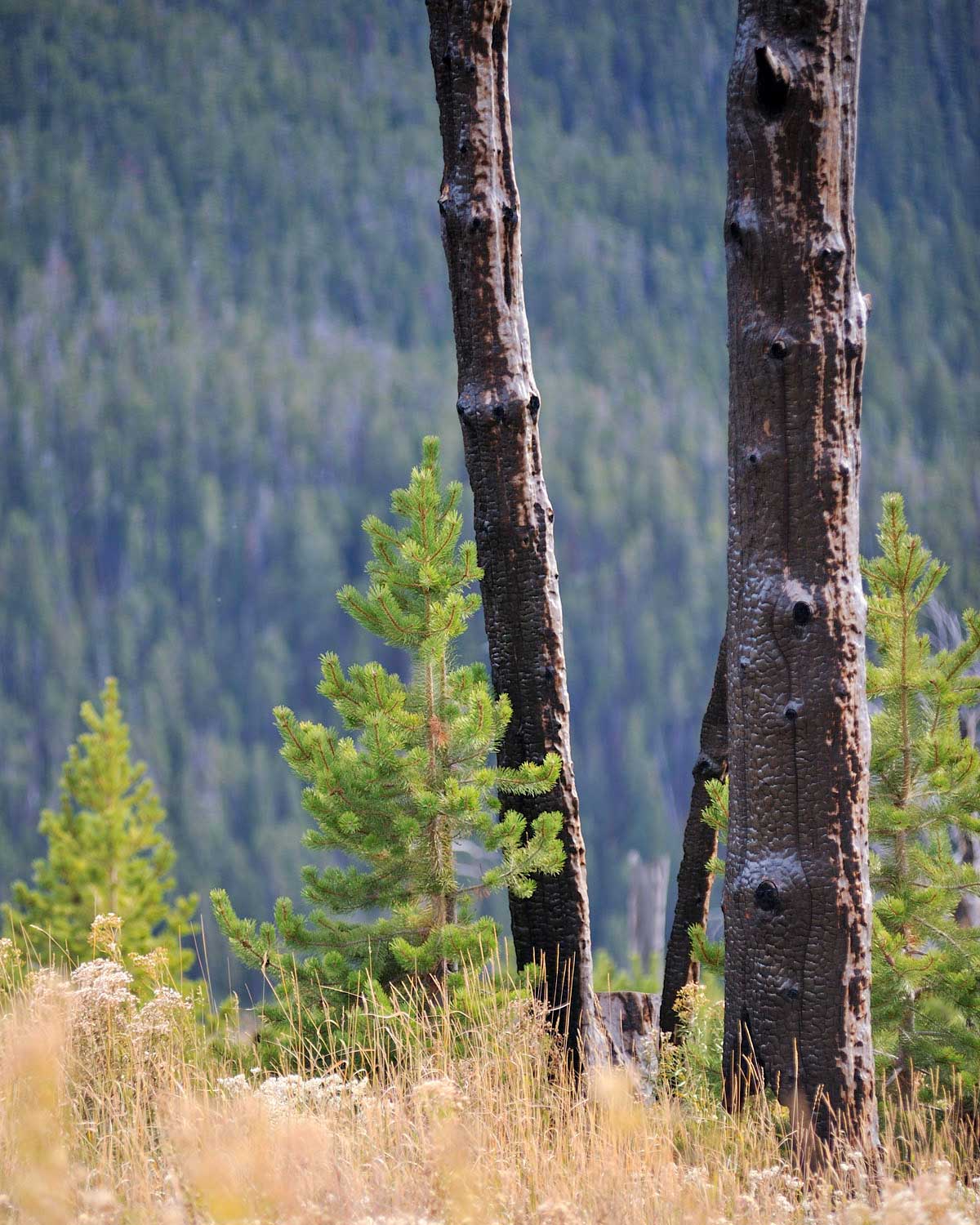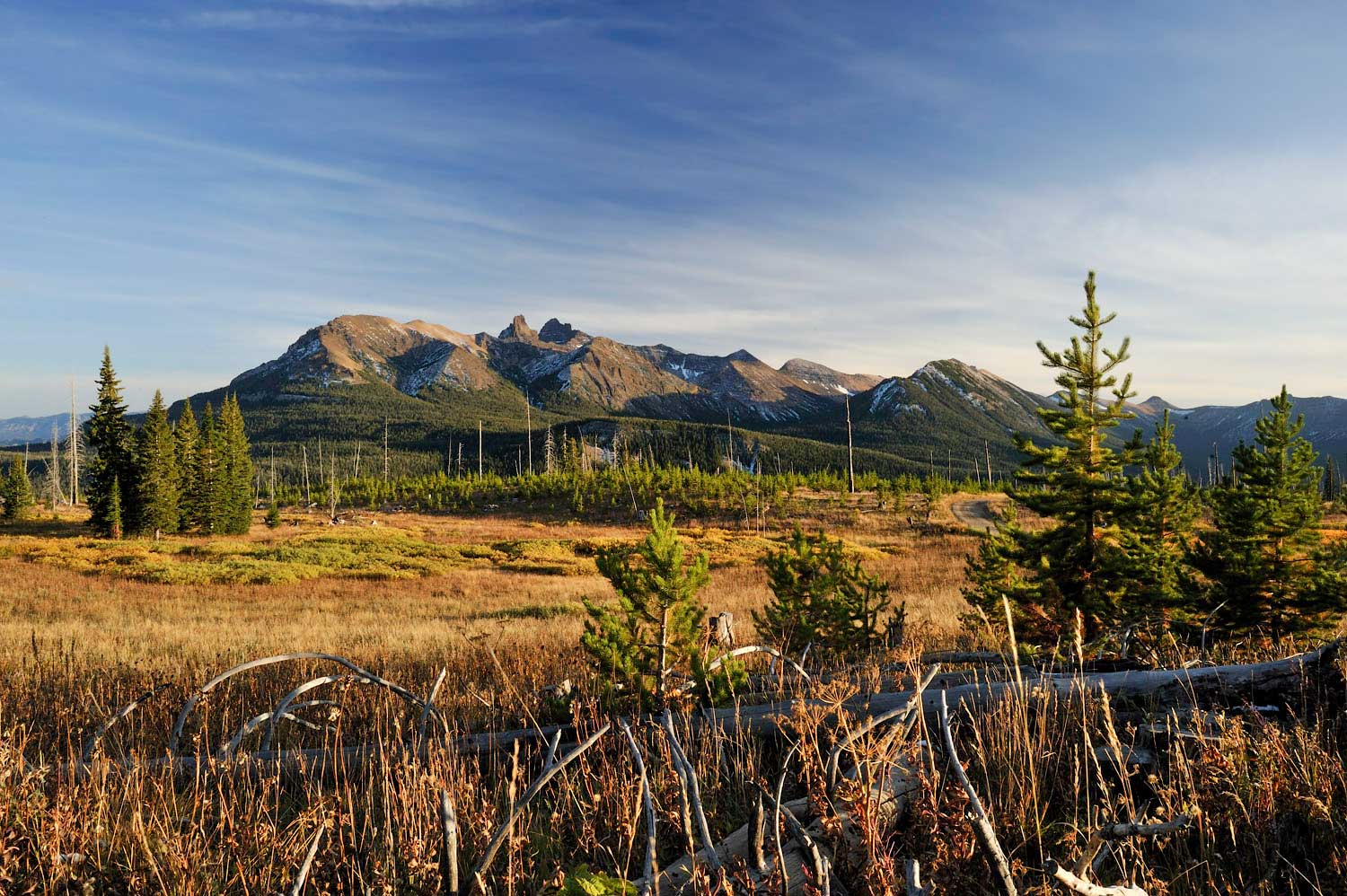Restoration at Scale
Recent Arbor Day Foundation Wildfire Recovery Projects
Leading Restoration for More Than Three Decades
Below are some examples of the impact made possible by a collective drive to restore forests after fires.
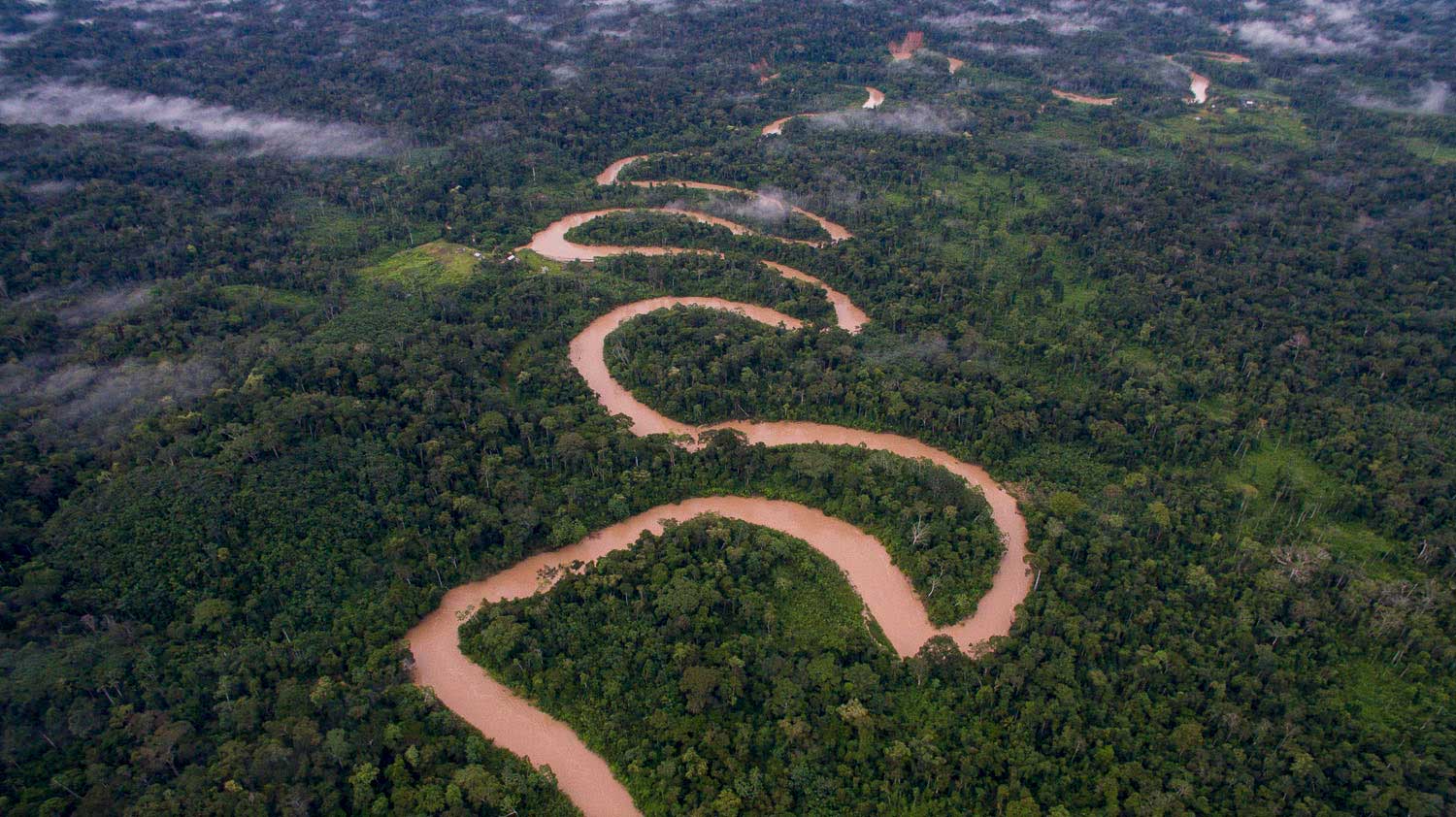
Amazon Rainforest Fires Brazil
Amazon Fires and Supporting Indigenous Peoples
In the summer of 2019, the Brazilian Amazon experienced the worst uncontrolled fires in its history; more than 80,000 fires were reported in the country by the National Institute for Space Research (INPA). Strong political rhetoric favoring the expansion of agribusiness led to nearly an 80% increase in forest fires compared to the same period in 2018. Considering that 98% of Brazil’s indigenous lands are in the Amazon, last year’s fires were particularly devastating to indigenous communities. INPA estimated 3,553 fires burned on 148 indigenous territories, including the lands of the Gavião and Zoró.
The Arbor Day Foundation is working together with Forest Trends to support the Gavião, Zoró and several other indigenous groups in the Brazilian Amazon to prevent future fires from destroying their homelands. Working directly with these indigenous communities, we will be planting 1 million trees to provide food security and economic alternatives for generations to come. This unprecedented effort will not only put trees in the ground but strengthen the resilience of these communities to safeguard their forests and prevent it to go up in flames.
Stronger communities are less vulnerable to forest fires. Through an intensive multi-purpose reforestation strategy, the Arbor Day Foundation and Forest Trends will establish agroforestry systems focused on food security and community-based enterprises. In addition, technical support on fire prevention will complement the investment in reforestation. This first project covers an area of 1.5 million hectares of indigenous rain forest lands, conserving massive biodiversity and huge carbon stocks. For millennia, indigenous people have safeguarded the Amazon, proving that it is possible to balance economic and ecosystem health. To stop deforestation and prevent future fires, we can learn from that example, re-imagining an Amazon economy that thrives when its forests and people do.
Photo Gallery
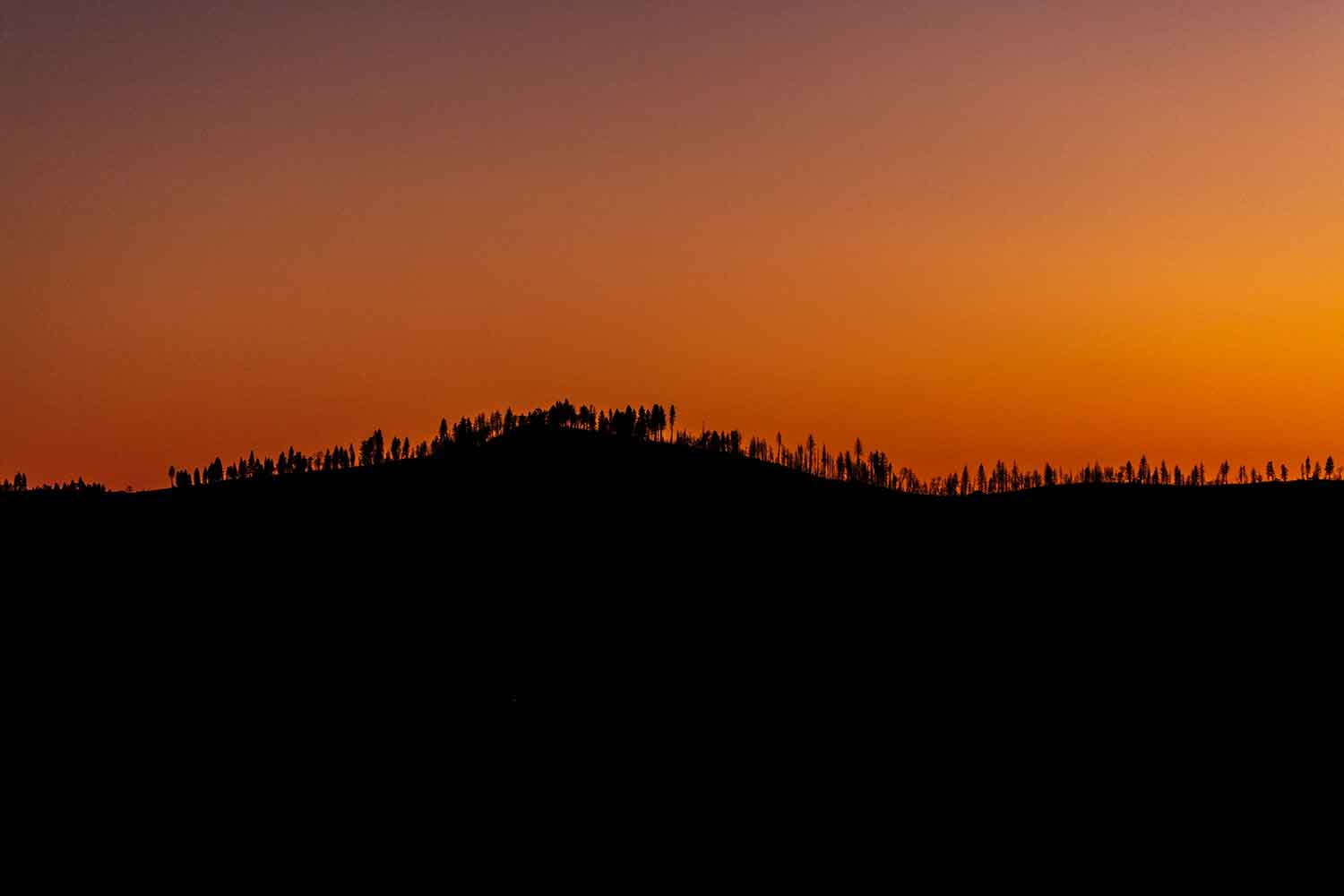
Camp and Carr Fires California
California Wildfire Restoration—Camp and Carr Fires
The magnitude of the 2018 California wildfire season was unprecedented. Extreme loss of life and property due to the Camp and Carr fires was particularly devastating. Between July and December, an estimated 8,000 fires burned across California, consuming more than 1.8 million acres of forestland. Five fires alone—Carr, Mendocino Complex, Camp, Hill, and Woolsey—combined to destroy more than 22,000 structures. 98 people lost their lives.
The Arbor Day Foundation is working together with the American Forest Foundation and the Department of Agriculture among other local groups, replanting trees on a large-scale in the Camp Fires burn scar of Paradise, California. The forest will never be the same. A necessary mix of tree species are being planted. More fire-resilient, native tree types have been chosen to prevent future destruction. The oak to pine ratio previously was 20 percent oak to 80 percent pine. However, that ratio will likely be reversed for greater forest resilience.
Overall, the Arbor Day Foundation has made California wildfire recovery a high priority, initially targeting 3,000,000 trees and around 10,000 acres in the Carr, Delta, and Camp fire footprints. Importantly, these forest restoration projects occur on both private and public forestlands serving as an important reminder that forest fires do not adhere to property lines. Fires moving across landscape ownership boundaries creates complexities and opportunities for uncommon collaborations such as the Wildfire Restoration Collaborative.
Photo Gallery

Tubbs Fire California
California Wildfire Restoration—Rebuilding Santa Rosa Neighborhoods
In 2017, the Tubbs Fire was the most devastating in California state history, raging through the city of Santa Rosa, with more than one thousand homes reduced to rubble. All that was left of neighborhoods lost to the Tubbs Fire were blackened soil, driveways, and sidewalks. To bring hope as the community rebuilds, planting efforts and tree distributions are helping to restore the beauty and utility of Santa Rosa’s neighborhood trees.
The quieted streets of Santa Rosa’s Fountaingrove neighborhoods are still lined with charred trees, standing and toppled, that await removal. They were torched in the Tubbs Fire that raged through here, burning more than 1,400 houses. A few homes are beginning to rise from the ashes. But on April 21—the start of Earth Day weekend—to signal the revival of this fire-blackened neighborhood, more than 100 volunteers gathered to plant native oak trees and other species.
Press Democrat staff writer, Nick Rahaim
On the Earth Day weekend of 2018, a collective urban reforestation effort in Santa Rosa neighborhoods was undertaken, with Comcast and the Arbor Day Foundation providing trees and planting materials, and the California Urban Forests Council and the Fountaingrove II neighborhood association taking care of planning and logistics. Volunteers planted hundreds of new trees in the fire-ravaged Fountaingrove neighborhood.
More recently, efforts were made to manage future urban forests and reduce the chances of such a tragedy occurring again. Instead of Douglasfir and bay trees, which had been allowed to grow too close together and were extremely susceptible to the blaze, oaks have been chosen as a practical alternative still native to the habitat. A two-year project began at the end of 2019 to improve the forest’s health by removing standing fuel in high-risk fire areas, culling smaller trees and shrubs, while giving saplings more space to grow. Preserving and renewing the Mark West Creek is also a high priority of the project, in part to protect gravel nests, called redds, where female salmon and steelhead lay their eggs.
Photo Gallery
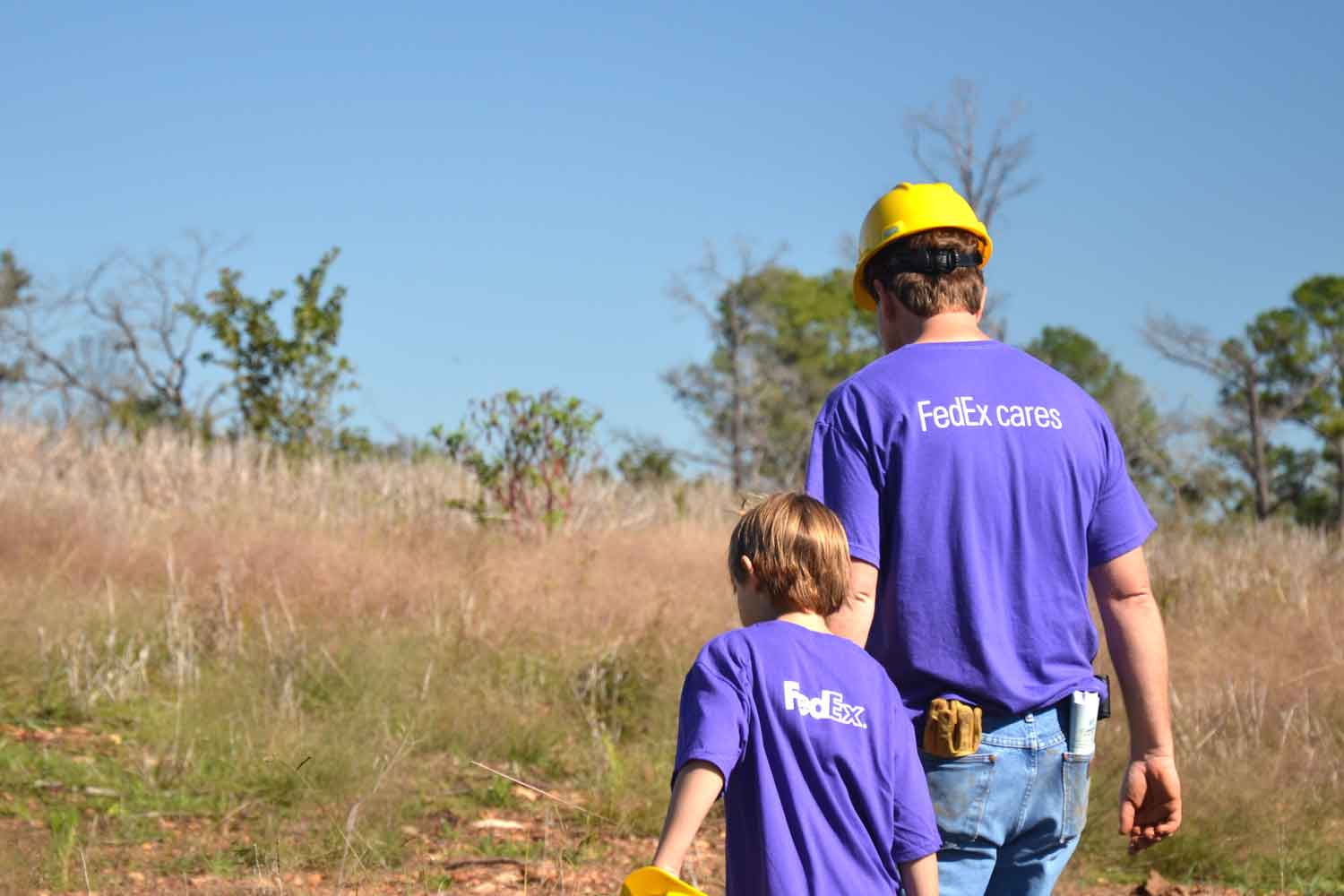
Bastrop County Complex Fire Texas
Texas Wildfire Restoration—Hope and Healing Brings Life Back
The Bastrop County Complex Fire quickly spread across drought-stricken central Texas in September of 2011. By the time flames were finally extinguished, approximately 95% of Bastrop State Park and 32,400 acres of the Lost Pines Forest ecosystem had been severely damaged. Over 1,600 homes were destroyed. It was the single most destructive fire in Texas’ history.
Restoration efforts at Bastrop State Park spanned five years. The fire-ravaged forest is now repopulated with majestic loblolly pine, on its way to restoring it to its original state as one of the most beautiful, unique landscapes in the world. Plans to replant more than 4 million new loblolly pine trees on public and private lands were fulfilled in Bastrop by 2016. Residents and tourists alike are now able to enjoy this unique landscape once more.
Partnering with the Arbor Day Foundation, FedEx played a major role in recovery efforts. Community Tree Recovery is an Arbor Day Foundation initiative that is nationally sponsored by FedEx. The Lost Pines Forest Recovery campaign is in partnership with the Lost Pines Recovery Team, Texas Parks & Wildlife, and Texas A&M Forest Service.
Photo Gallery
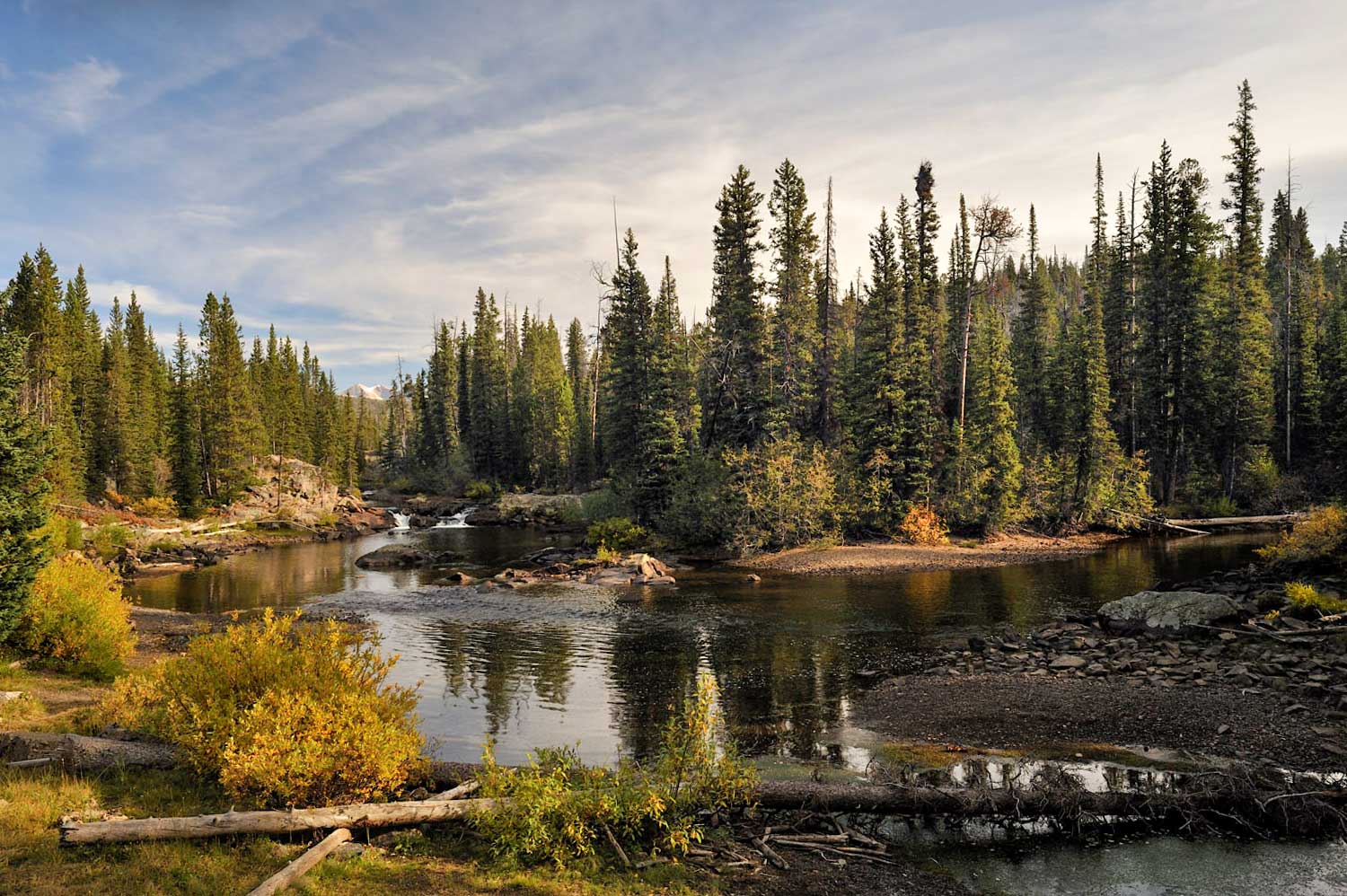
Yellowstone Fires Wyoming
It Began with Yellowstone
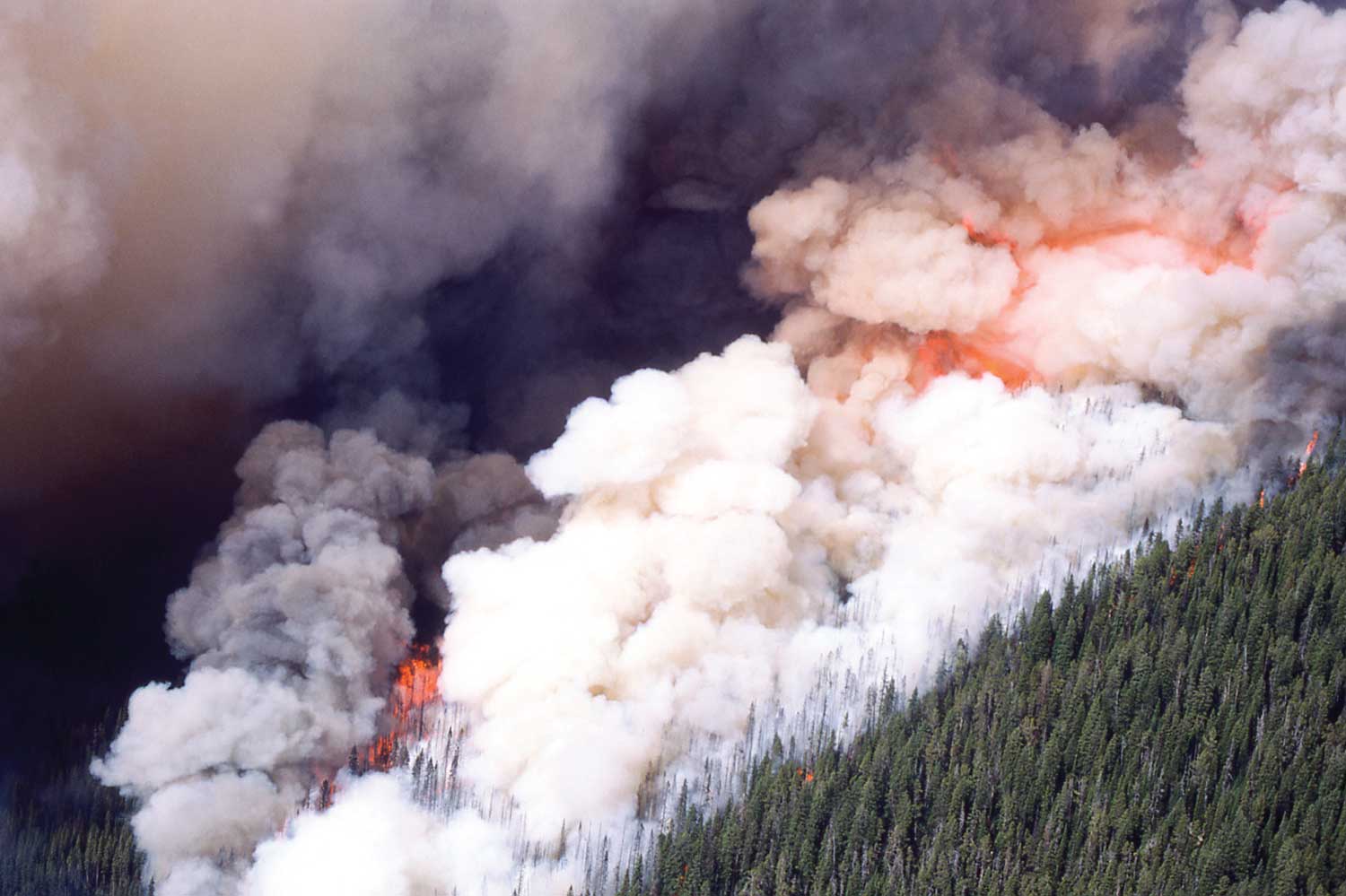
The summer of 1988 was the driest ever recorded in Yellowstone National Park and the surrounding national forests. When lightning struck, more than 1.4 million acres of the greater Yellowstone ecosystem burned so intensely it destroyed the viability of seeds that would otherwise regenerate the forests. The Arbor Day Foundation’s long history of reforestation began there, in the wake of those wildfires, working closely with the culturalists in the US Forest Service as we have for more than three decades. The restoration effort includes collecting seeds at various elevations, growing them in a nursery, matching seedling genetics to sites in need of trees and carrying out the planting operation. On the adjacent Gallatin National Forest alone, more than 3.5 million Arbor Day Foundation trees have been planted.
“The incredible thing is that this massive sum came about one tree at a time, by hand,” said Stan Cook, a reforestation culturalist with the US Forest Service. “The terrain is so steep that seasonal, professional crews do the work. The planter clears an 18-inch square to mineral soil with his or her hoe dad, digs a hole and plants the tree to contract specifications. Then a burned log is placed next to the tree, carefully positioned to provide shade during the hot summer months. And this is repeated for every single tree.”
